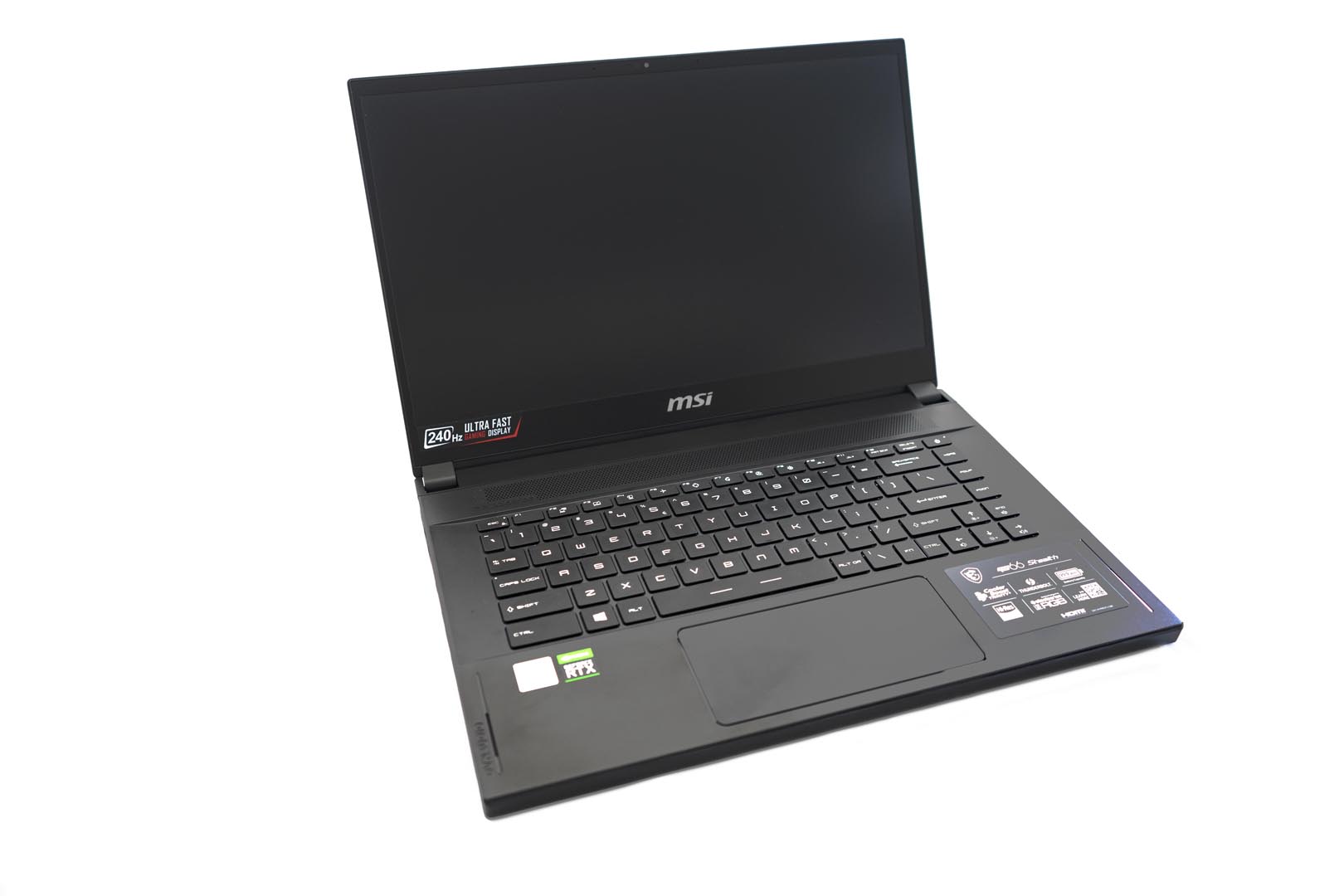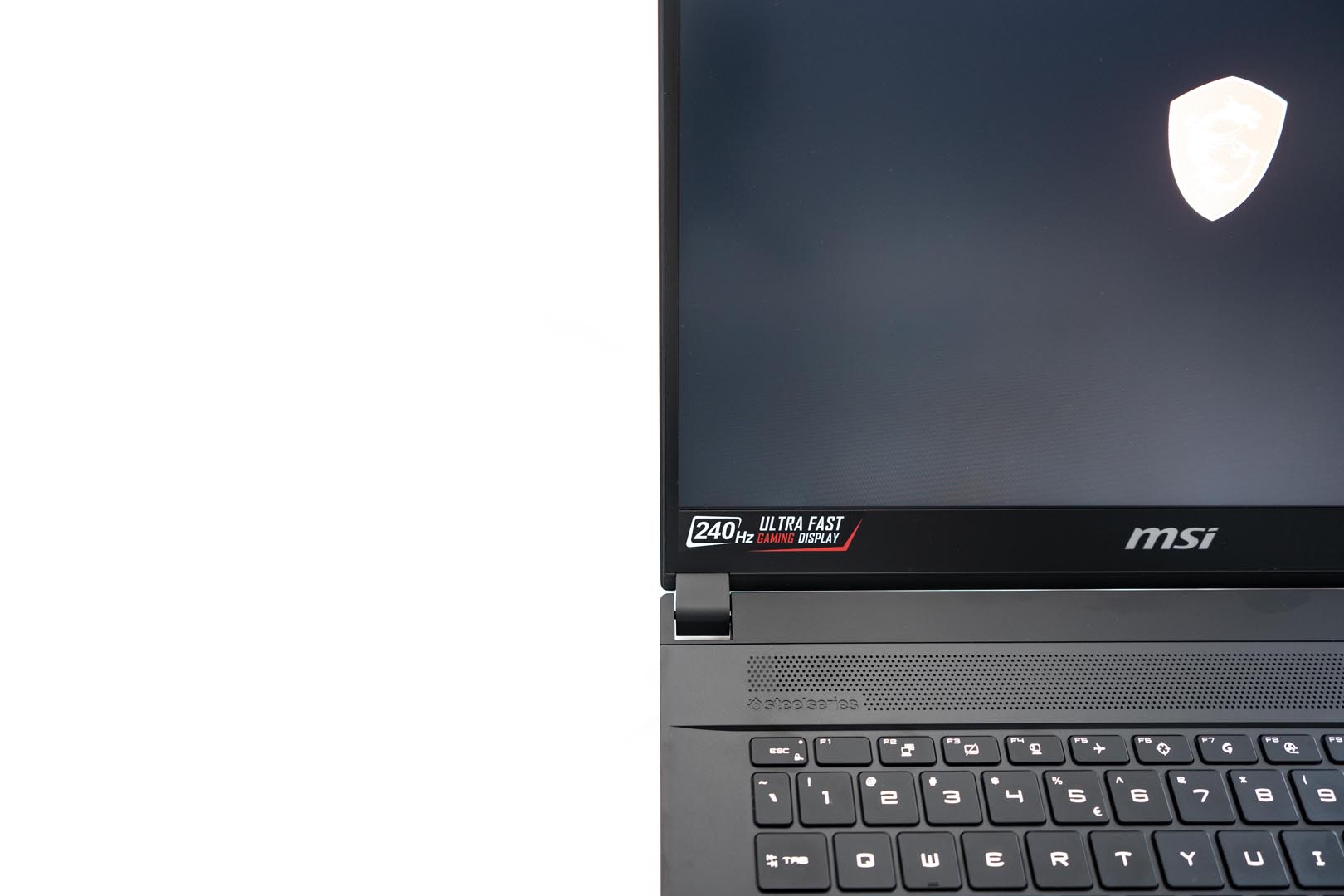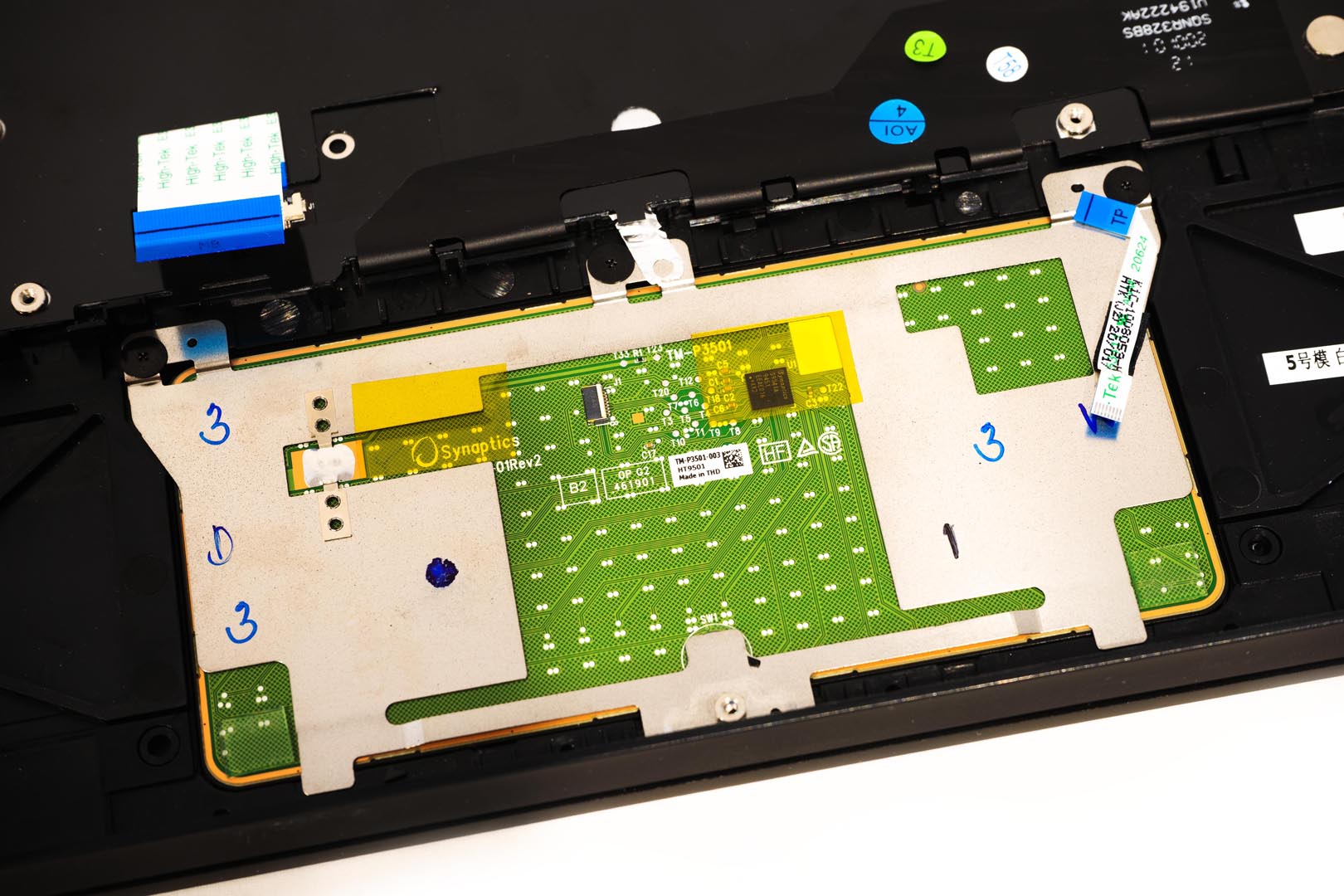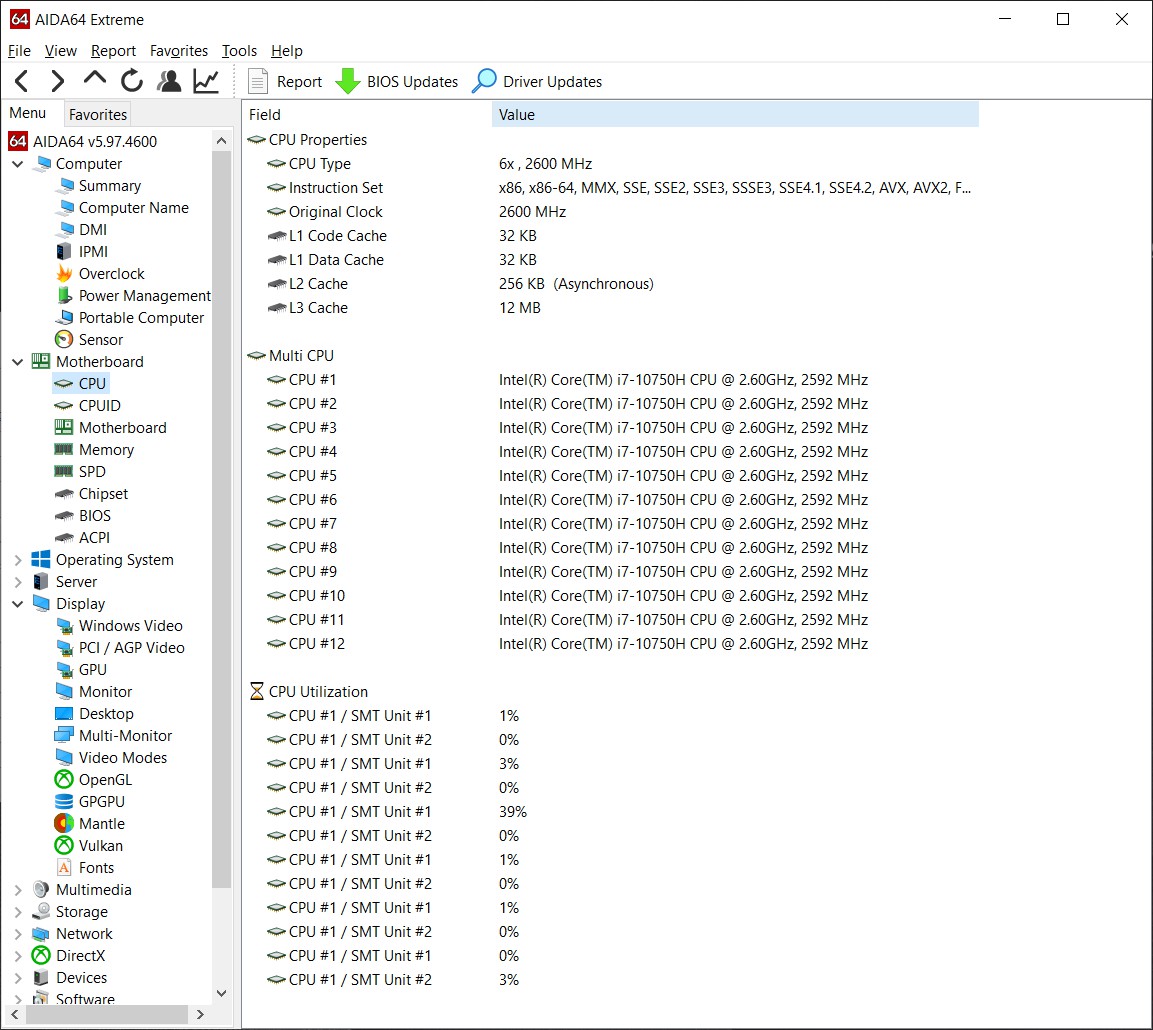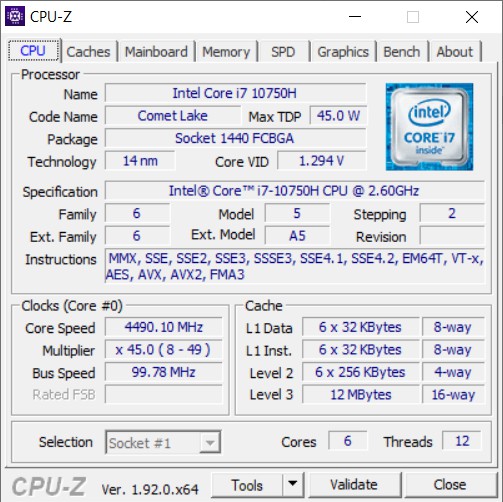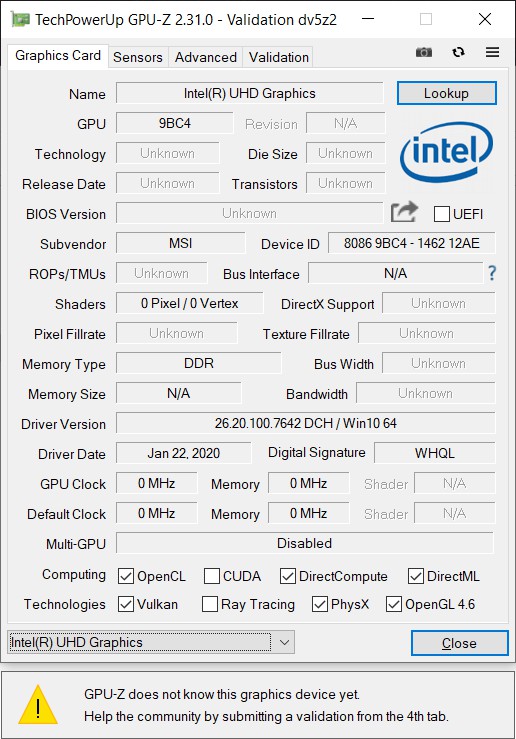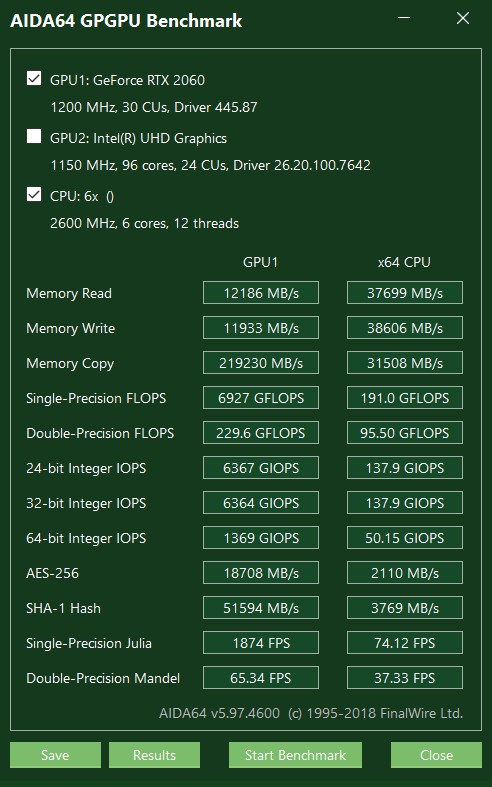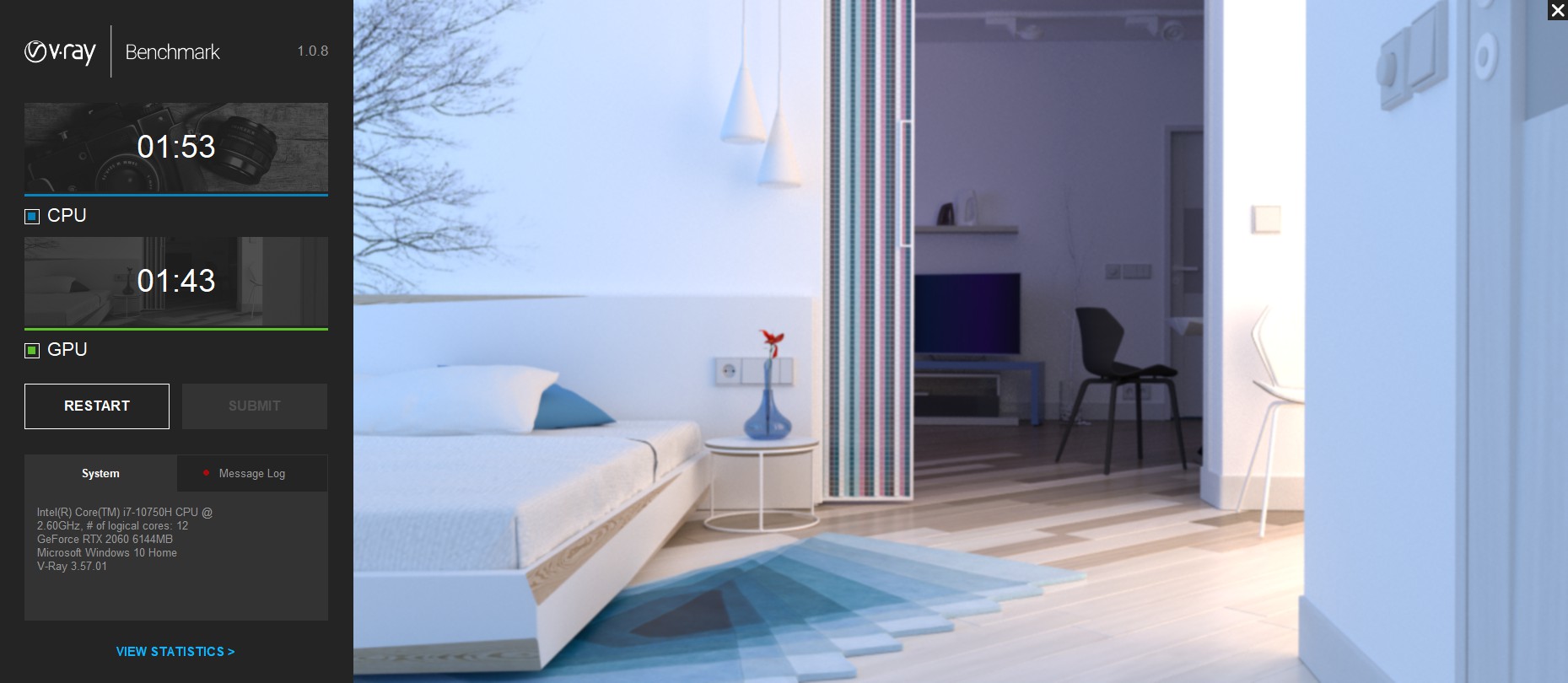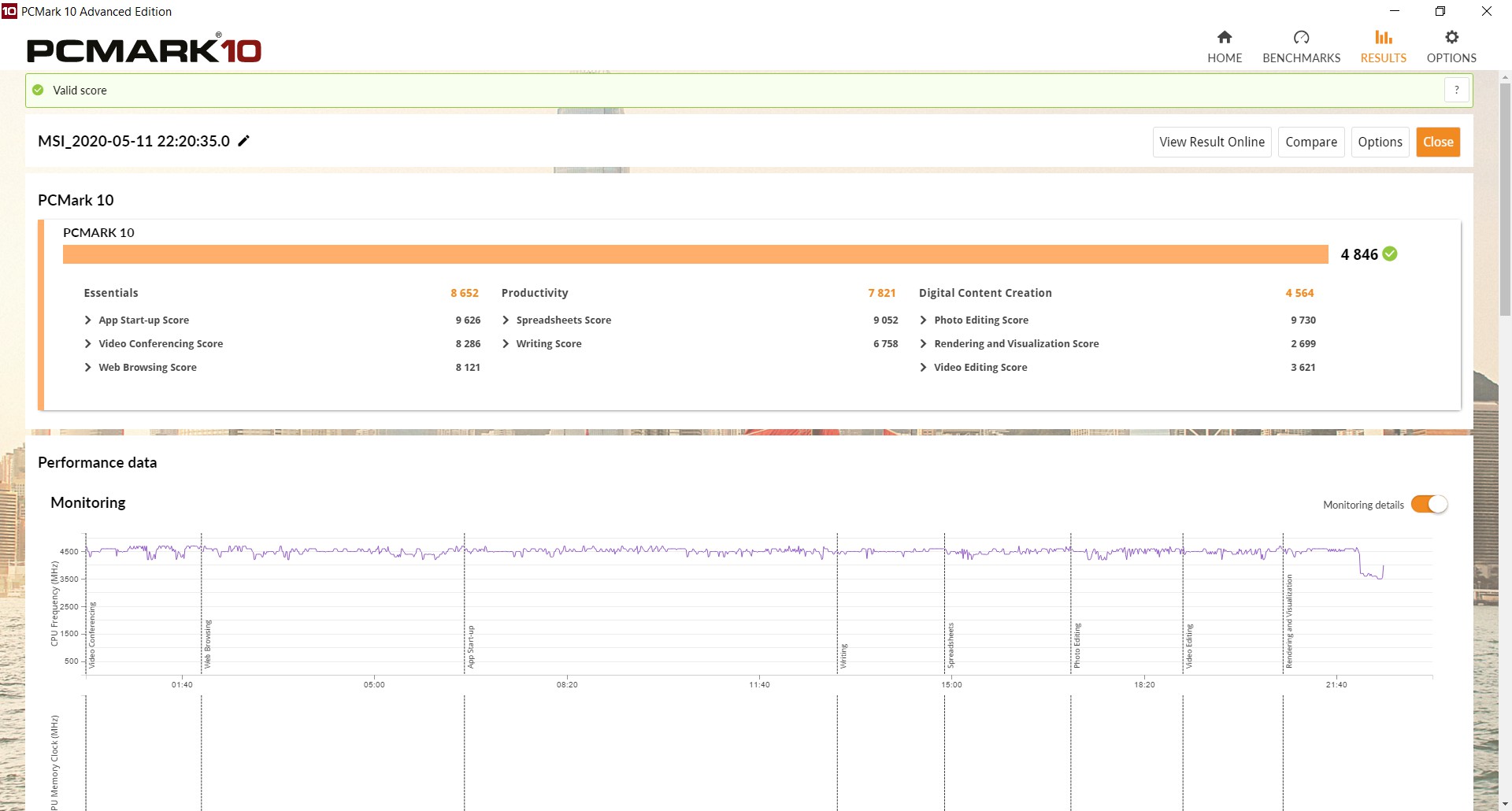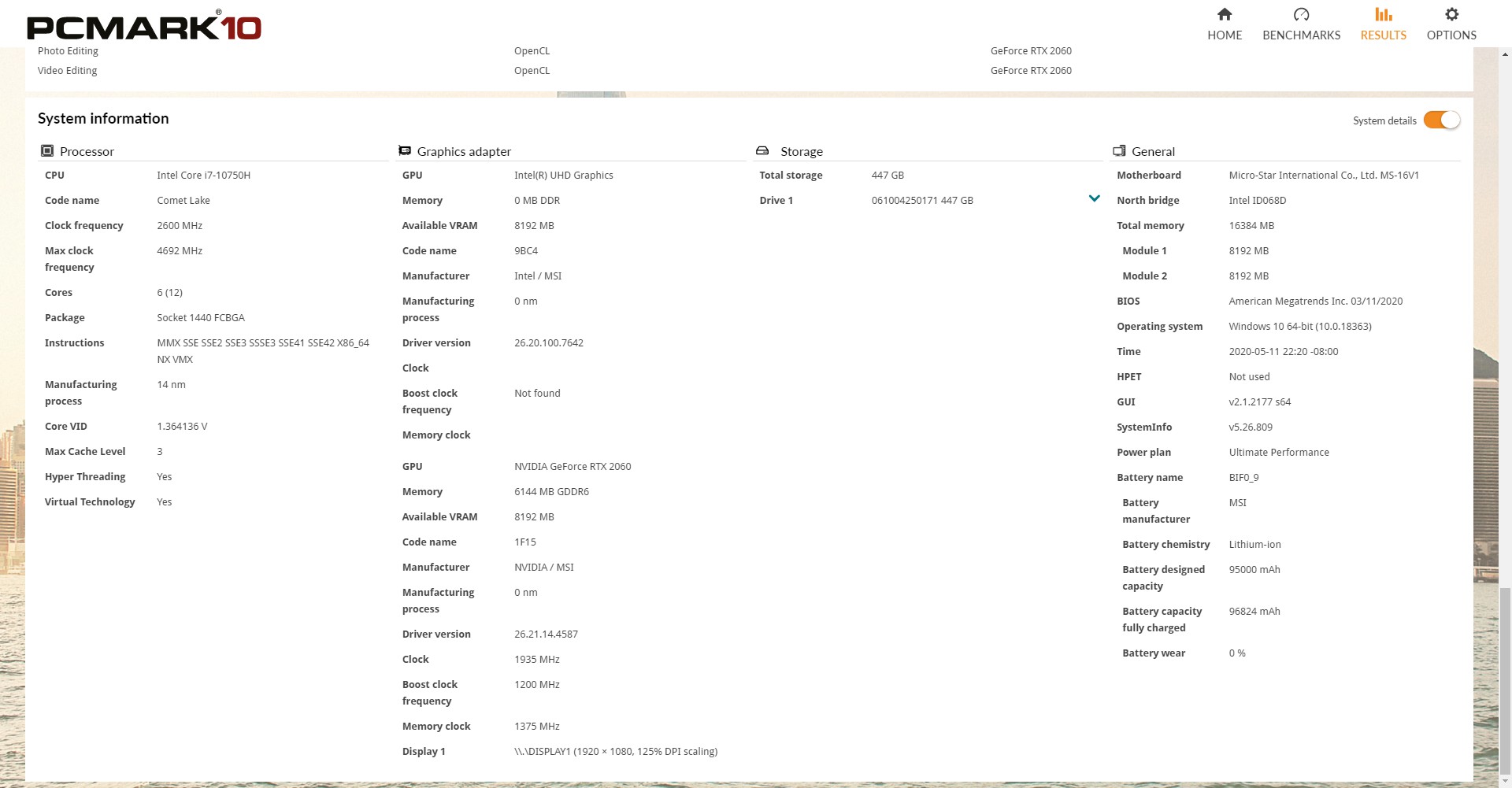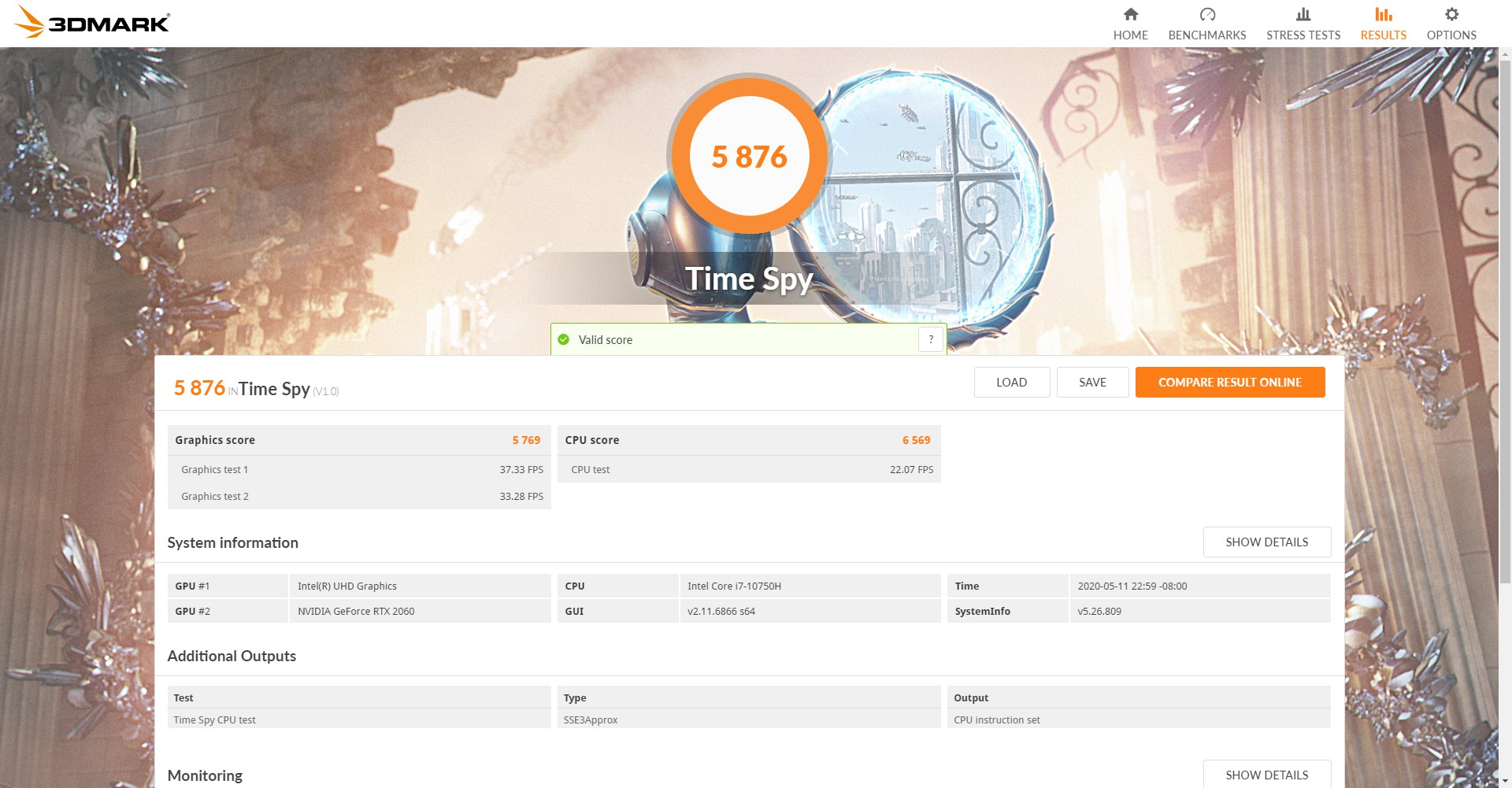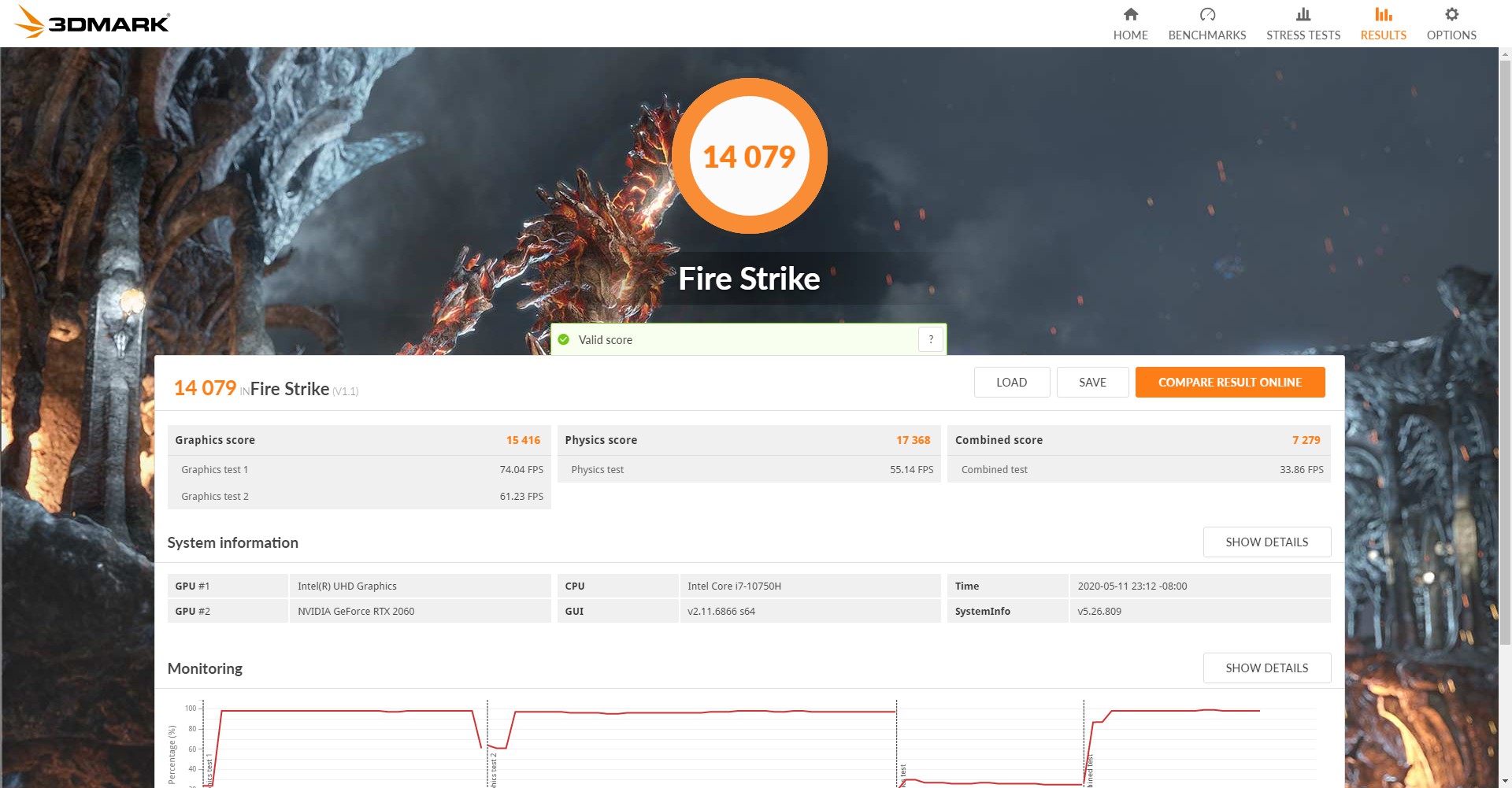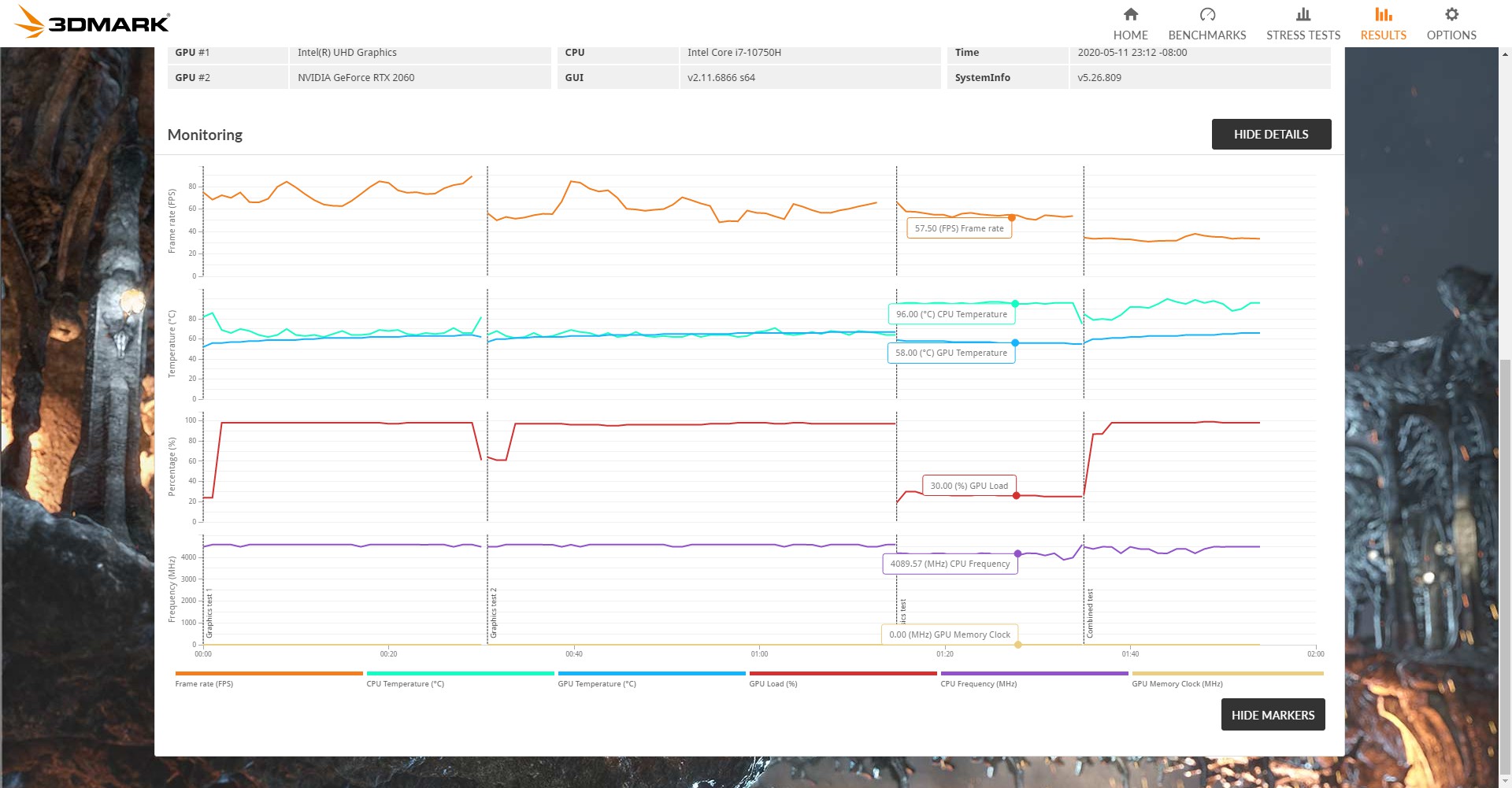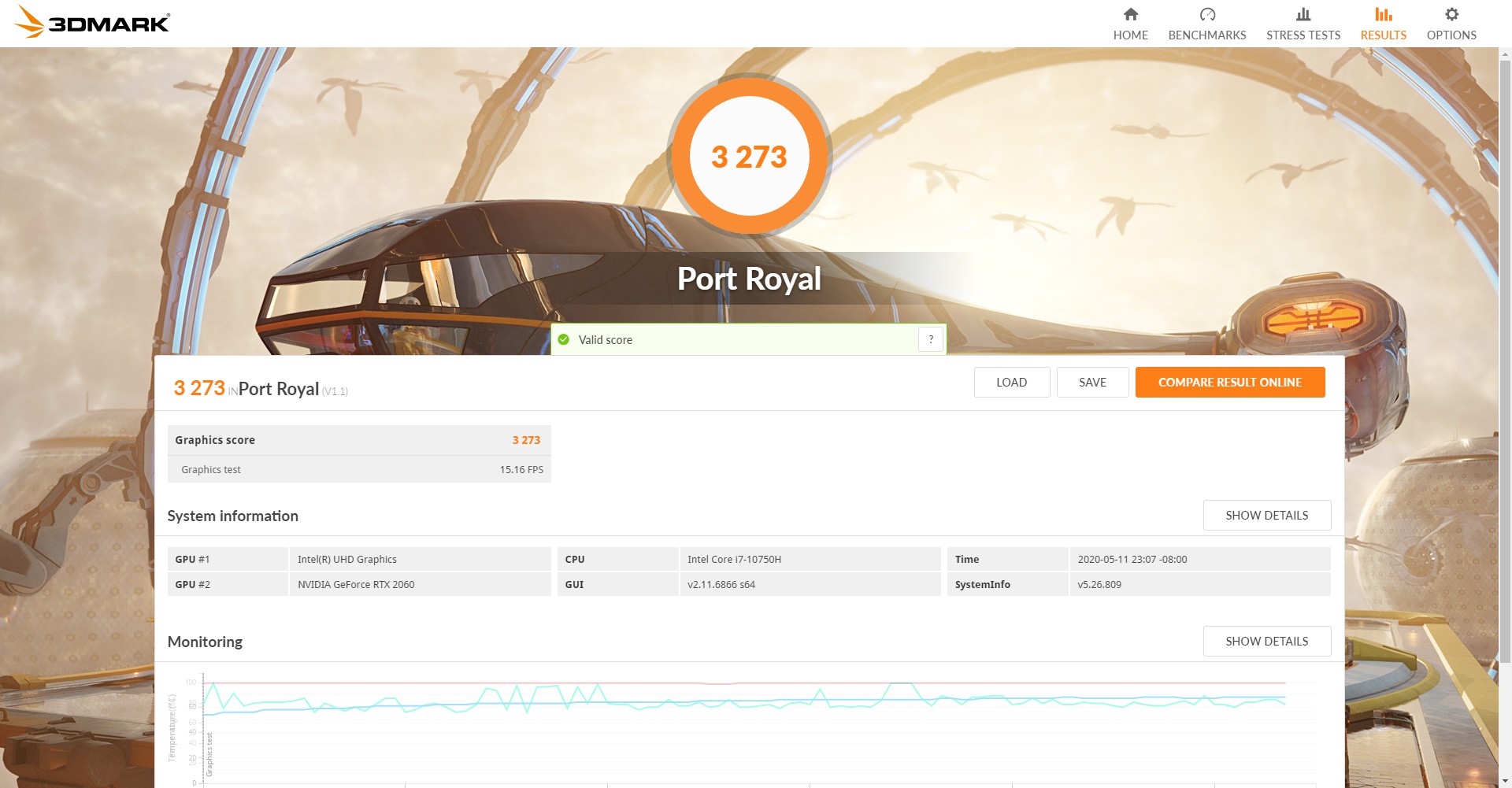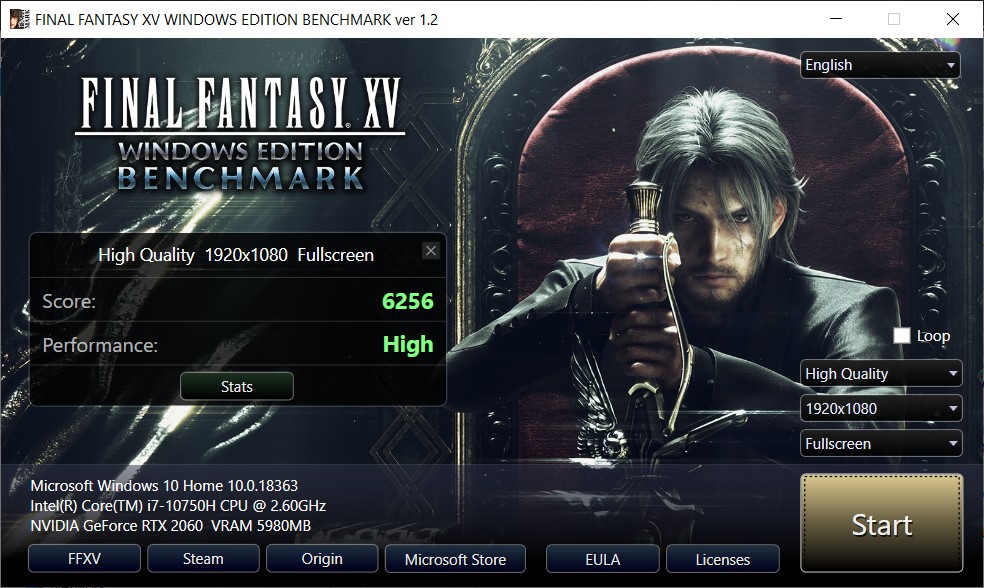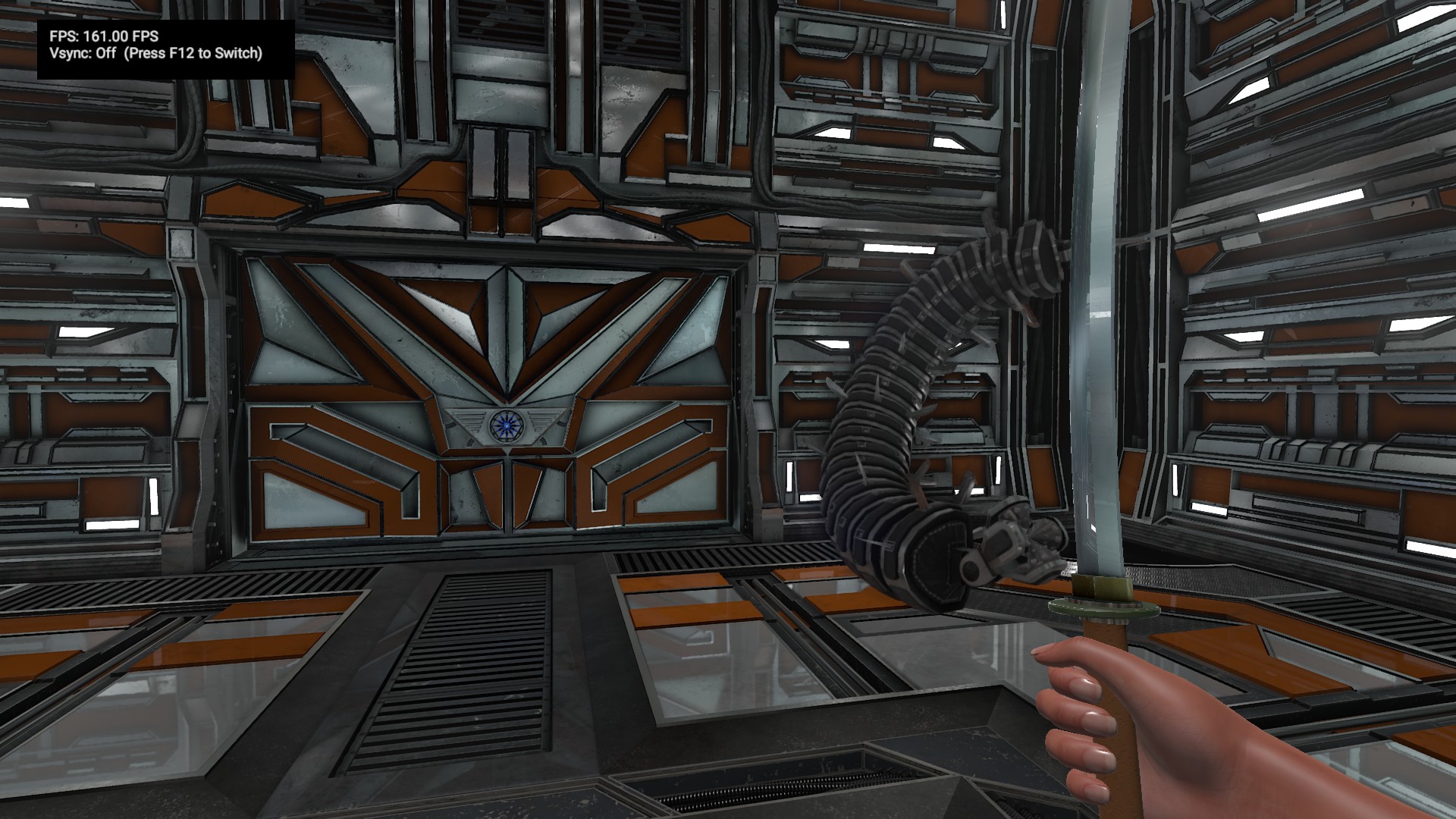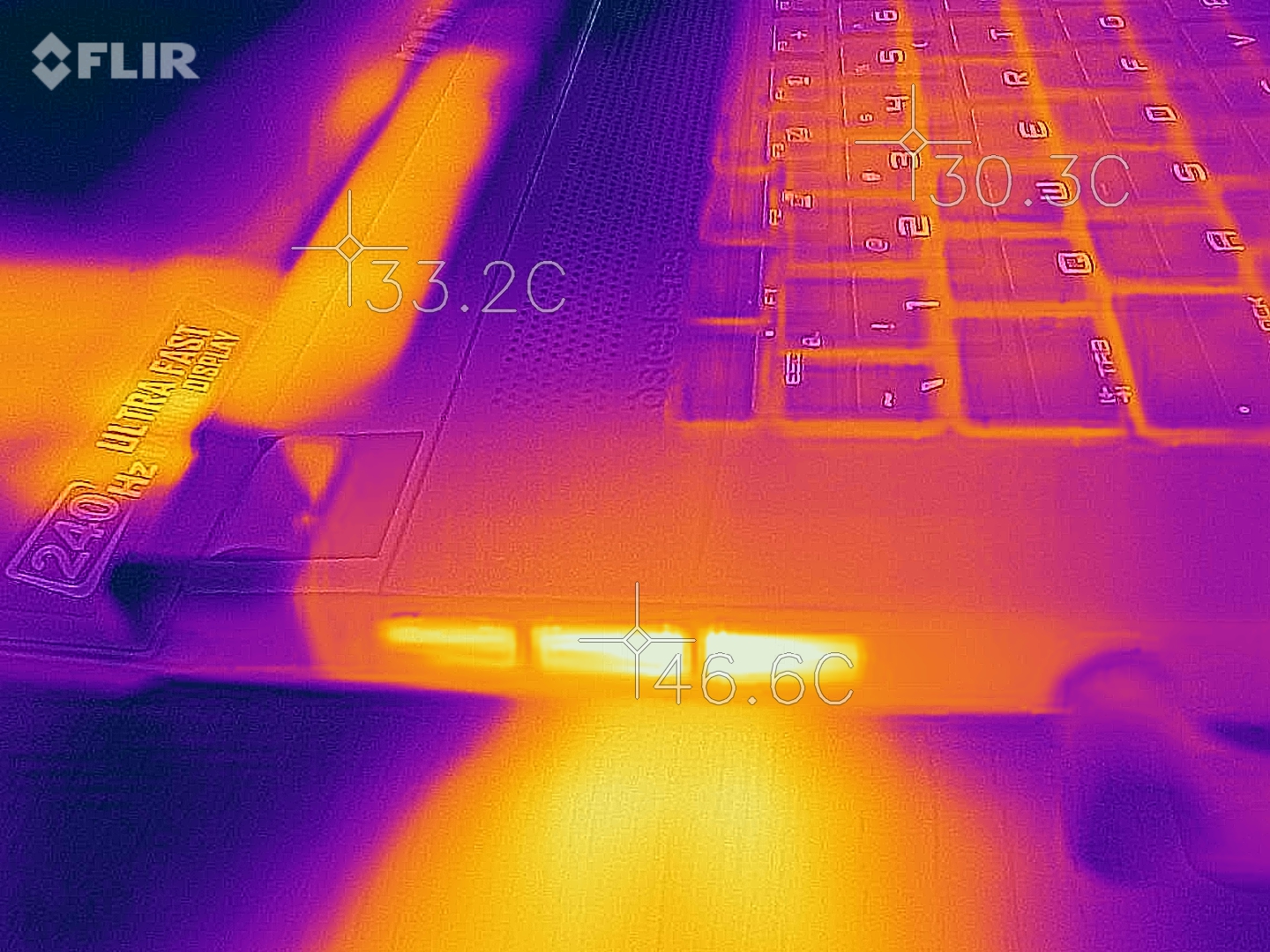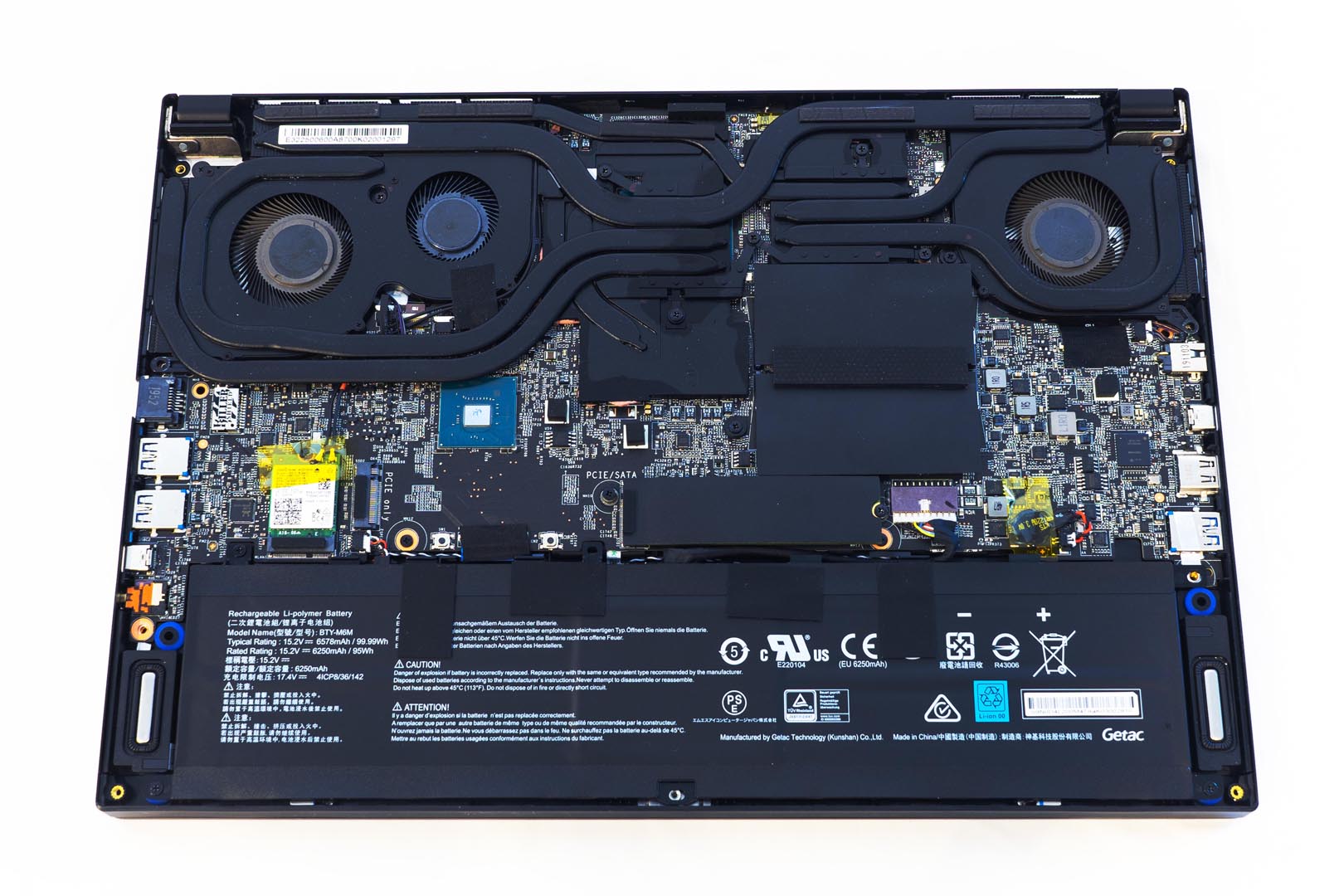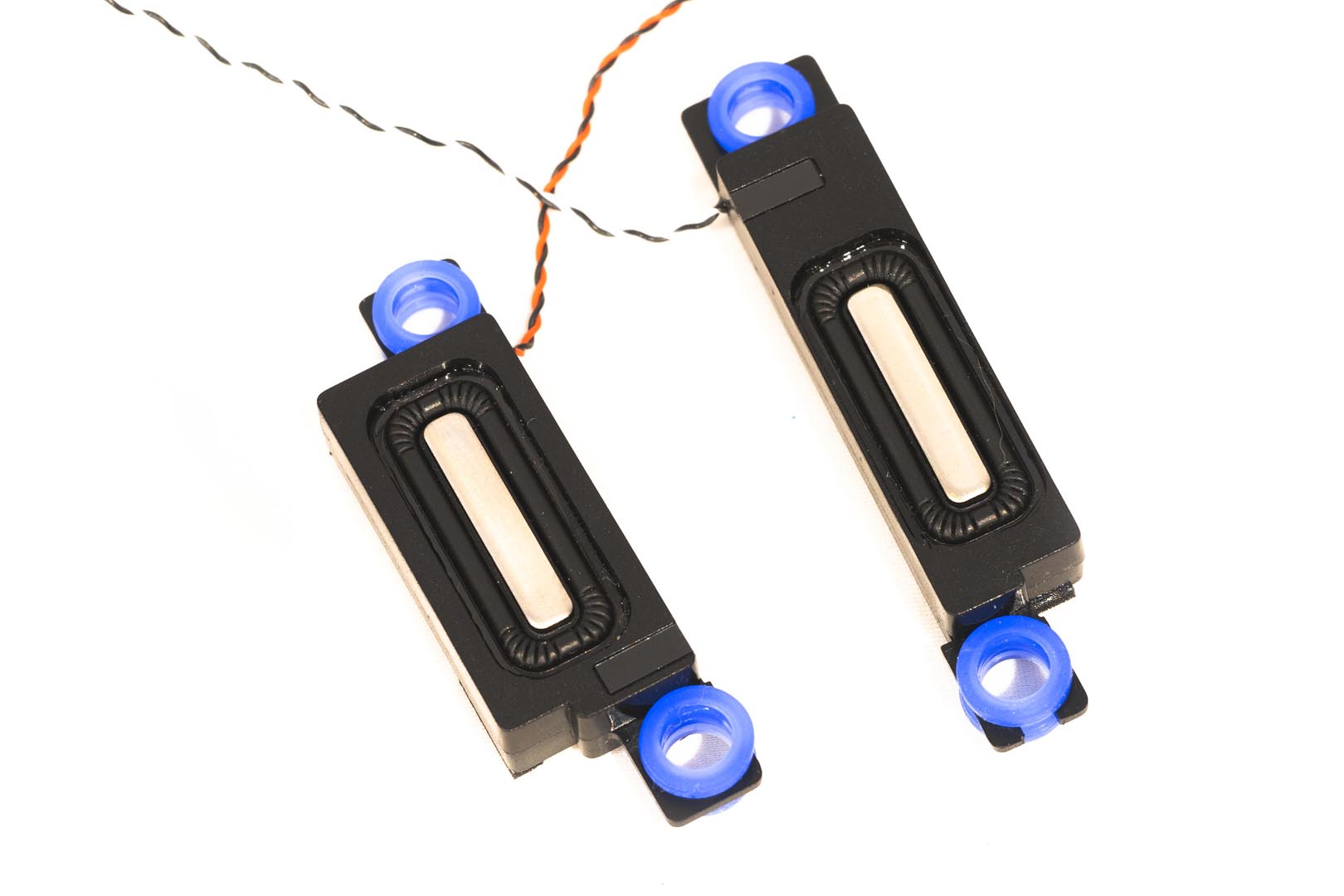Recently, we received the new GS66 Stealth 10SE from MSI. As a gaming laptop, nothing is more important than your gaming experience, and the hardware must be the latest and greatest to handle the latest games. Although the GS66 Stealth 10SE is not a flagship configuration, it still equipped with a powerful Intel i7-10750H and the full version of Nvidia RTX 2060 graphics card.
MSI has still maintained a light-weighted design with a thin-bezel design, and the black matte colour scheme is looks even more upmarket.
So let’s dig in the details.
Product Specification
GS66 Stealth 10SE Tech Specs from Official Website
https://us.msi.com/Laptop/GS66-Stealth-10SX/Specification
Product Unboxing
Package Appearance
The outer packaging is still packed with a yellow recycled carton

The inside package is the general GS series black box with thick foam protection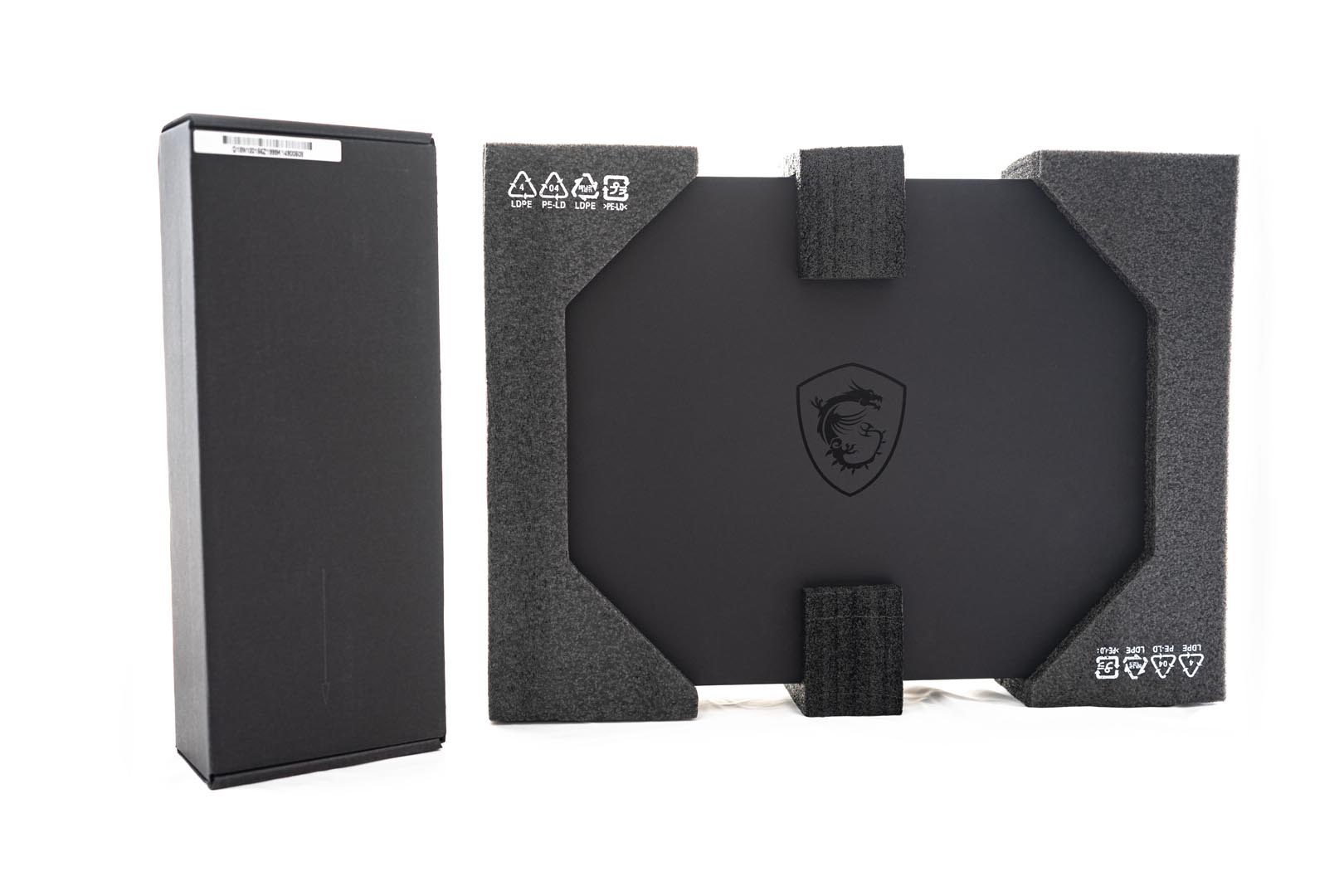

The AC adapter is slim design, 20V 9A 180W and manufactured by DELTA and the weight of the AC adapter and power cable is 368g in total
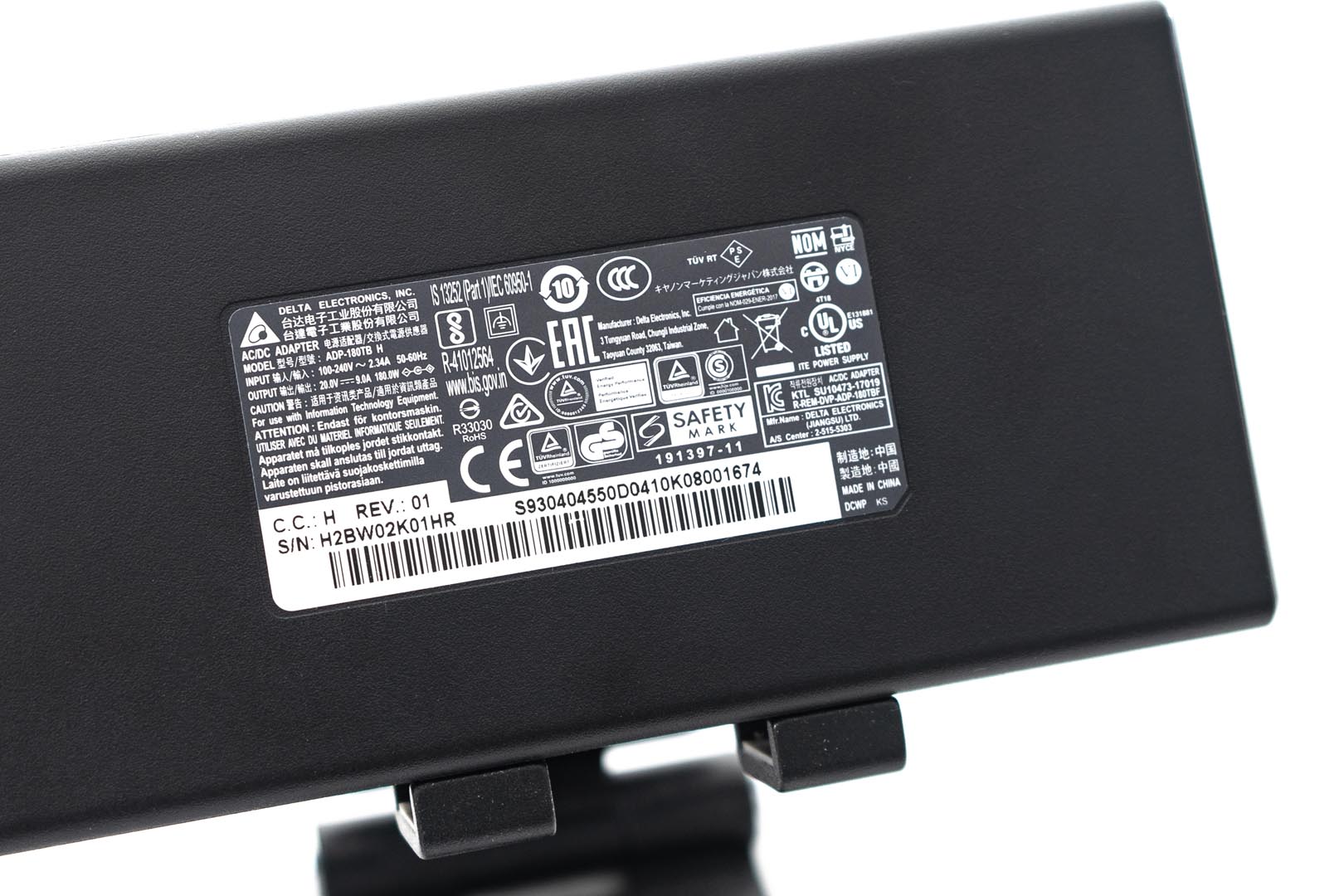
the main body is warped by a double-layered suit which has an anti-static layer and a black fabric layer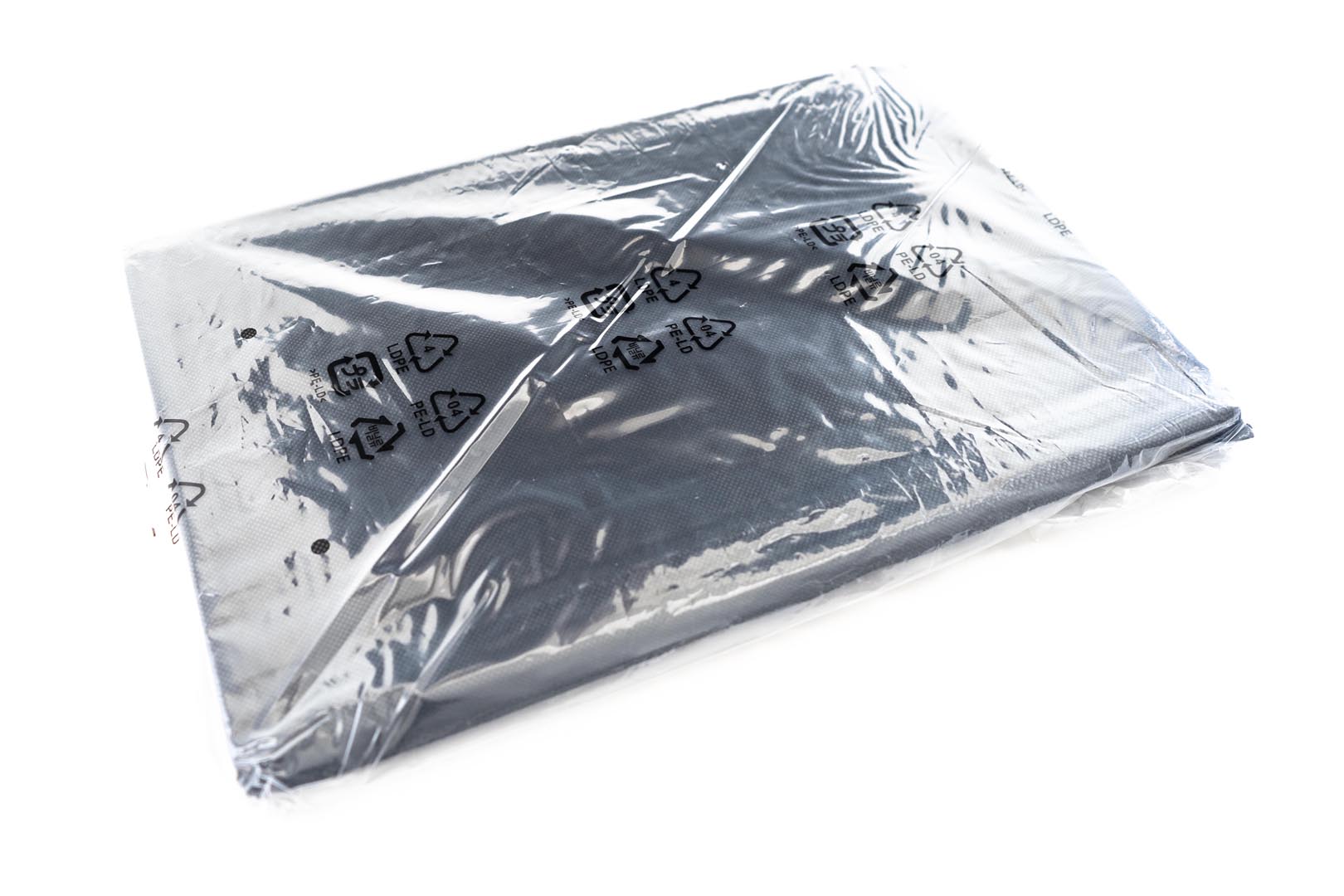
Product Analysis
The MSI GS66 top and bottom look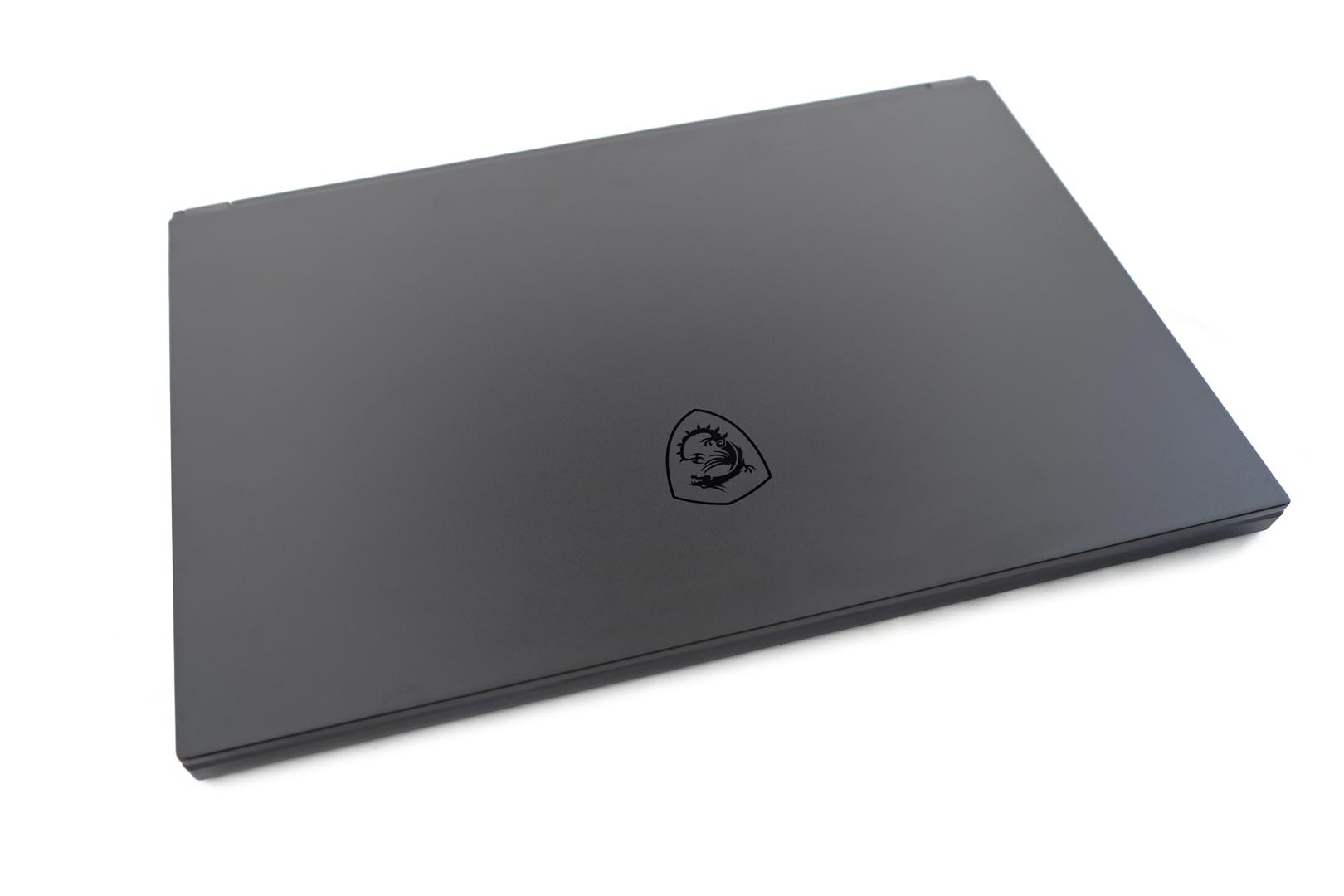

The total thickness is around 18 mm and the opening angle of this laptop is 180°
Although the keyboard still does not contain the numeric area, the feel of the material is still very good
The Per-key RGB Keyboard backlight
The touchpad by Synaptics has a large-sized modern design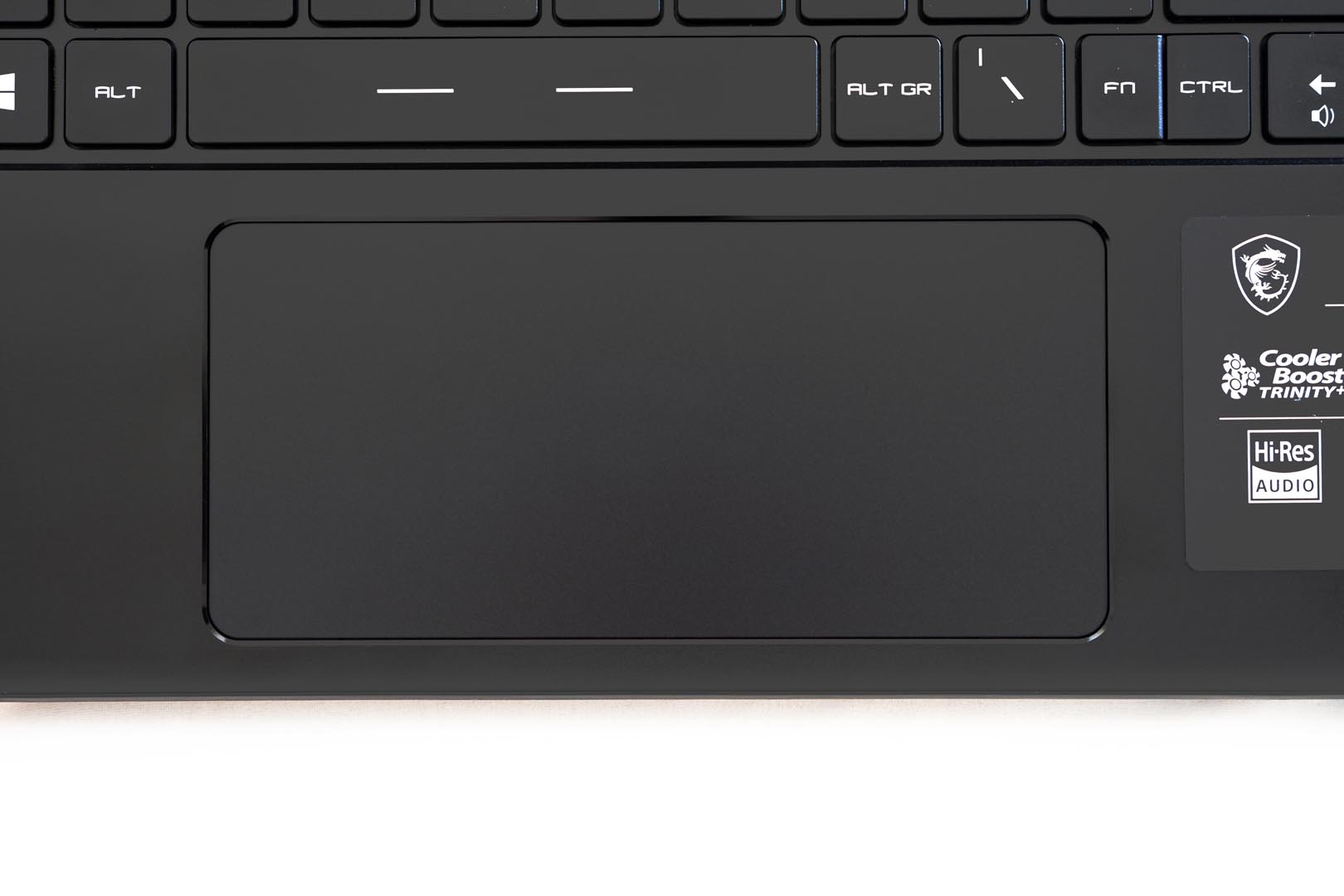
The 720p IR HD camera on the top of the B cover is next to the built-in directional noise reduction microphone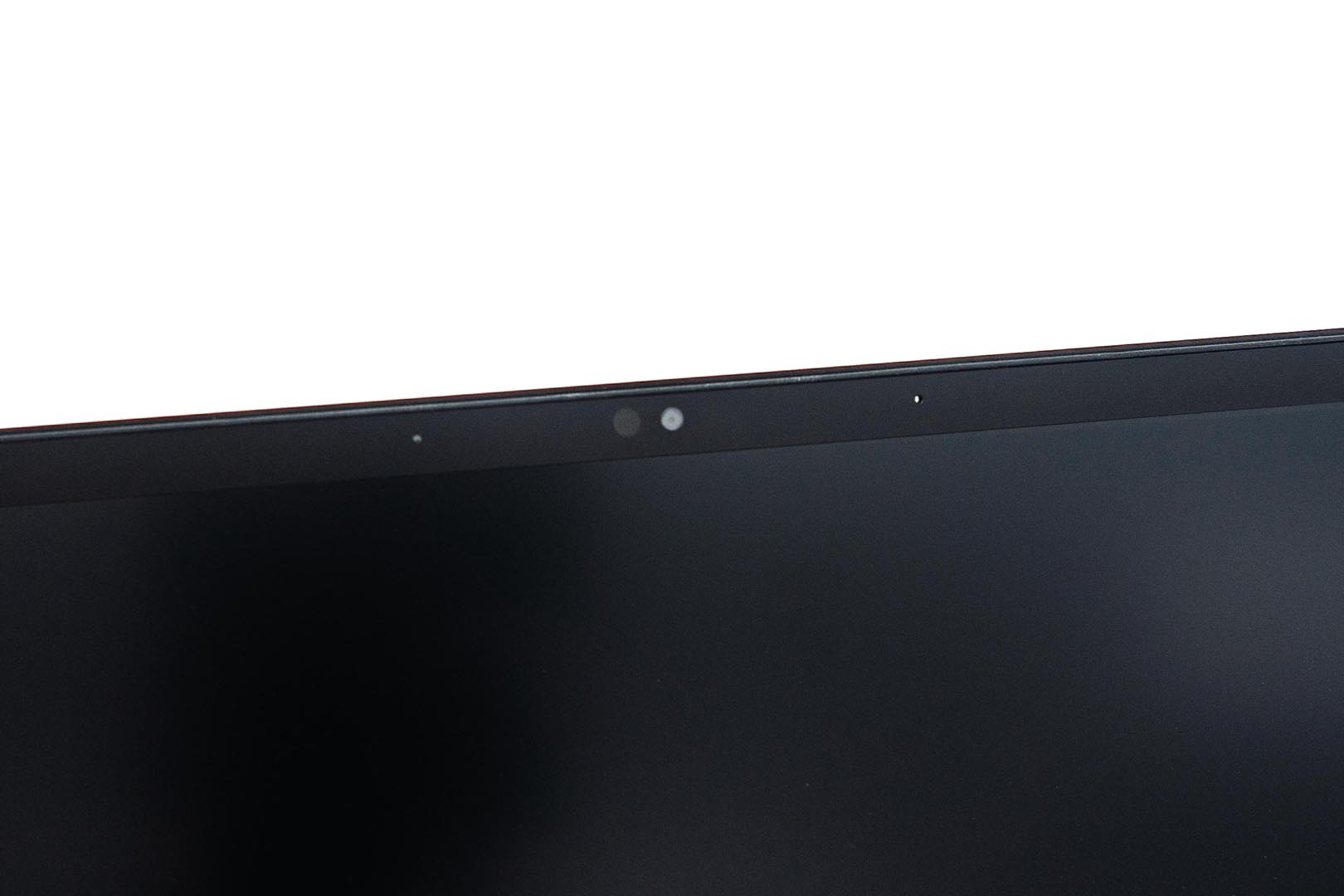
The Intel 10th Gen & Nvidia RTX logo sticker
The MSI GS66 Stealth benefit badge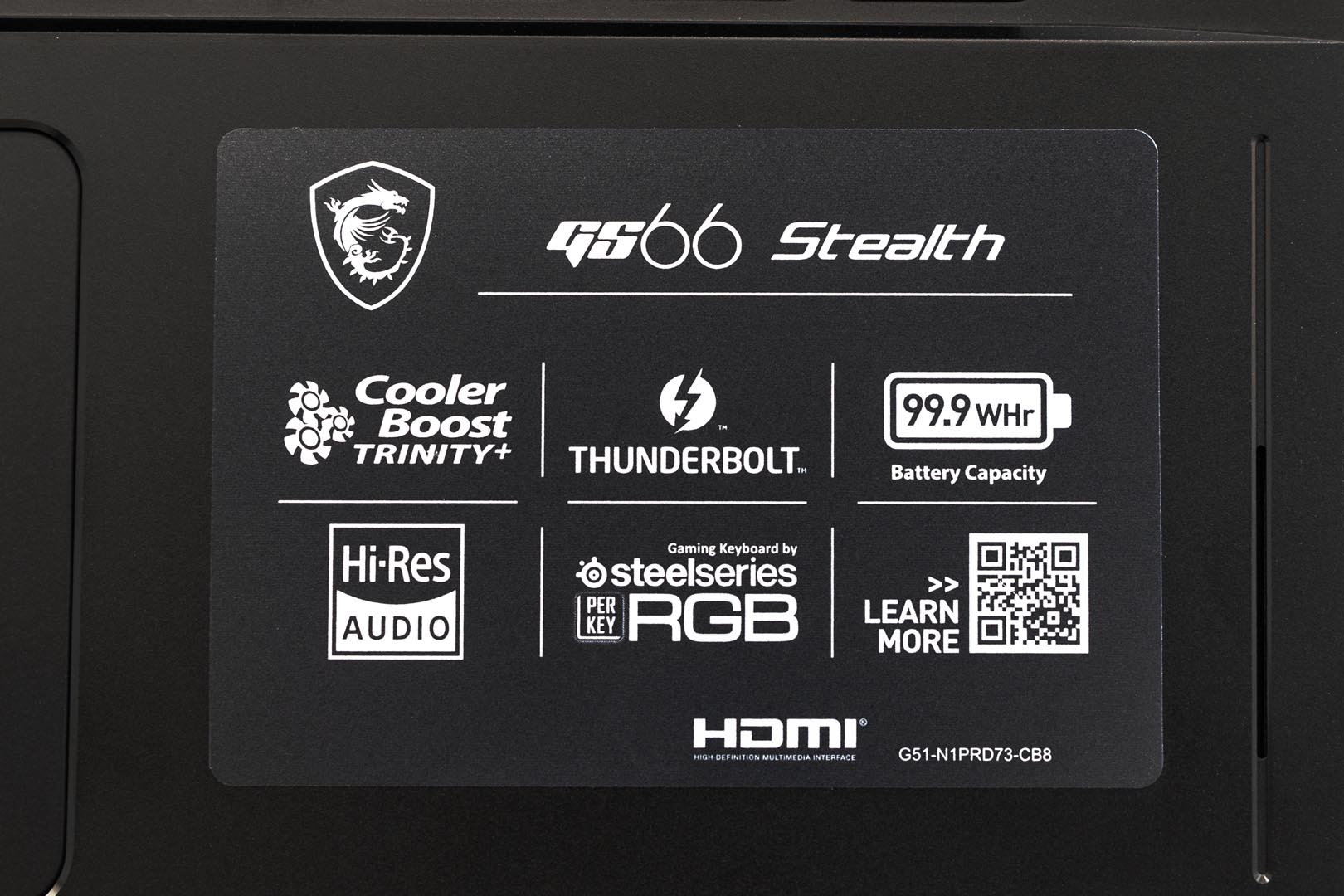
The audio system is still using Dynaudio
The laptop front side – Smooth design without any indicator
The laptop rear side – Not symmetrical, but square vent design gives this laptop a tough industrial aesthetic 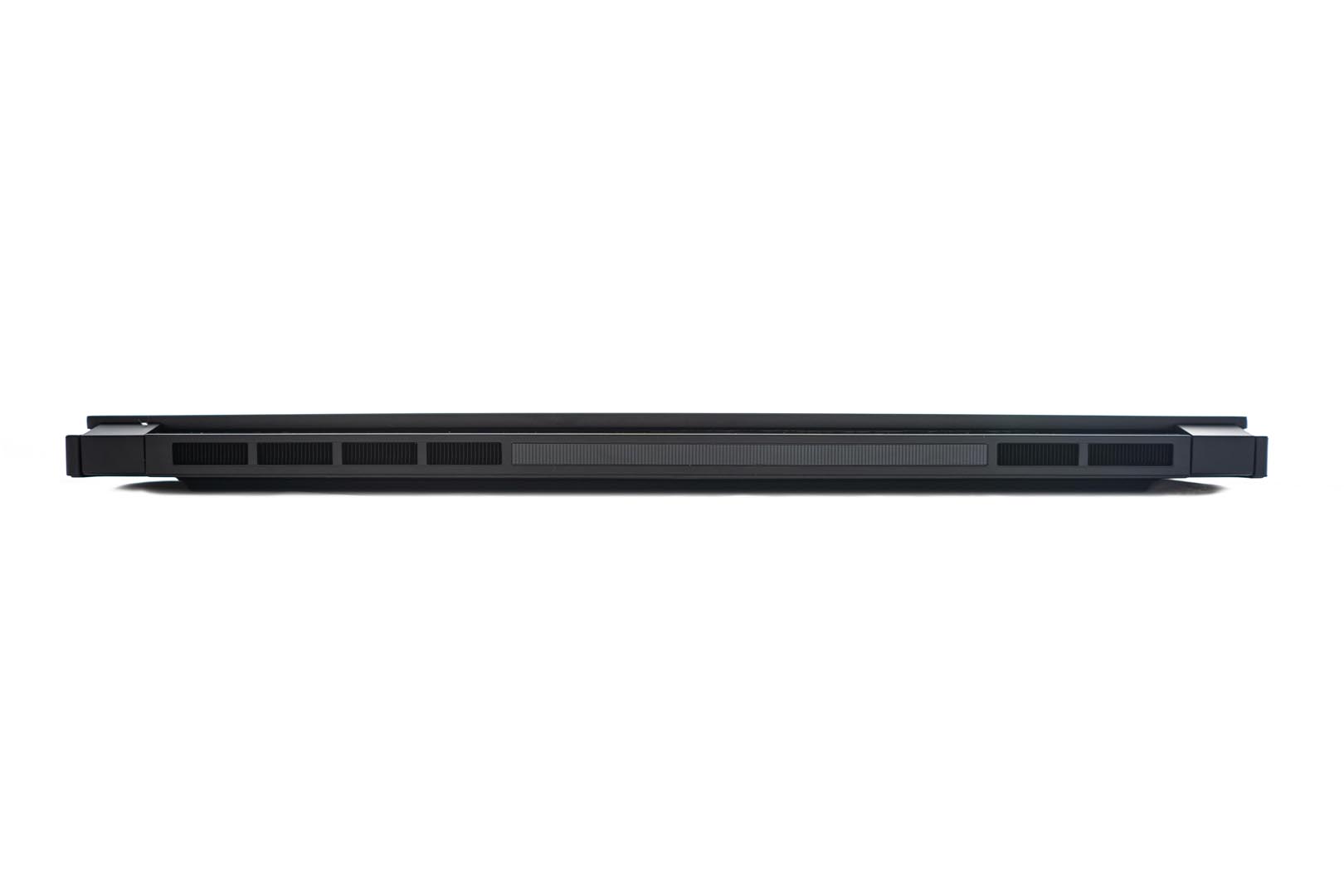
The laptop right side – Ear/Mic port, 1 x USB3.2 Type-C Gen2, 2 x USB 3.2 Type-A Gen2, 1 x 2.5Gb Killer LAN port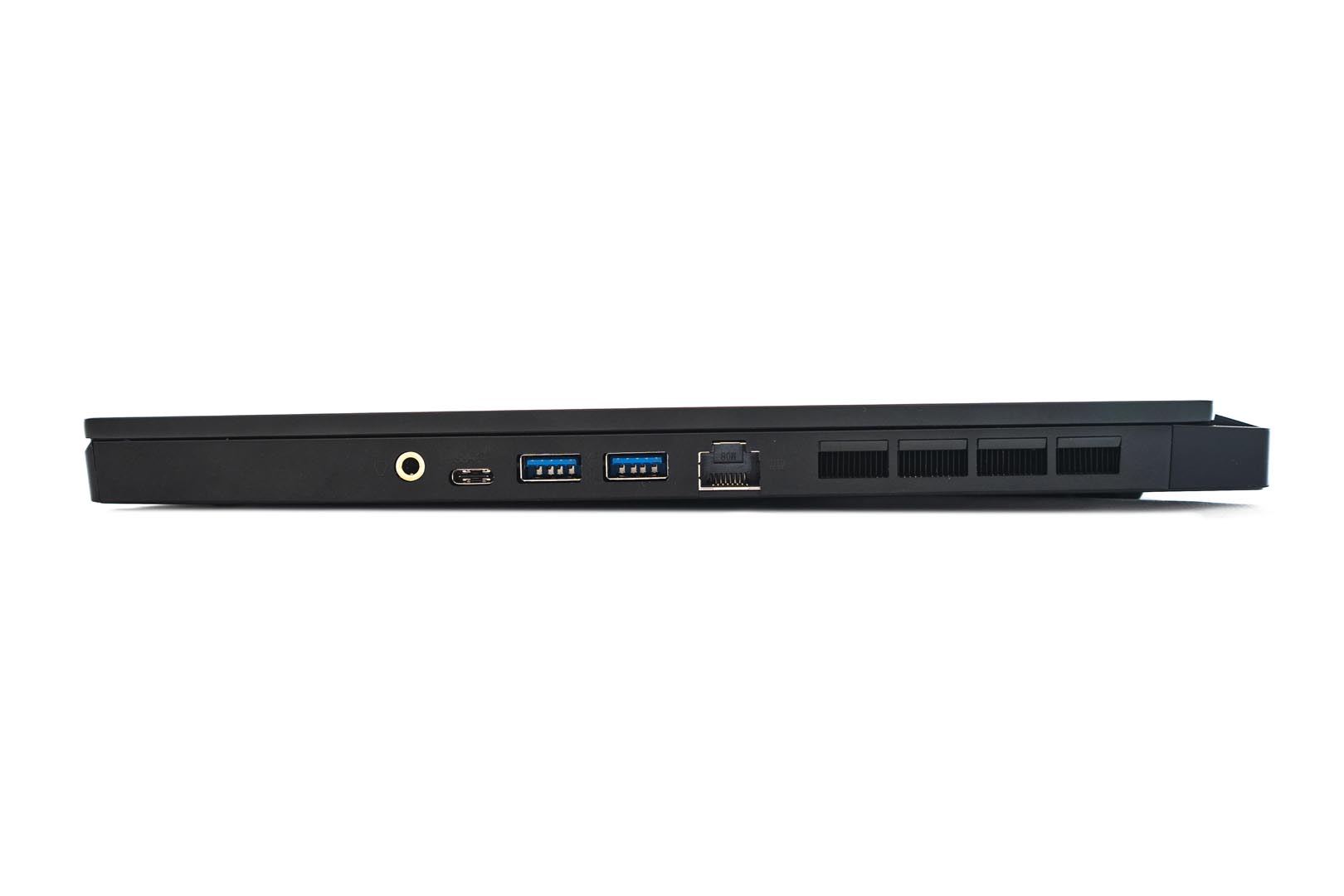
The laptop left side – Power jack, 1 x Type-C (USB3.2 Gen2 / Thunderbolt?3) with PD charging, 1 x (4K @ 60Hz) HDMI, 1 x Type-A USB3.2 Gen2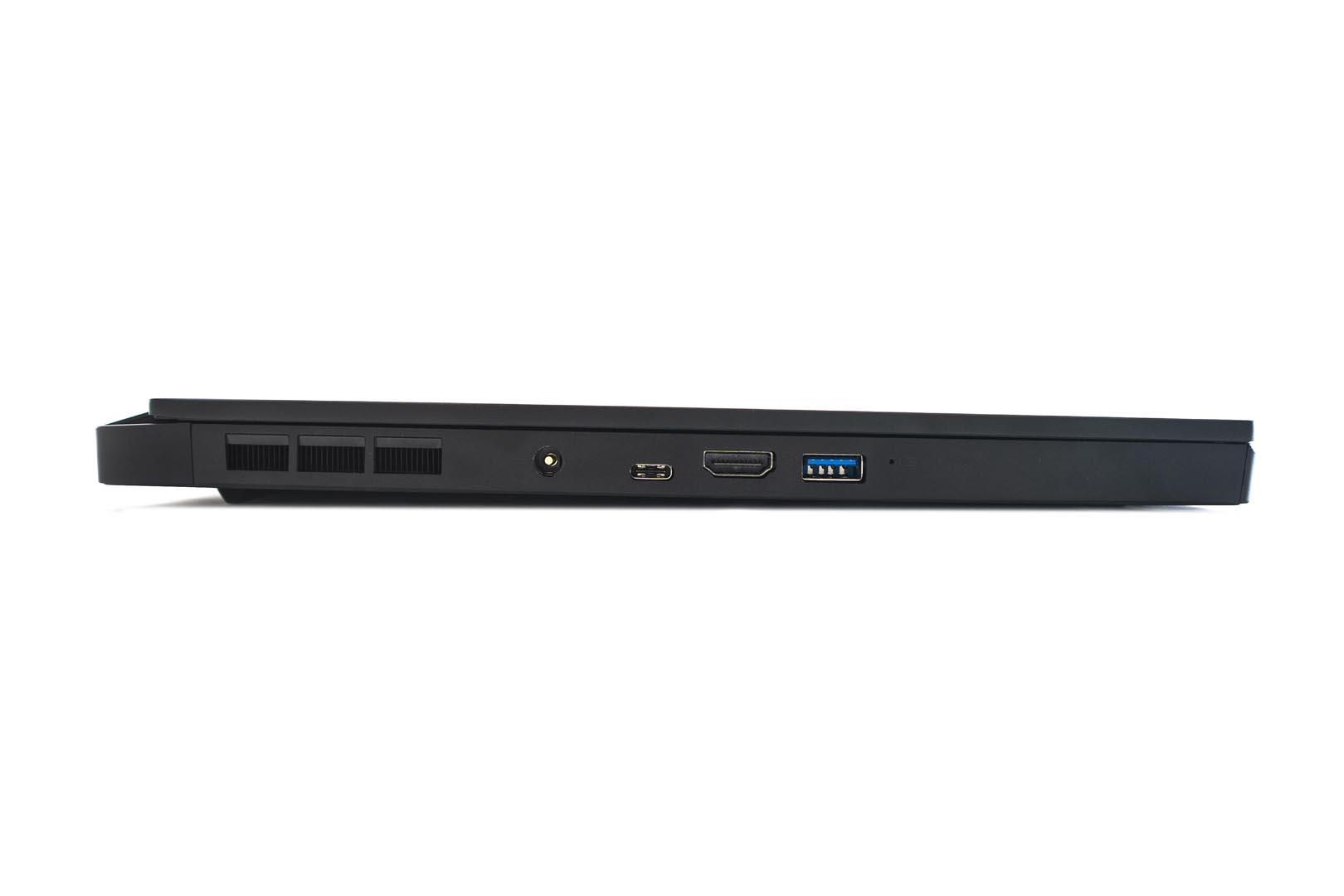
The laptop weight: 2.2KG, 2.56KG total with AC adapter and power cable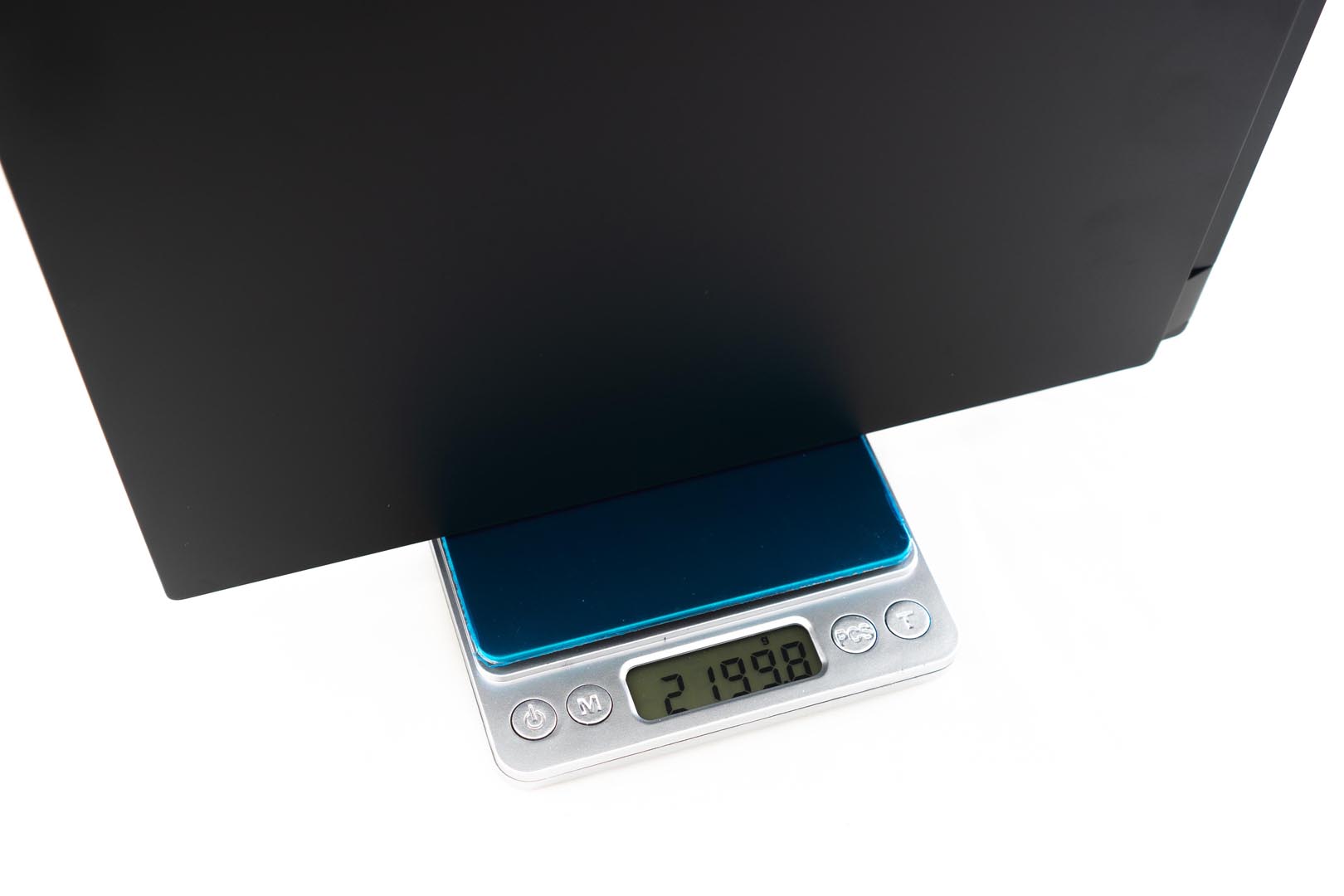
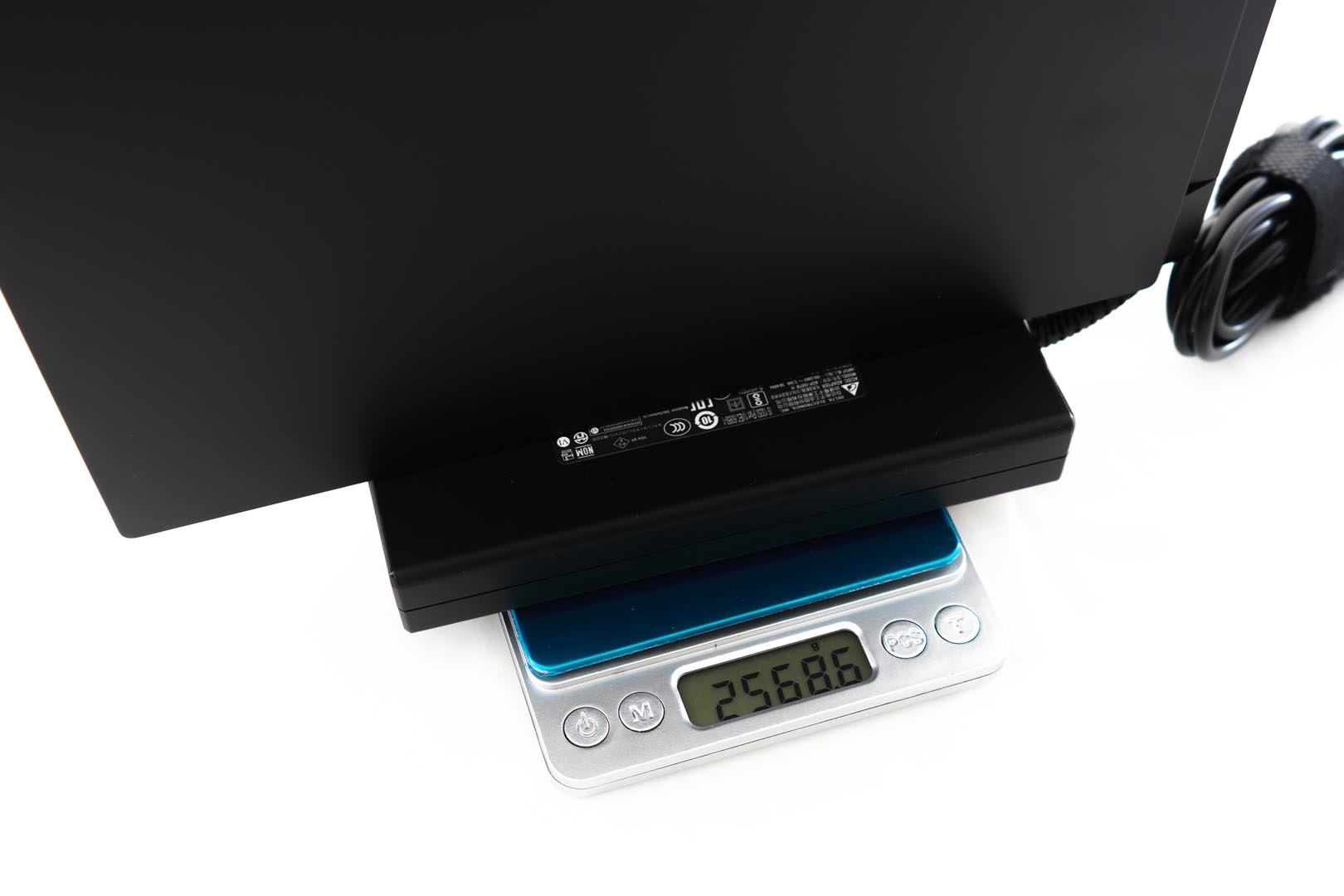
Hardware & Software Introduction
The screen panel is LQ156M1JW03, 15.6″, 240Hz 3ms FHD IPS-level, 100% sRGB, manufactured by Sharp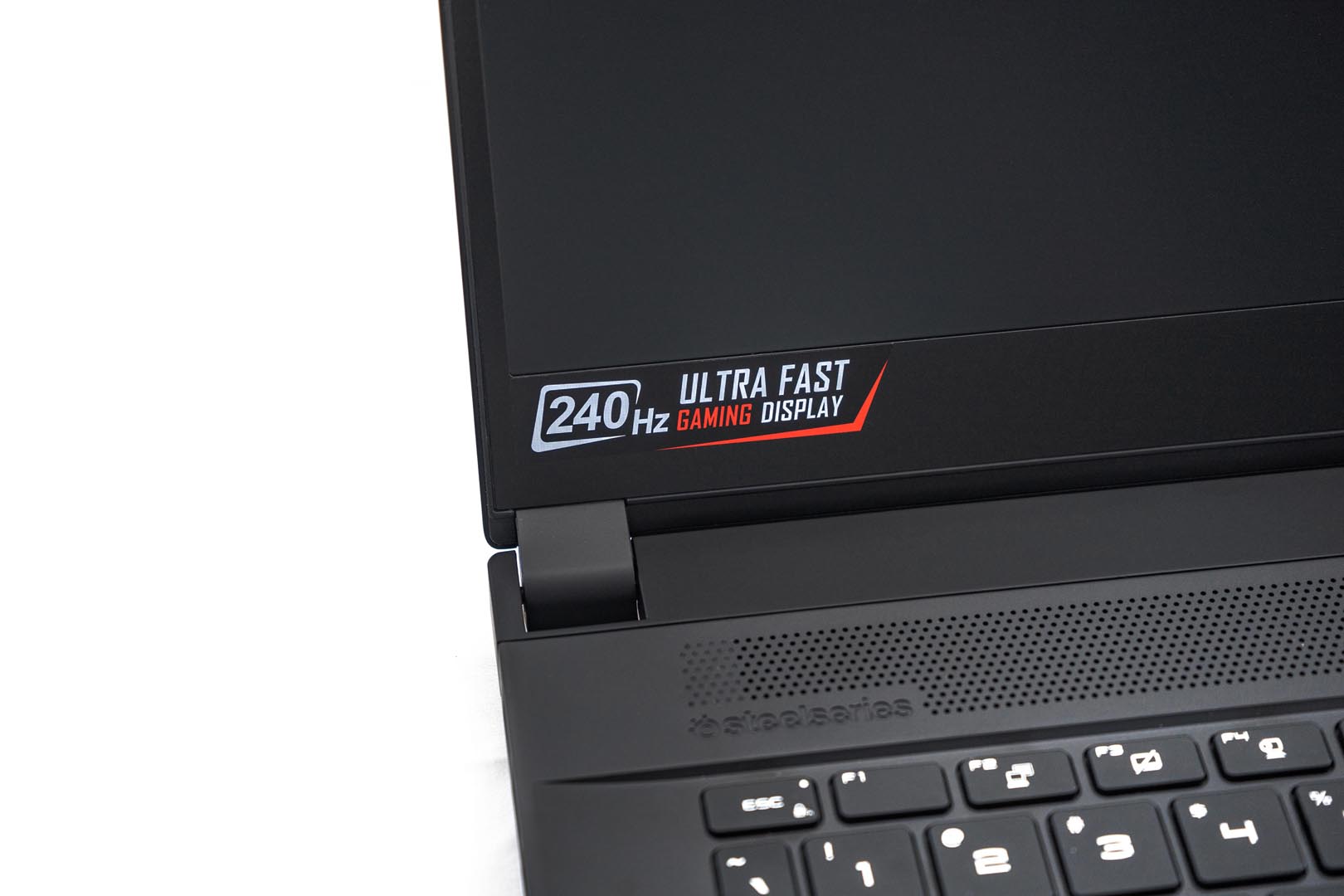
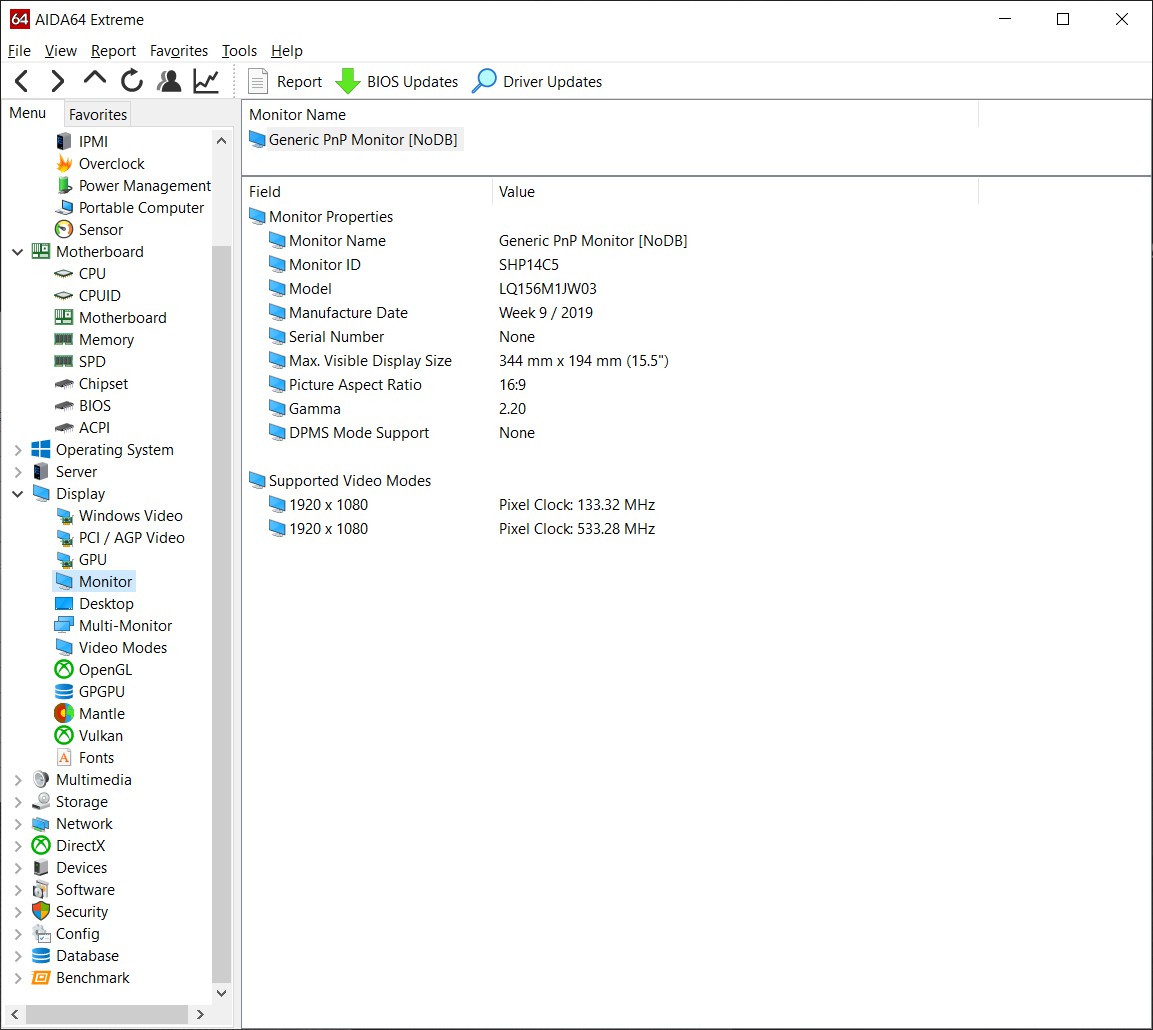
The Realtek ALC298 audio details
AIDA64 LAN and WIFI detail
LAN chip – Rivet Network Killer E3100 2.5Gb LAN
WIFI Card – Intel Wifi6 AX 201 with Bluetooth v5.1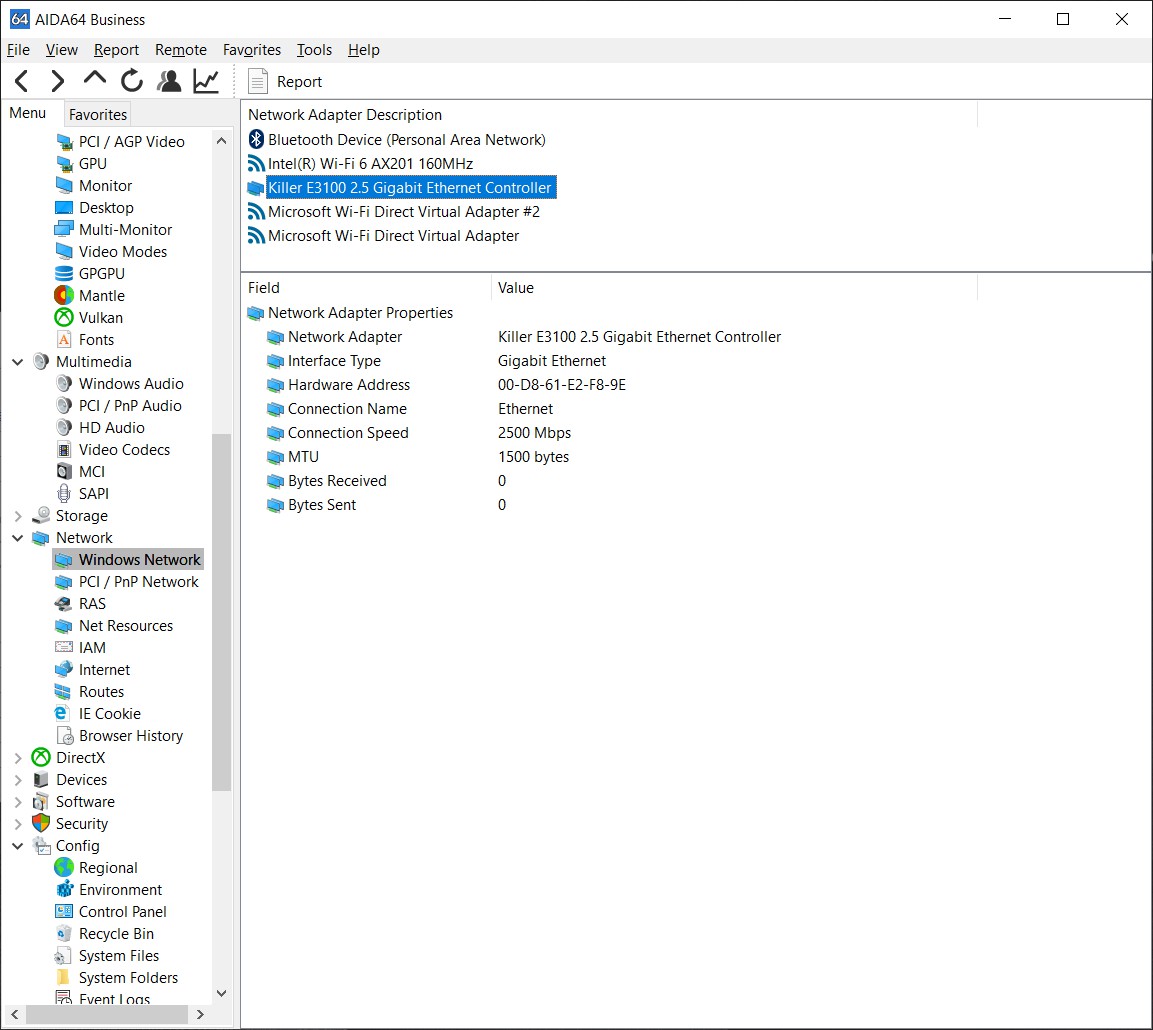
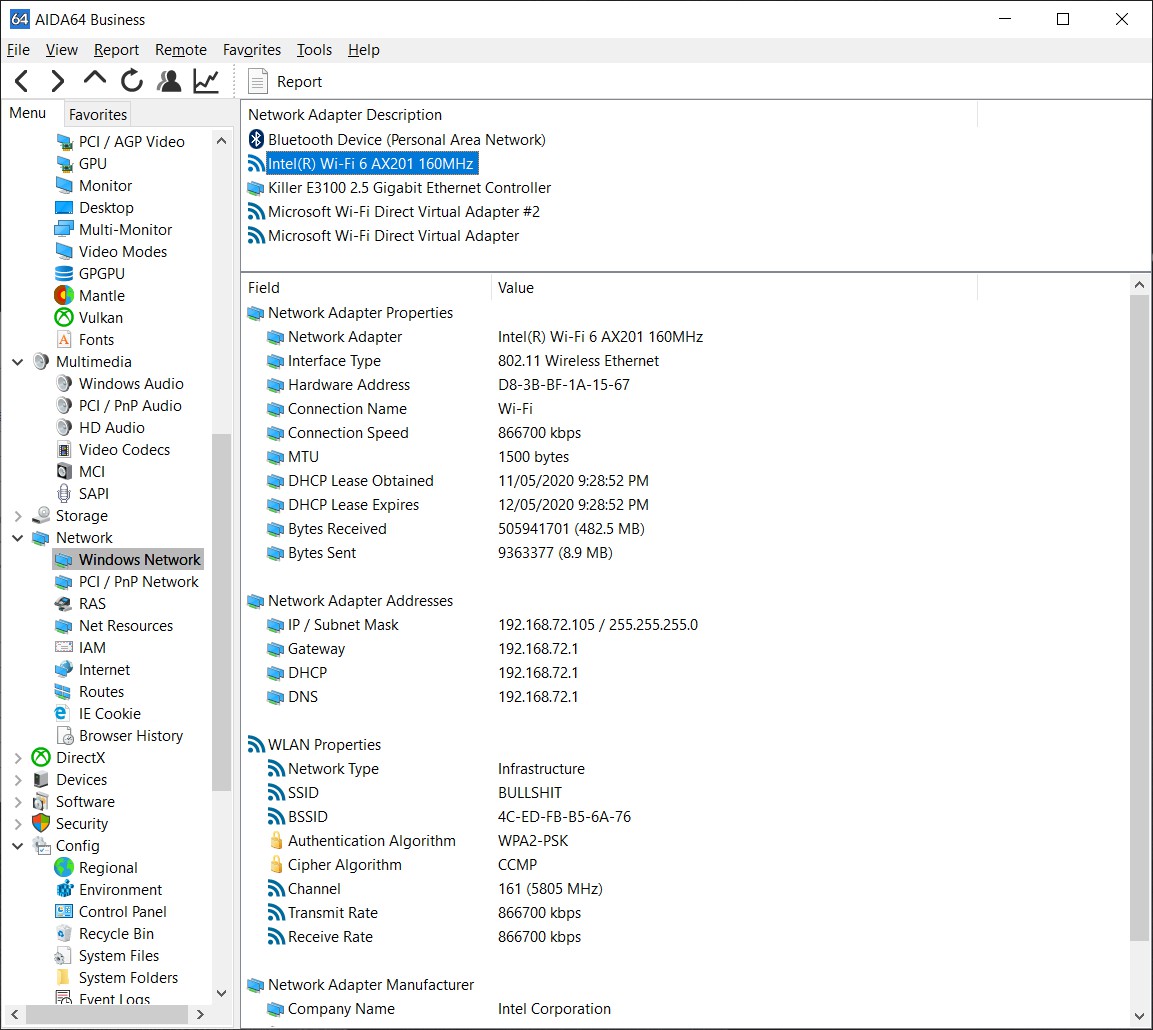
MSI Dragon Center – Gaming Mode, allows user to turn on/off gaming acceleration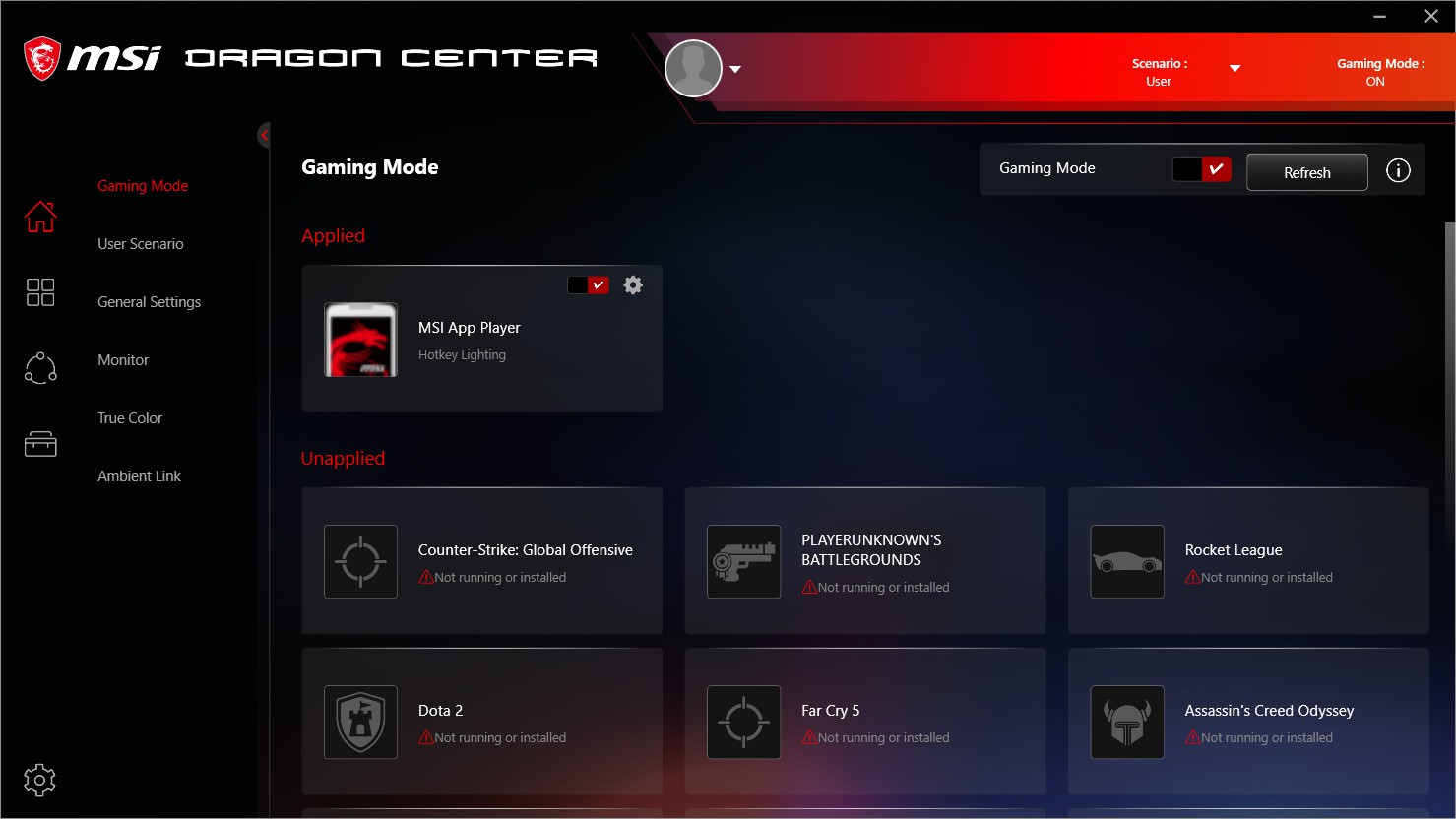
MSI Dragon Center – User Scenario, allows user to change the performance profile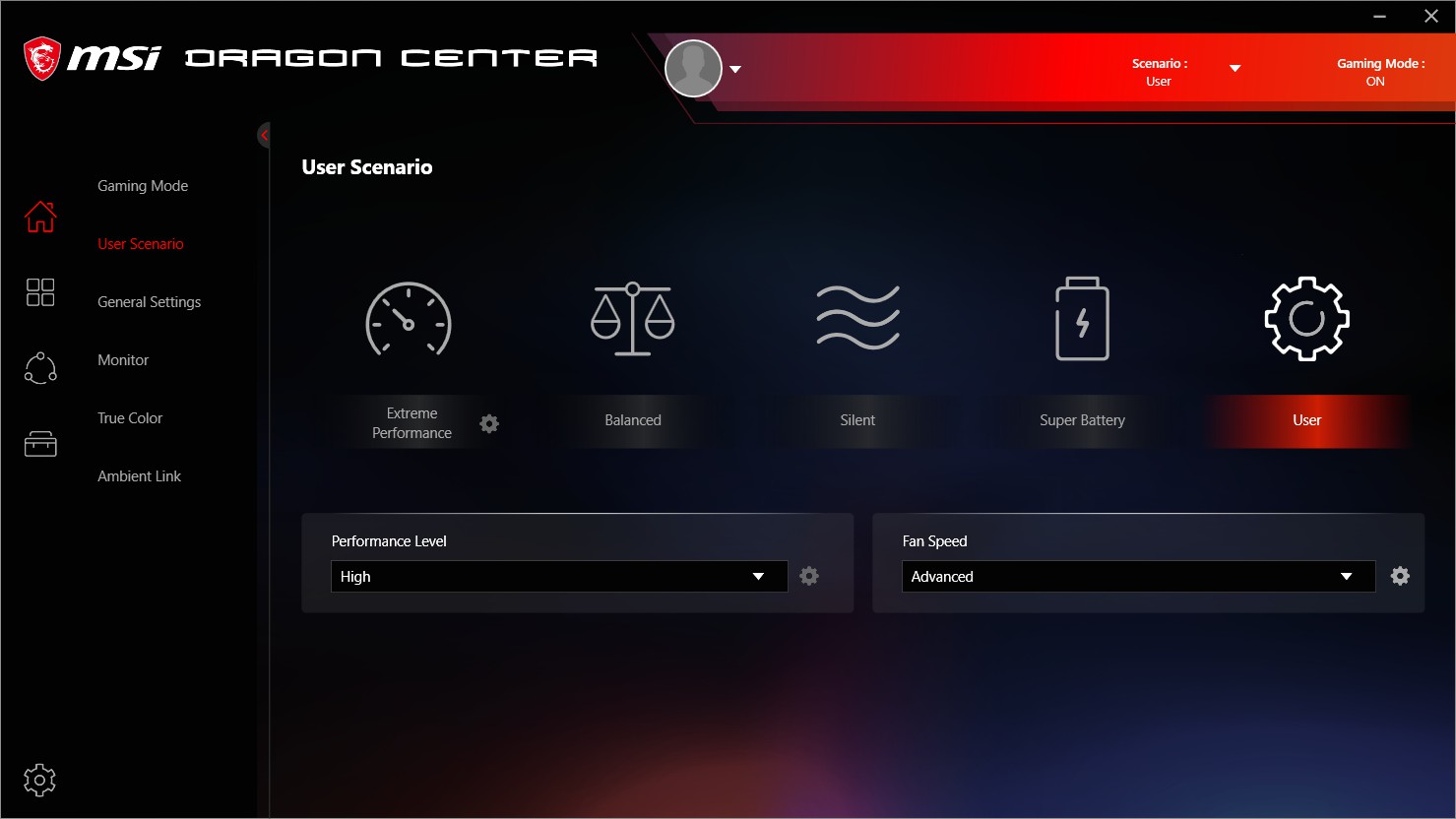
MSI Dragon Center – General Settings, allows user to change key functions for OS
MSI Dragon Center – System Monitoring, allows user to check the machine details
MSI Dragon Center – True Color, allows user to adjust the view modes and fine-tune the screen colour
MSI Dragon Center – Ambient Link, allows users to customise their environment colour with MSI Mystic Light management system
MSI Dragon Center – Battery Master, allows user to check and switch the battery performance
MSI Dragon Center – Live Update, allows user to check and update the hardware driver
Run-time Benchmark Test
Before the test, we make sure the Ultimate Power Performance has been activated in Win10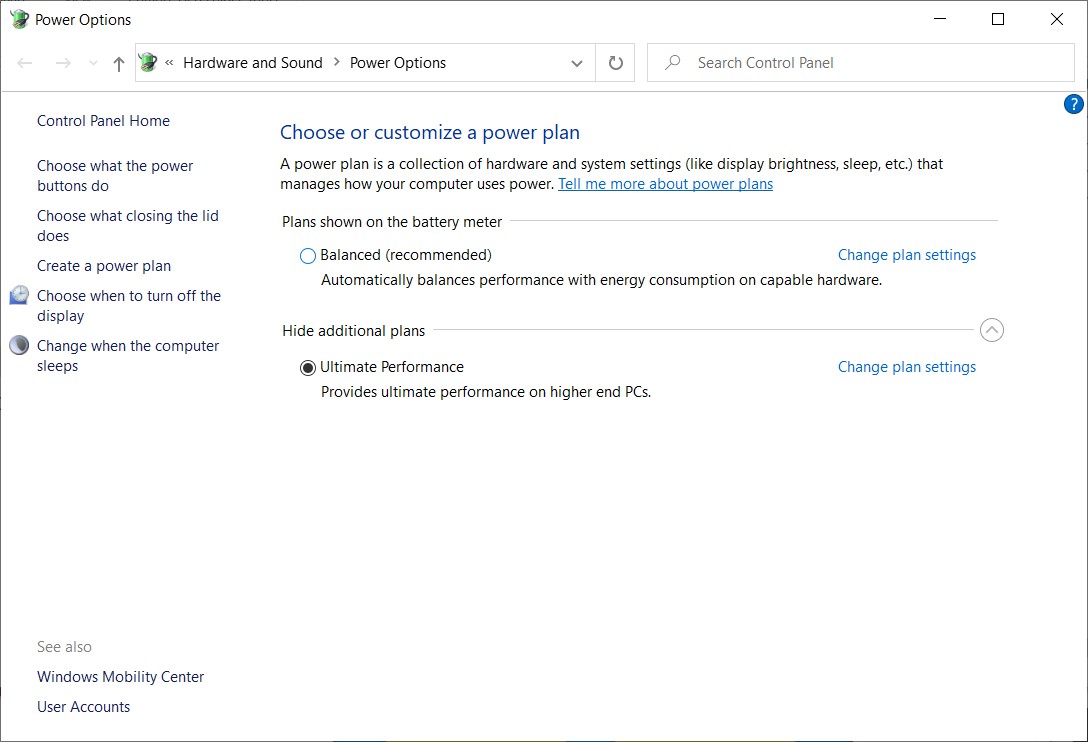
CPU-Z Benchmark – according to the result, there is nearly no difference in single-core speed compared with an i7-10700 on a desktop
AIDA64 Memory & Cache benchmark
Cinebench R15 Results – Single core & multi-core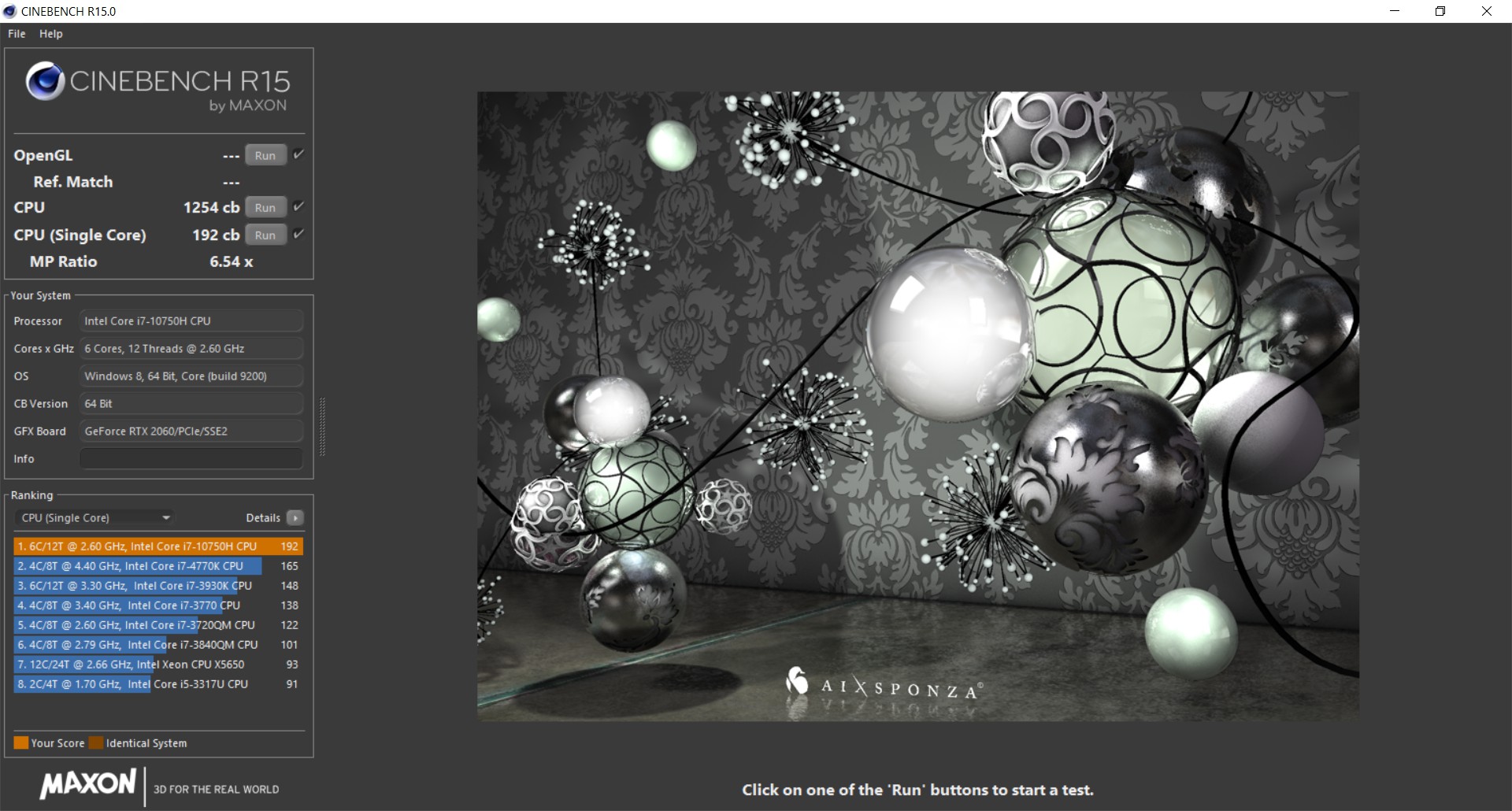
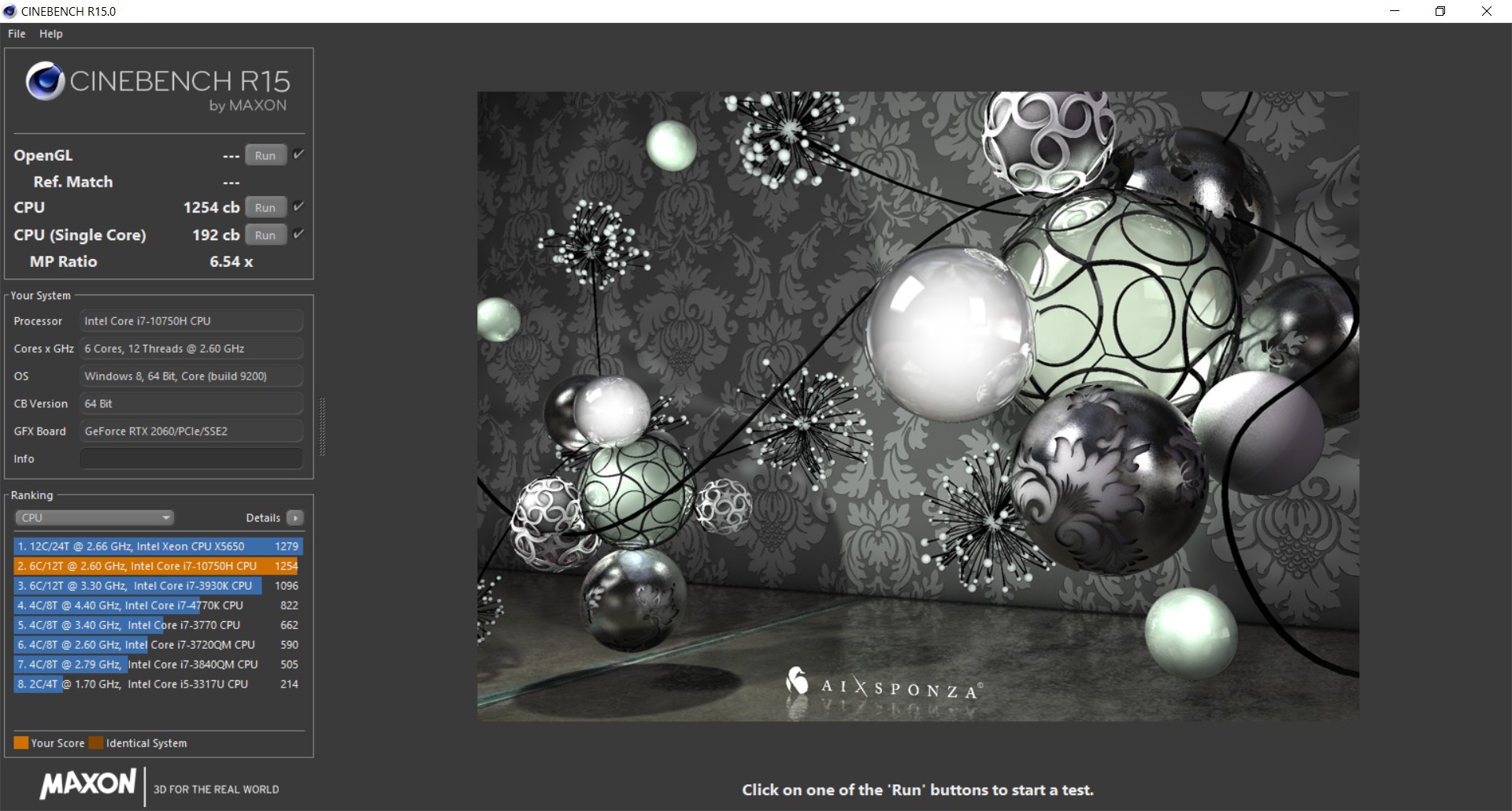
Cinebench R20 Results – Single core & multi-core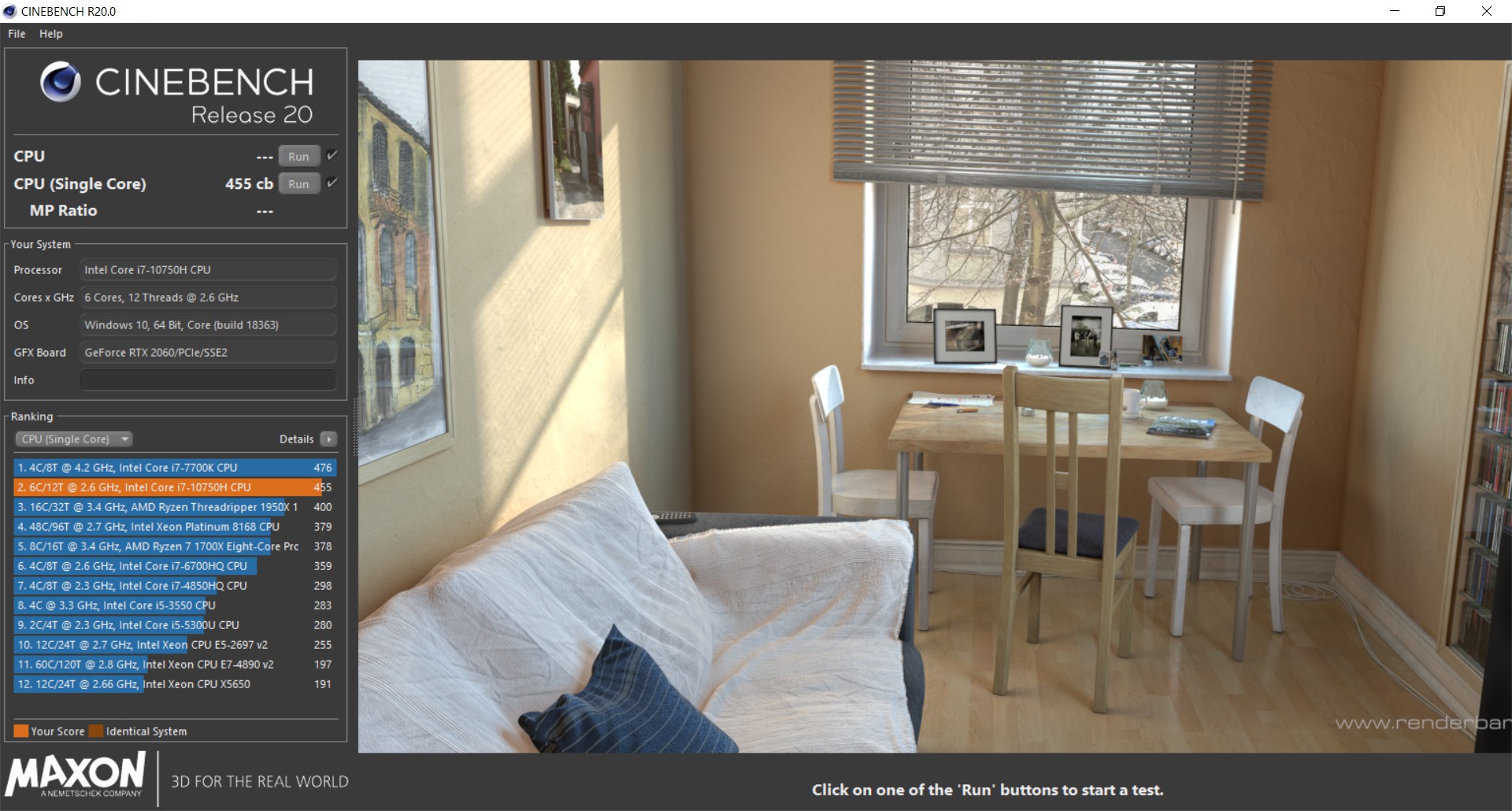
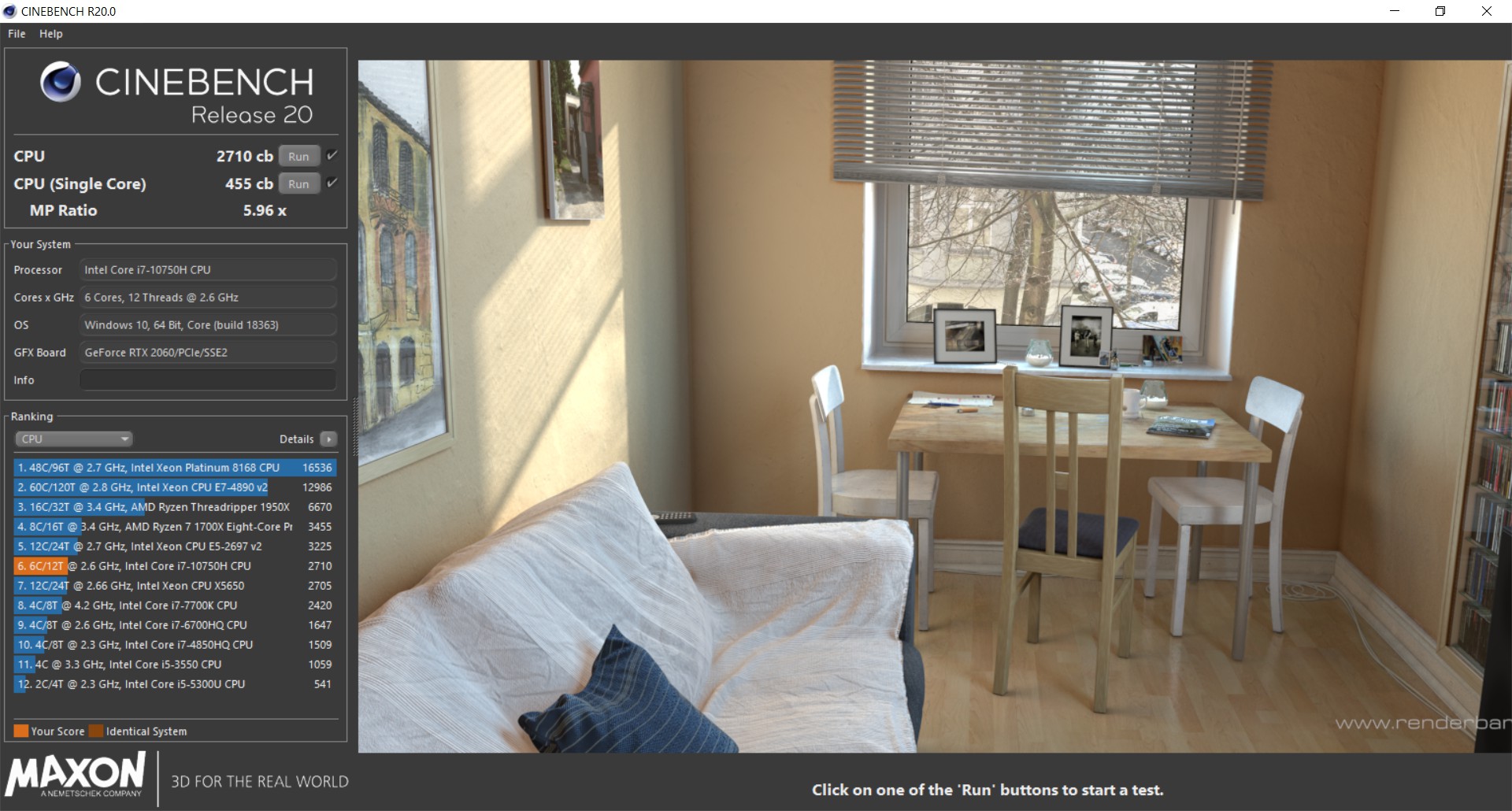
3DMark Time Spy Extreme : 2,738
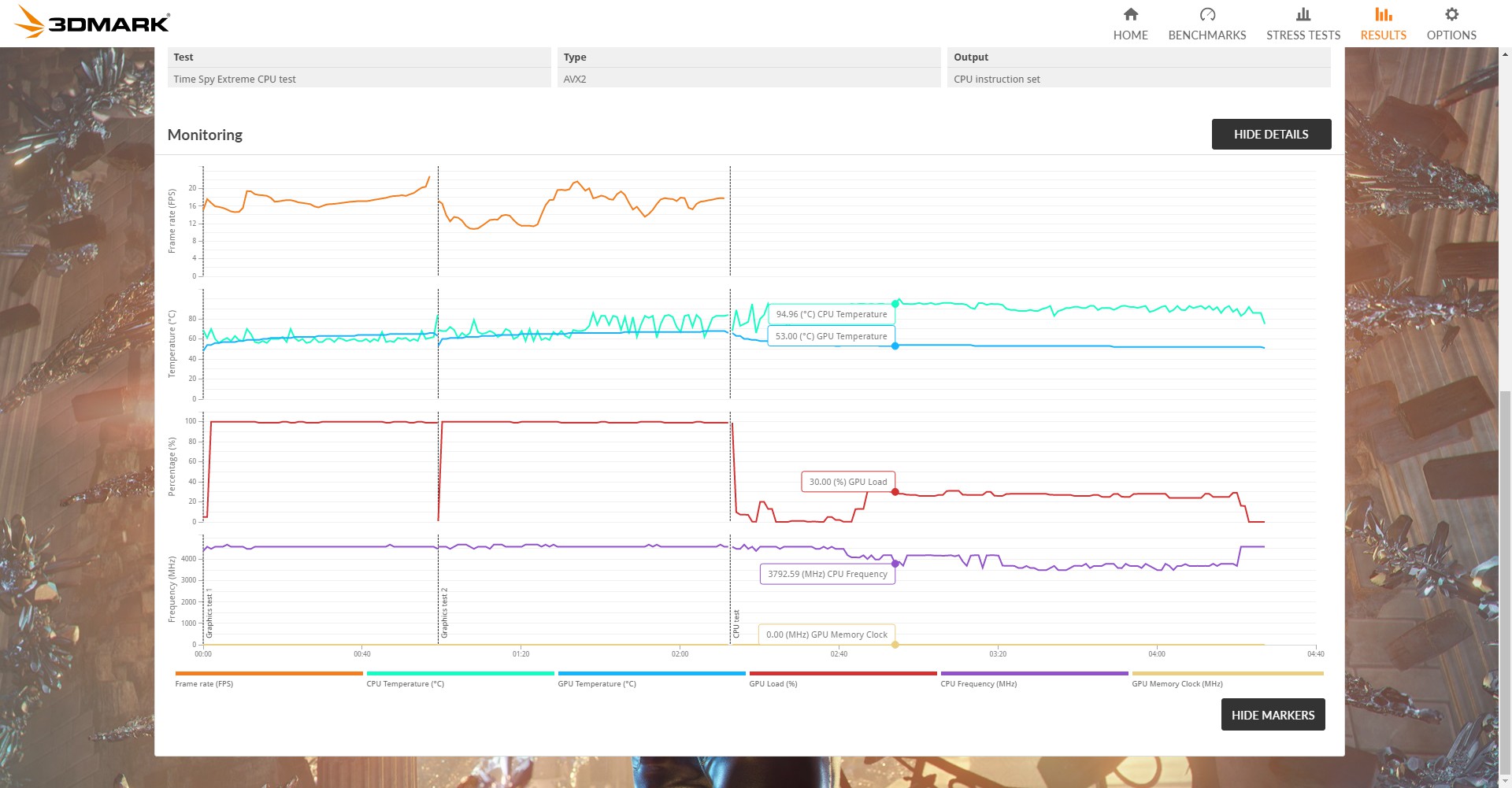
3DMark Fire Strike Extreme : 7,047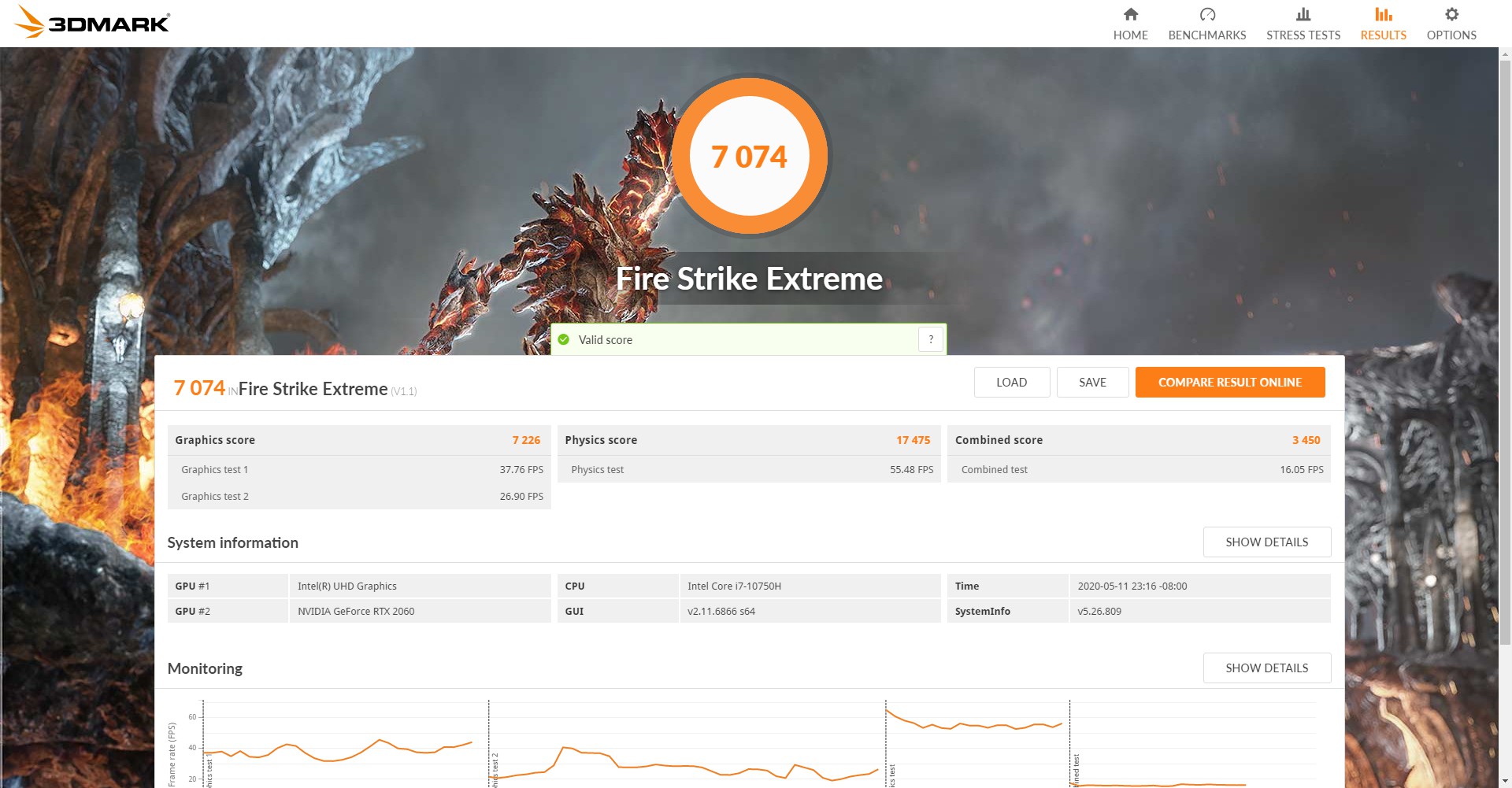
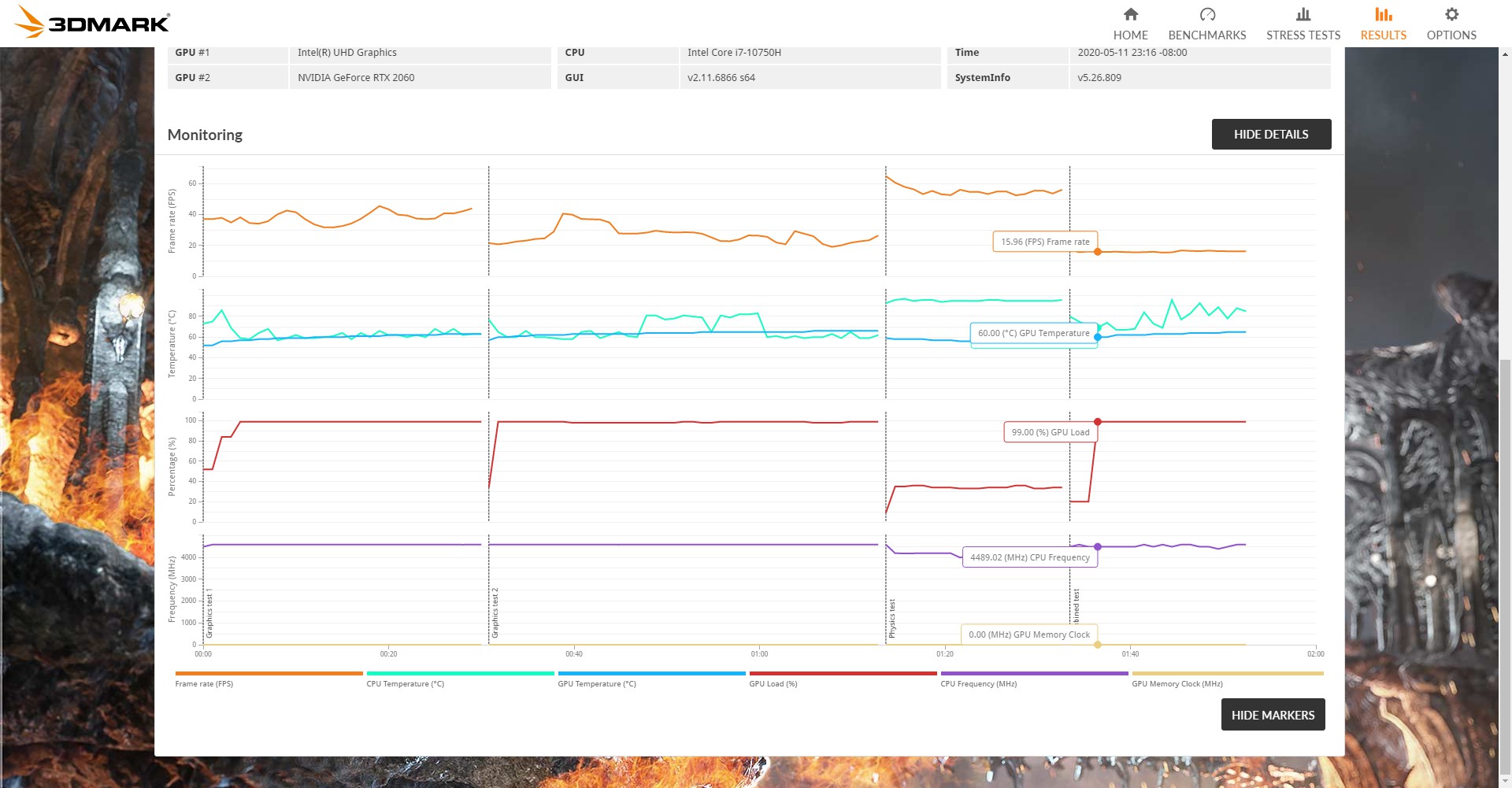
3DMark Fire Strike Ultra : 3,584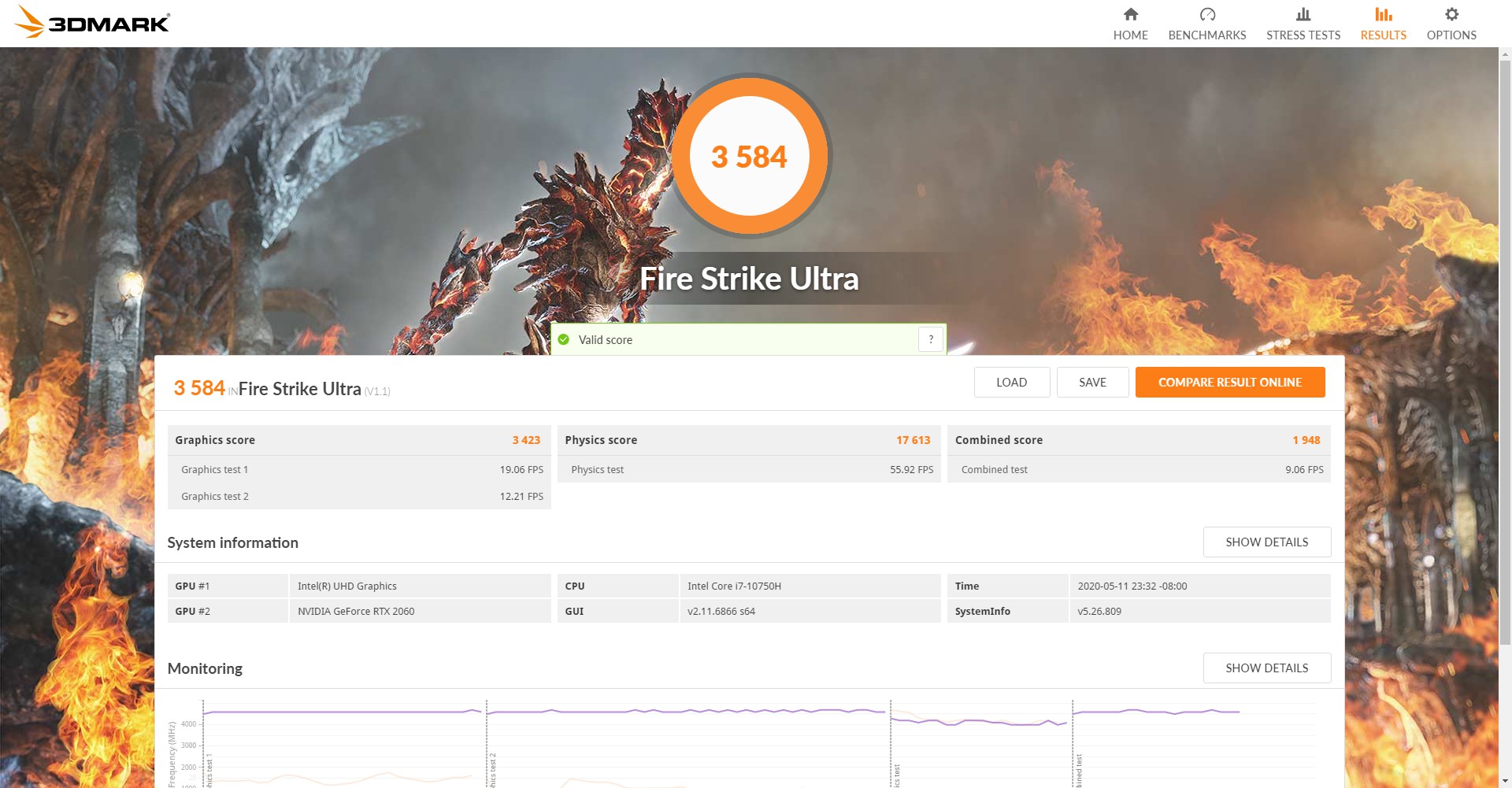
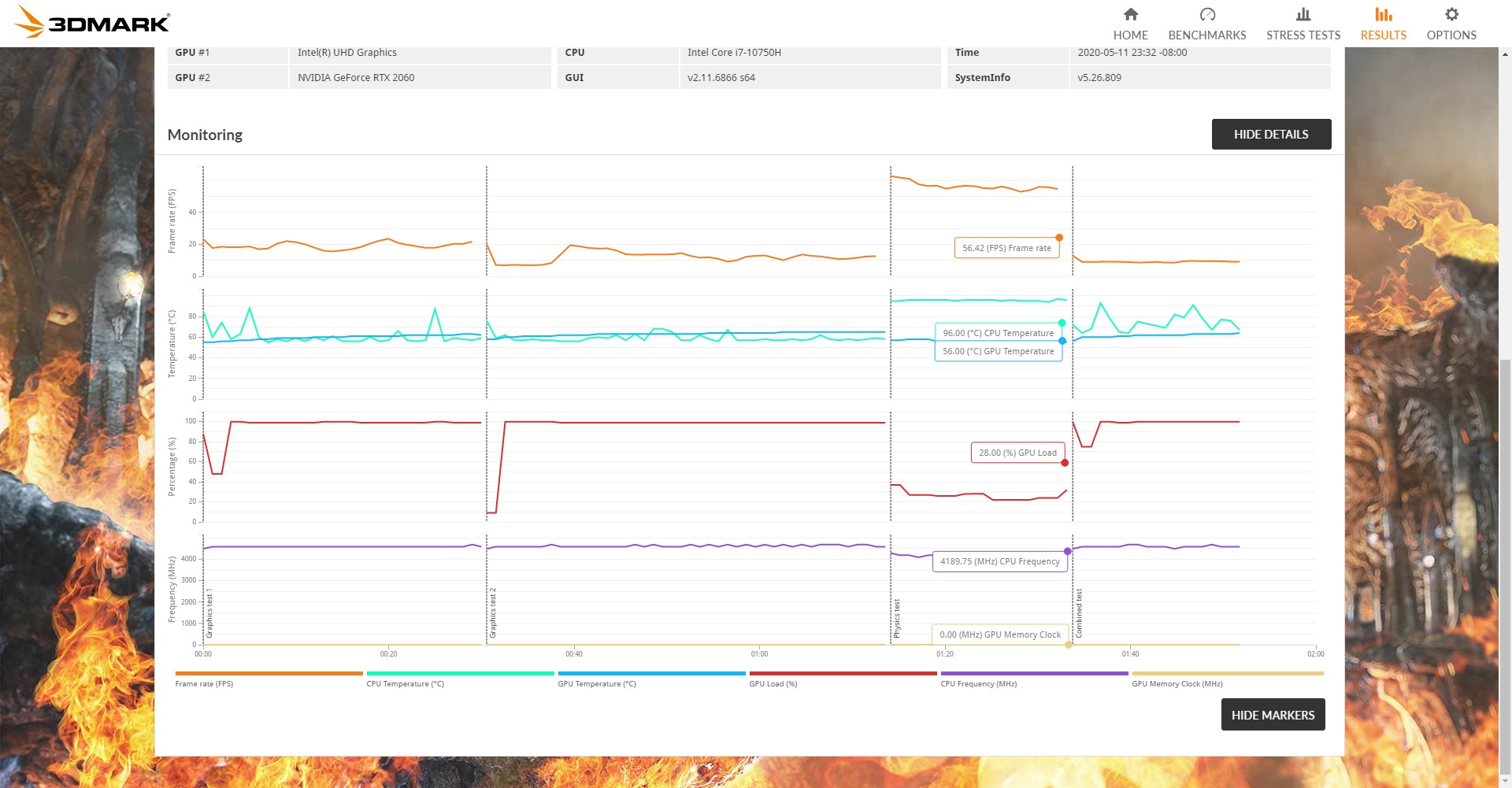
Thermal Tests
We are pressure testing this workstation using AIDA64.
Test room temperature : 25℃±2℃
CPU Idle temperature : 52℃±2℃
GPU idle temperature : 39℃
Under AIDA64 Single FPU pressure test, this Intel i7-10750H is throttling down around 30%
The CPU package temperature is around 96℃±2℃
Under AIDA64 Single CPU pressure test, the Intel i7-10750H is throttling down around 43%
The CPU package temperature is around 97℃±2℃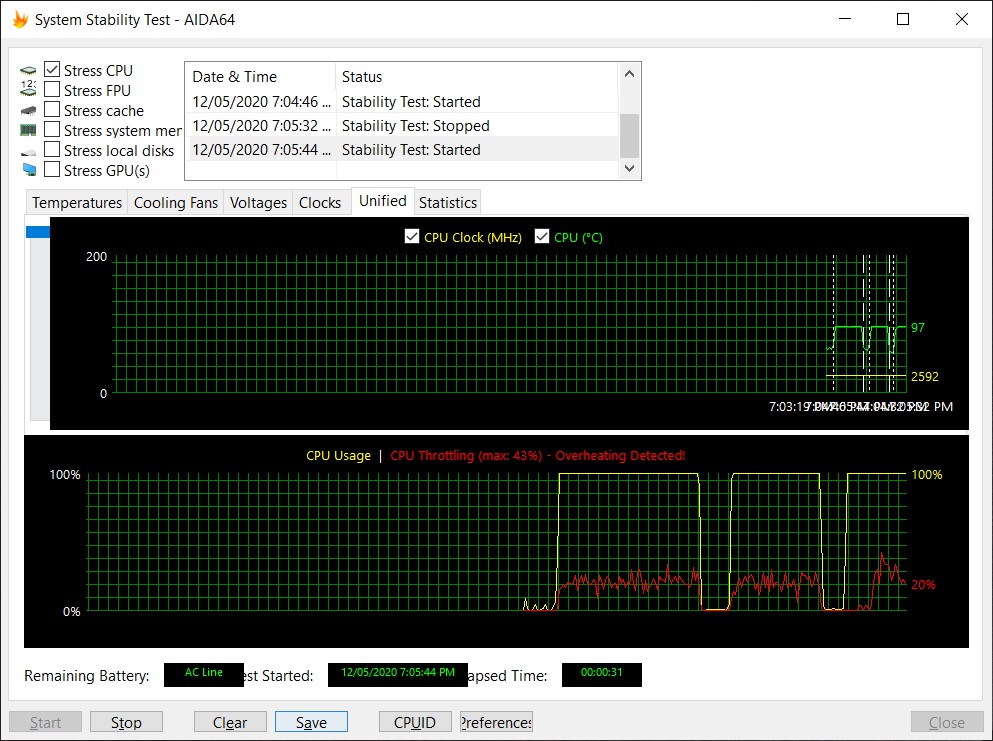
Under AIDA64 Single GPU pressure test, the Intel i7-10750H is throttling down around 23%
The CPU package temperature is around 96℃±2℃, GPU temperature is around 72℃±2℃
Under AIDA64 CPU & GPU pressure test, the Intel i7-10750H is throttling down around 33%
The CPU package temperature is around 96℃±2℃, GPU temperature is around 73℃±2℃
These results are definitely not normal. We suspect that because the machine is an engineering sample, which may have a contact problem caused by bumps during transportation. We disassembled the machine and reinstalled the whole heatsink and re-applied the thermal grease with an industrial graded Xinyue 7921, then turned on the Cooler boost function.
After the modification,
Under AIDA64 Single CPU pressure test, the Intel i7-10750H is throttling down around 14%
The CPU package temperature is around 97℃±2℃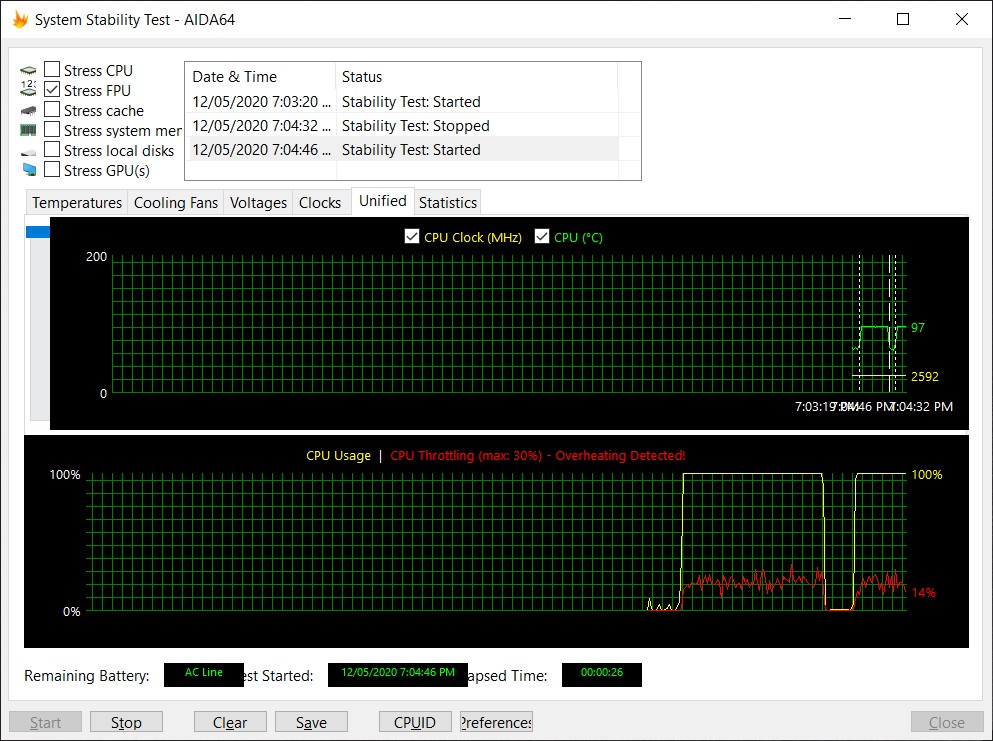
Under AIDA64 Single CPU pressure test, the Intel i7-10750H is throttling down around 23%
The CPU package temperature is around 97℃±2℃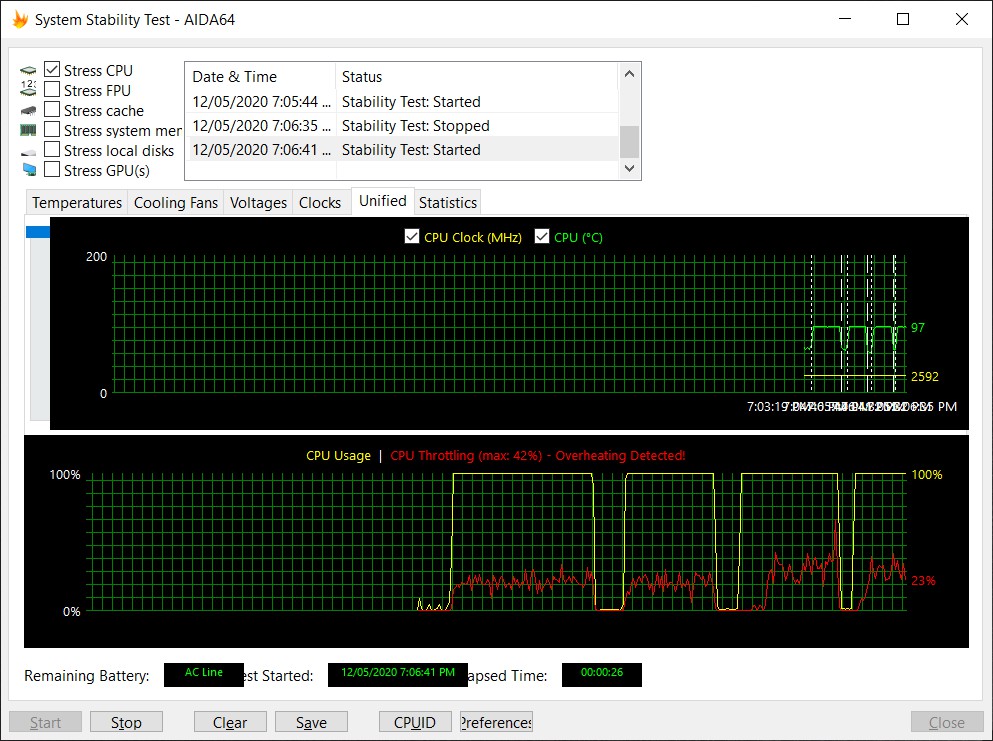
Under AIDA64 Single GPU pressure test, the Intel i7-10750H is throttling down around 7%
The CPU package temperature is around 92℃±2℃, GPU temperature is around 66℃±2℃
Under AIDA64 CPU & GPU pressure test, the Intel i7-10750H is throttling down around 15%
The CPU package temperature is around 92℃±2℃, GPU temperature is around 67℃±2℃
Under PRIME95 pressure test, the Intel i7-10750H is throttling down around 25%
The CPU package temperature is around 88℃±2℃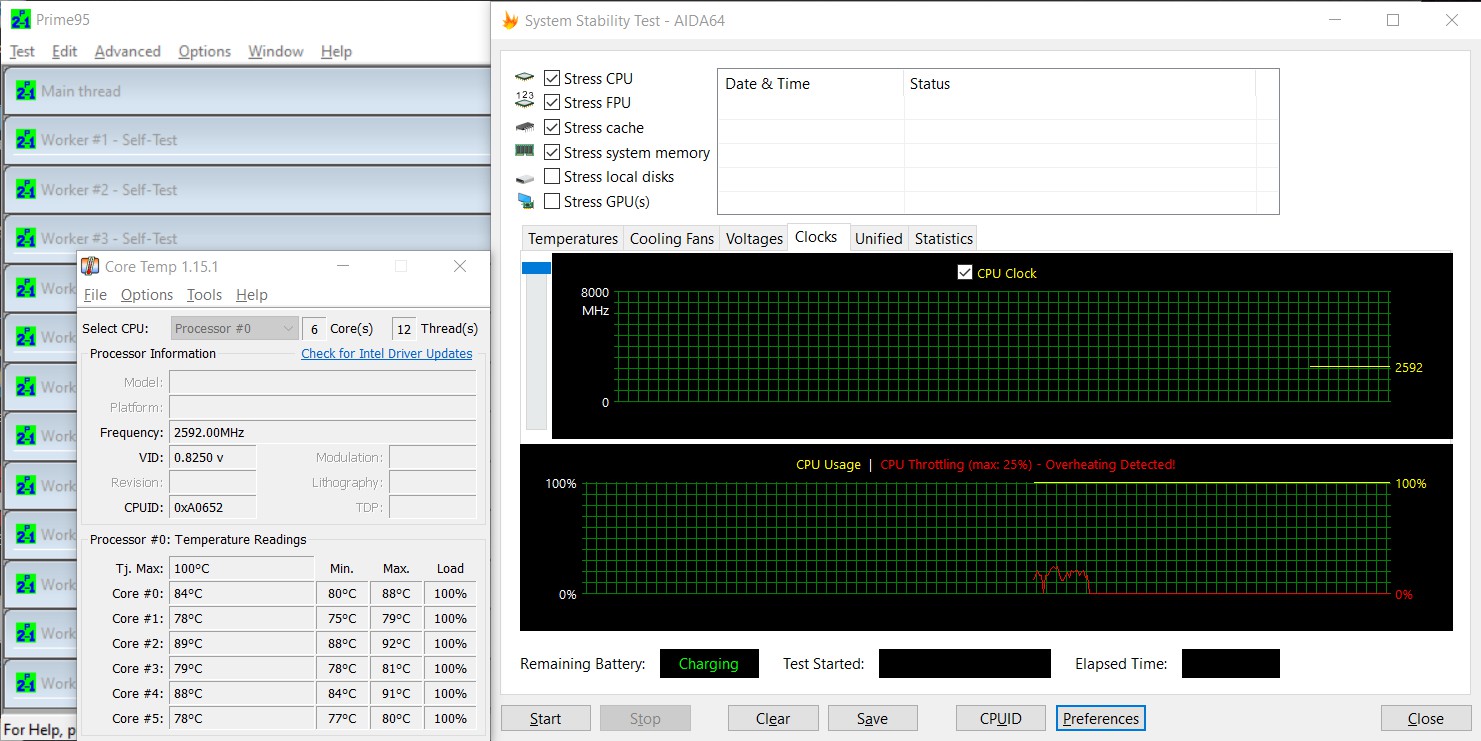
The thermal snapshots under PRIME95 pressure test
Front – Top of the C panel
Front – Keyboard (Whole C panel)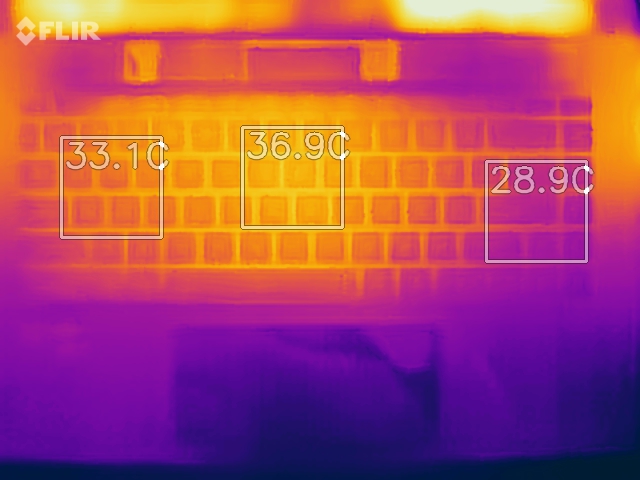
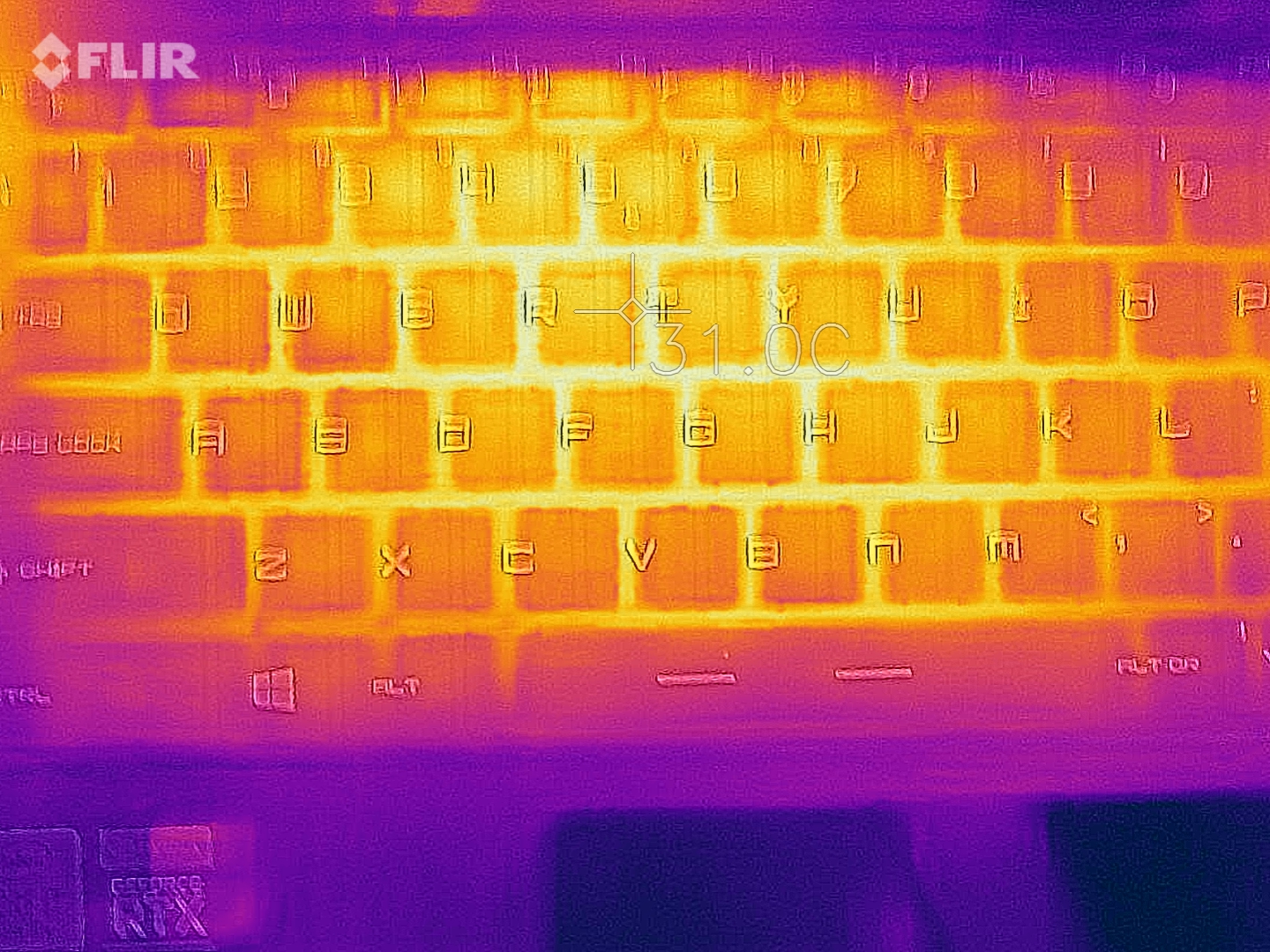
Rear – Left and Right vent temperature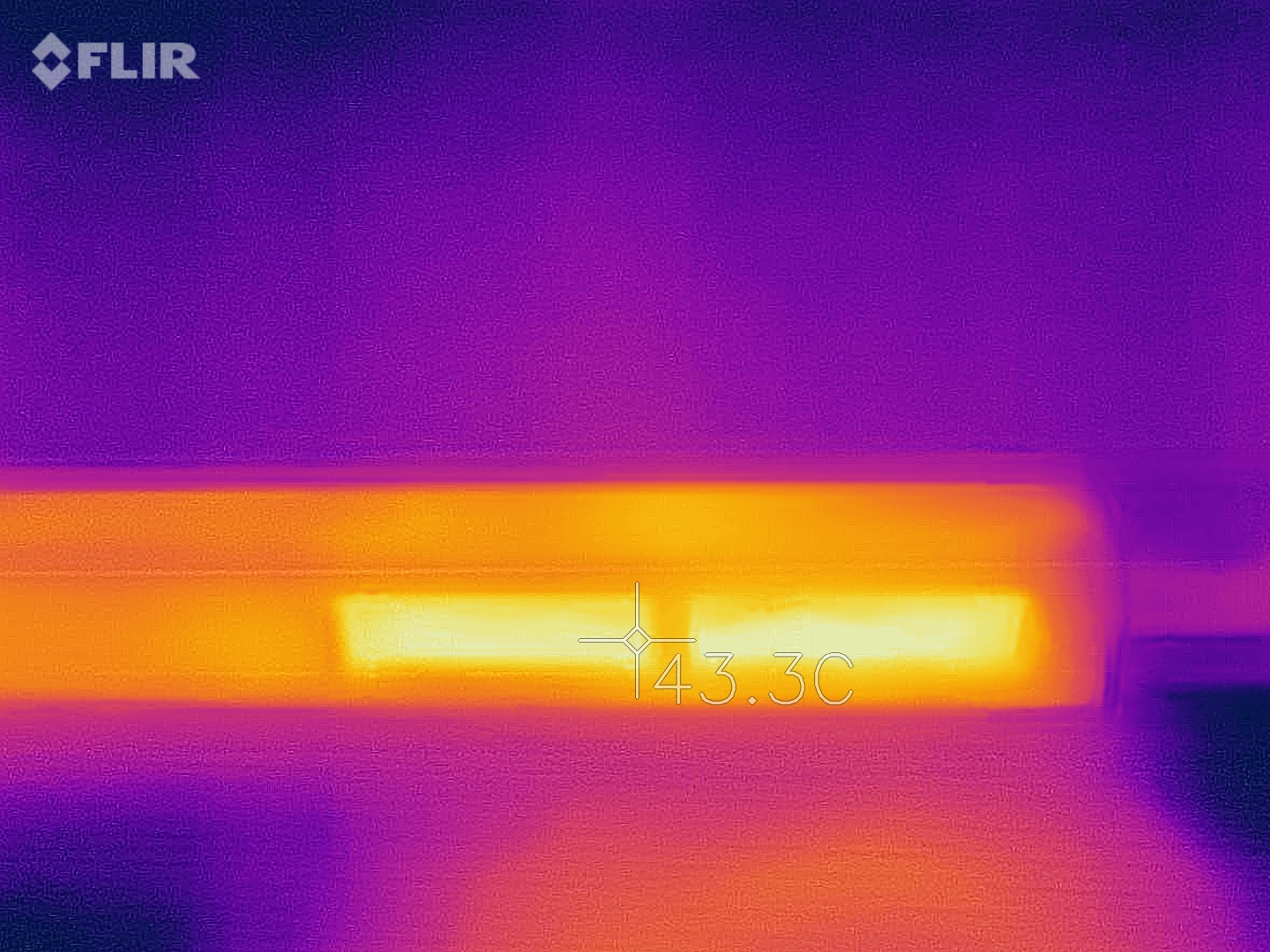
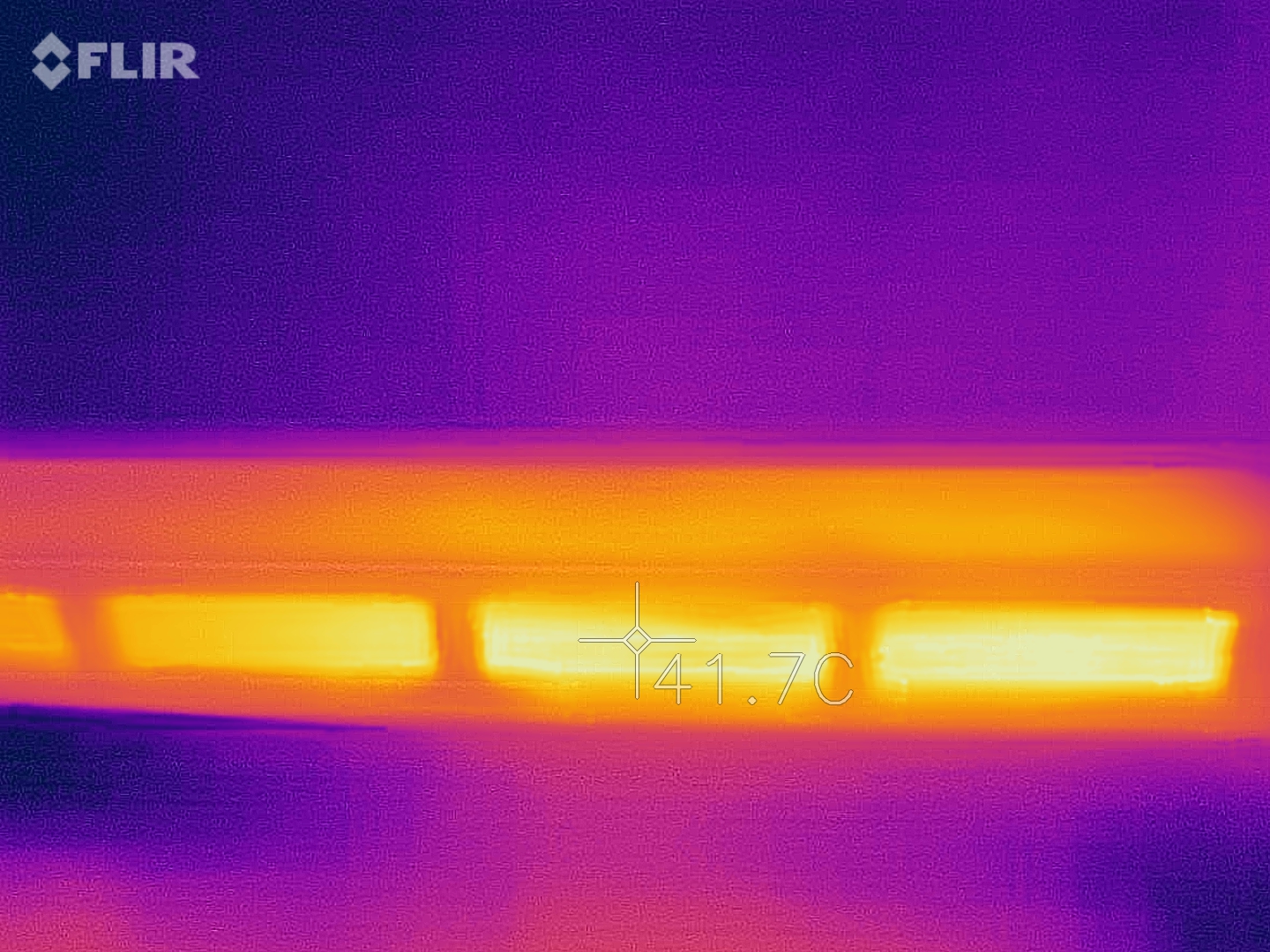
The Intel 10th gen i7 does generate a huge amount of heat, the previous cooling system easily suppress the 8th and 9th generations’ i7. This problem does not only happen on laptop CPUs but also desktop CPUs. This is indeed the biggest pain point of Intel’s new generation of Coffee Lake CPUs. After the test, we thought MSI’s new Cooler Boost Infinity+ was not that efficient for the 10th generation until MSI switches the whole heatsink module to their latest version.
Disassembling analysis
It’s extremely easy to disassemble the backplate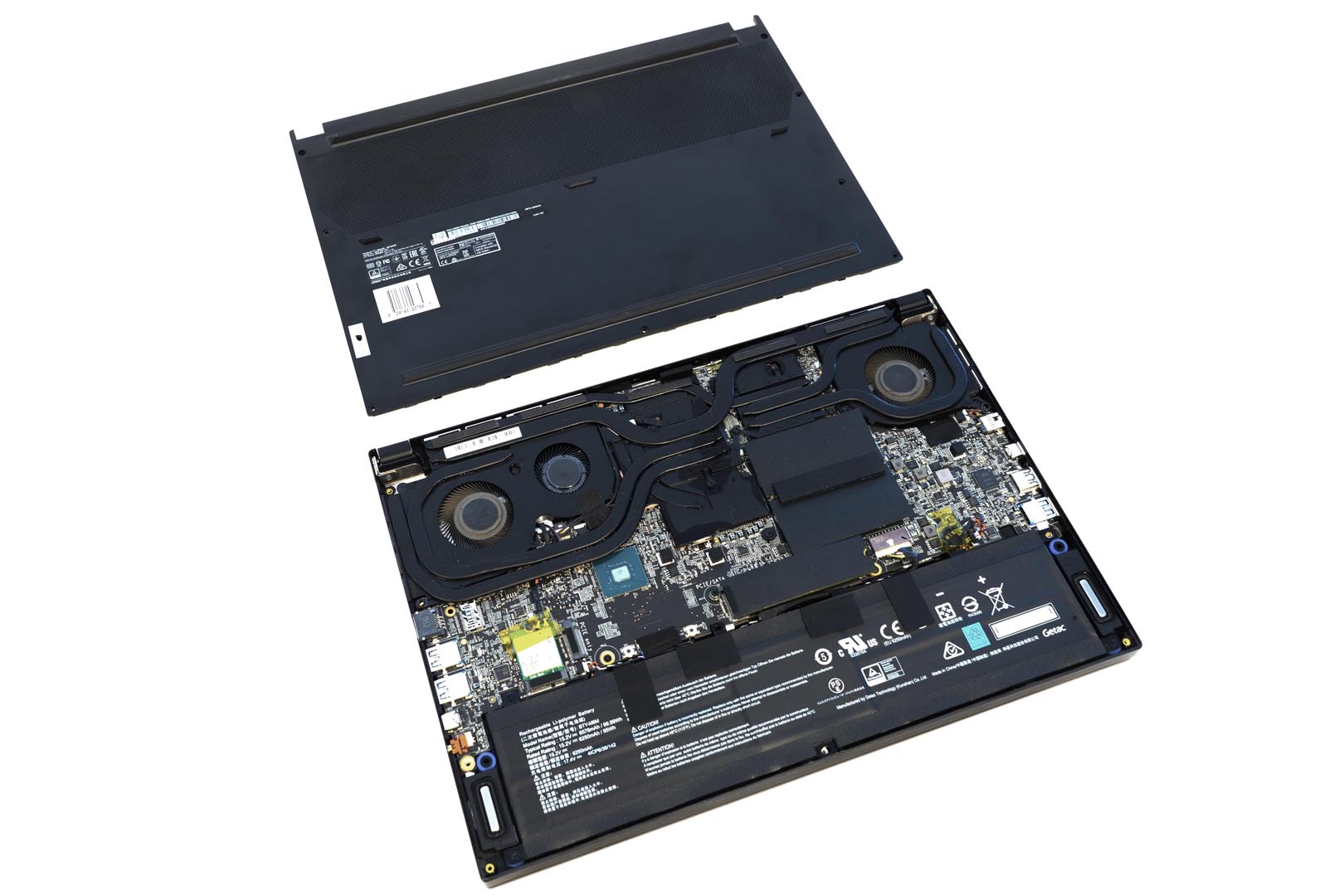
The laptop C panel internal looking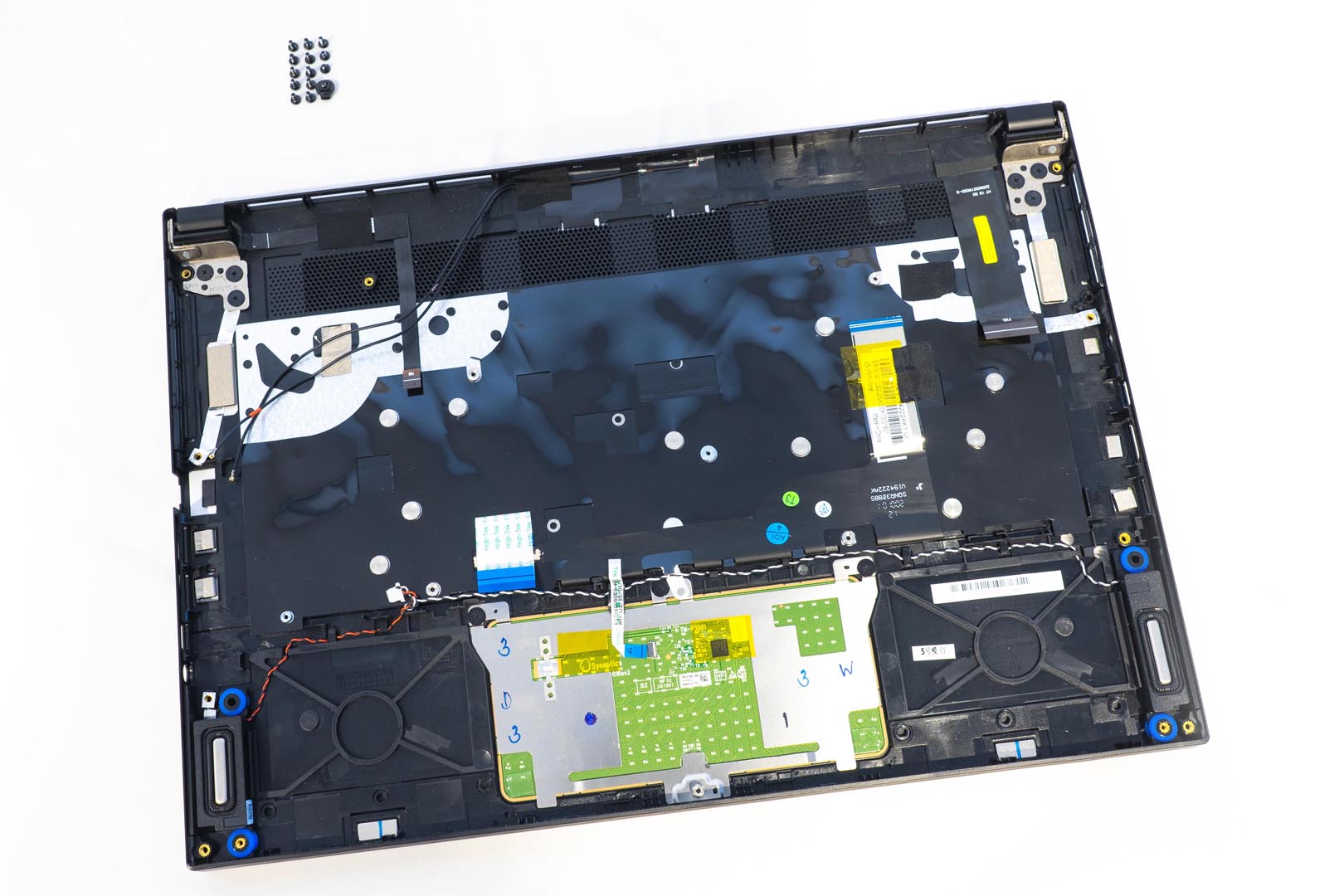
Battery, 6578mAh manufactured by Getac, 4-cell 99.9Wh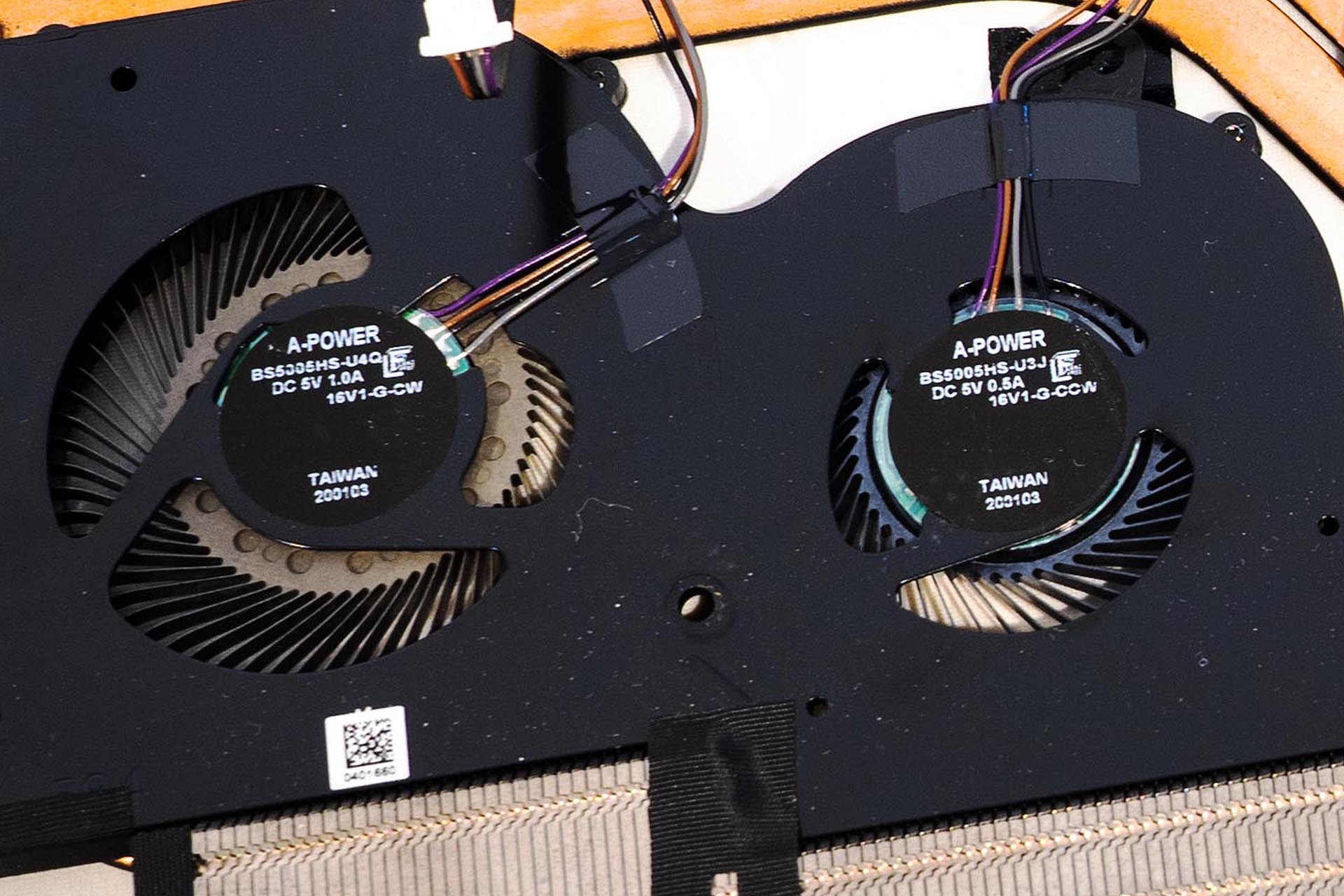
Samsung DDR4 2666 2 x 8GB Dual Channel : M471A2K43CB1 – CTD
SSD: Samsung PM981 512GB
WIFI & Bluetooth card: Intel AX201NGW, Wifi6 2.4G/5G, 160MHz channels, Bluetooth v5.1
The Cooler Boost Infinity+ Heatsink: 7 Pipes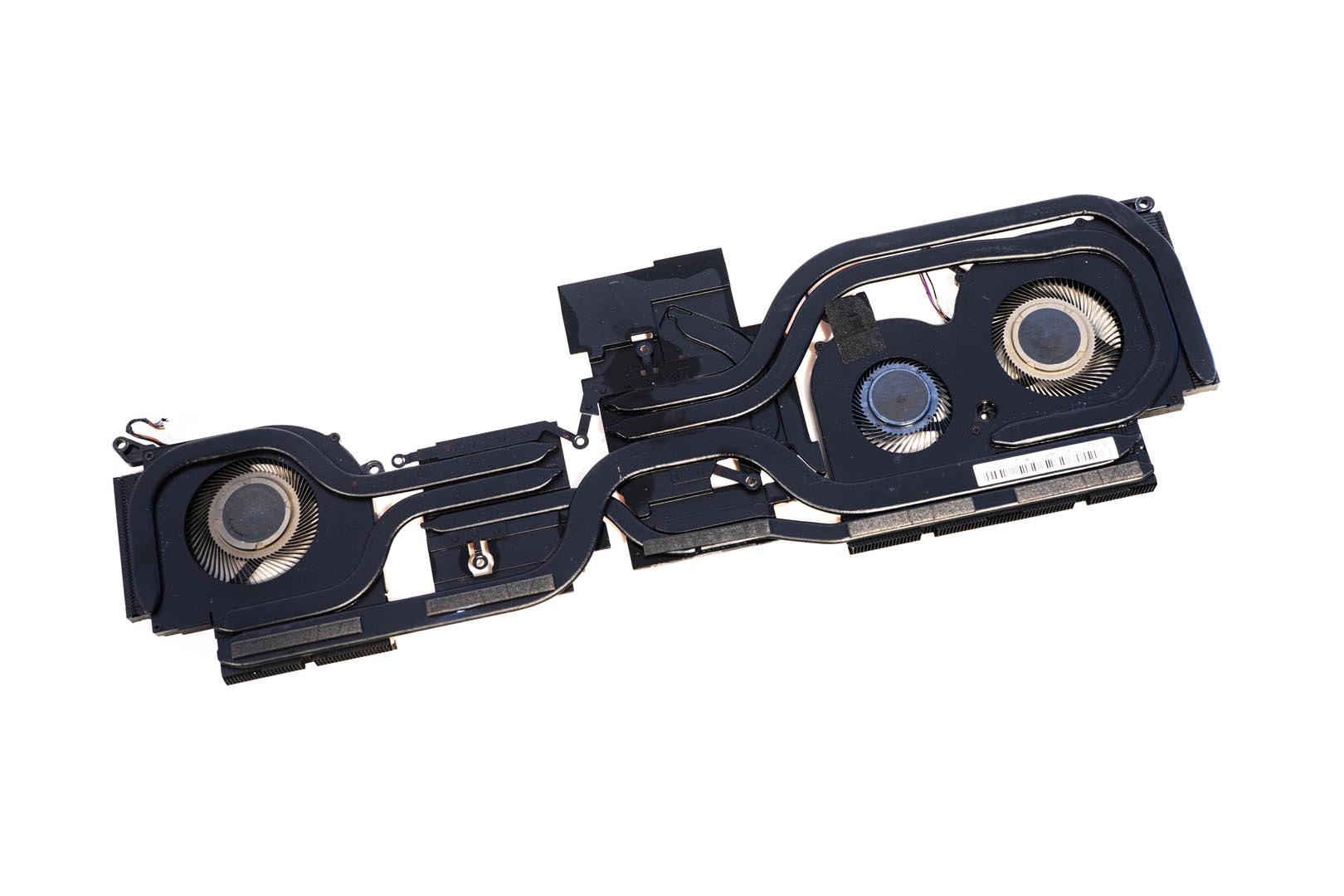
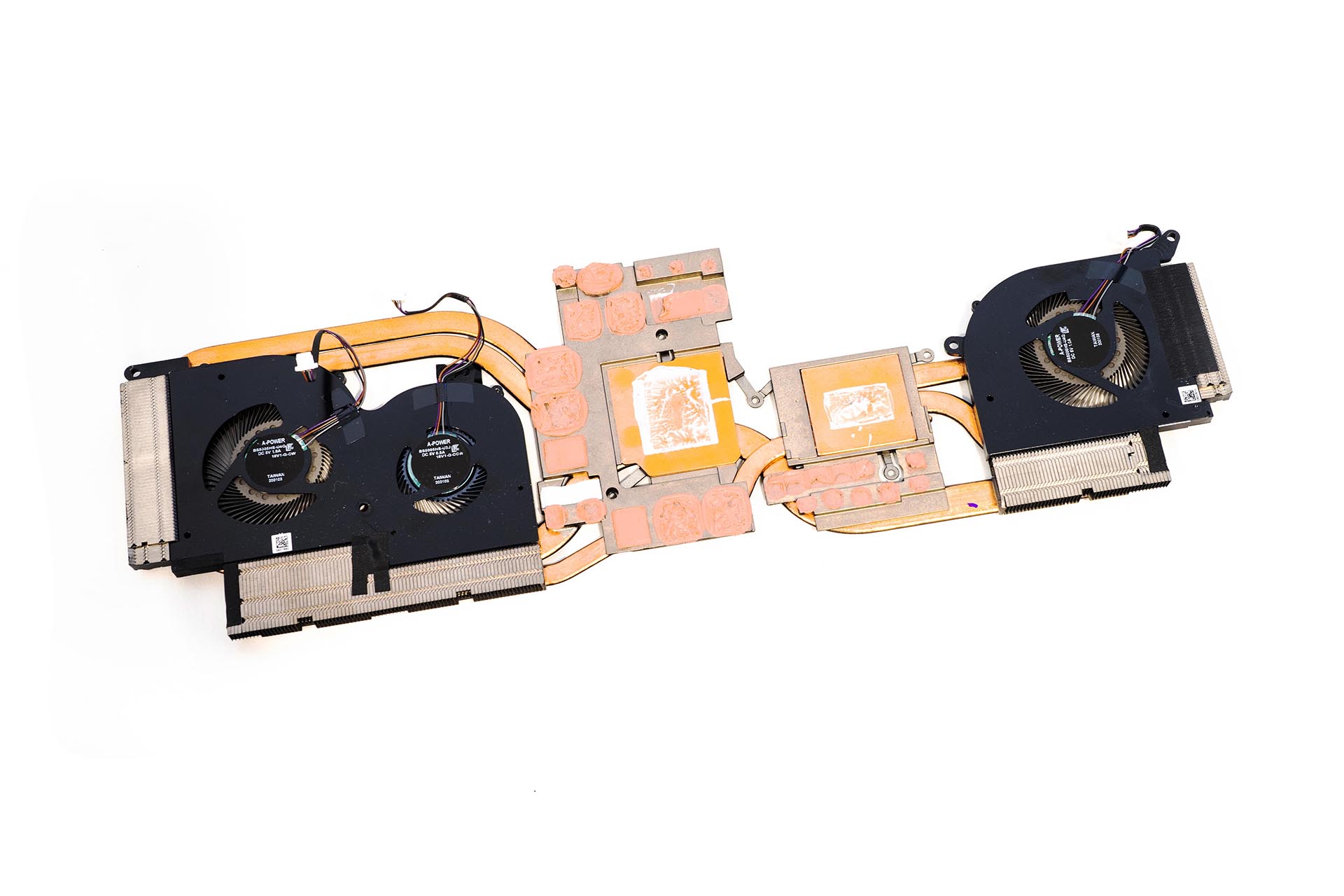
The exhausting fans are 2 x BS5005HS-U4Q(DC 5V 1A) and U3J(DC 5V 0.5A) manufactured by A-power
The main motherboard front and back look
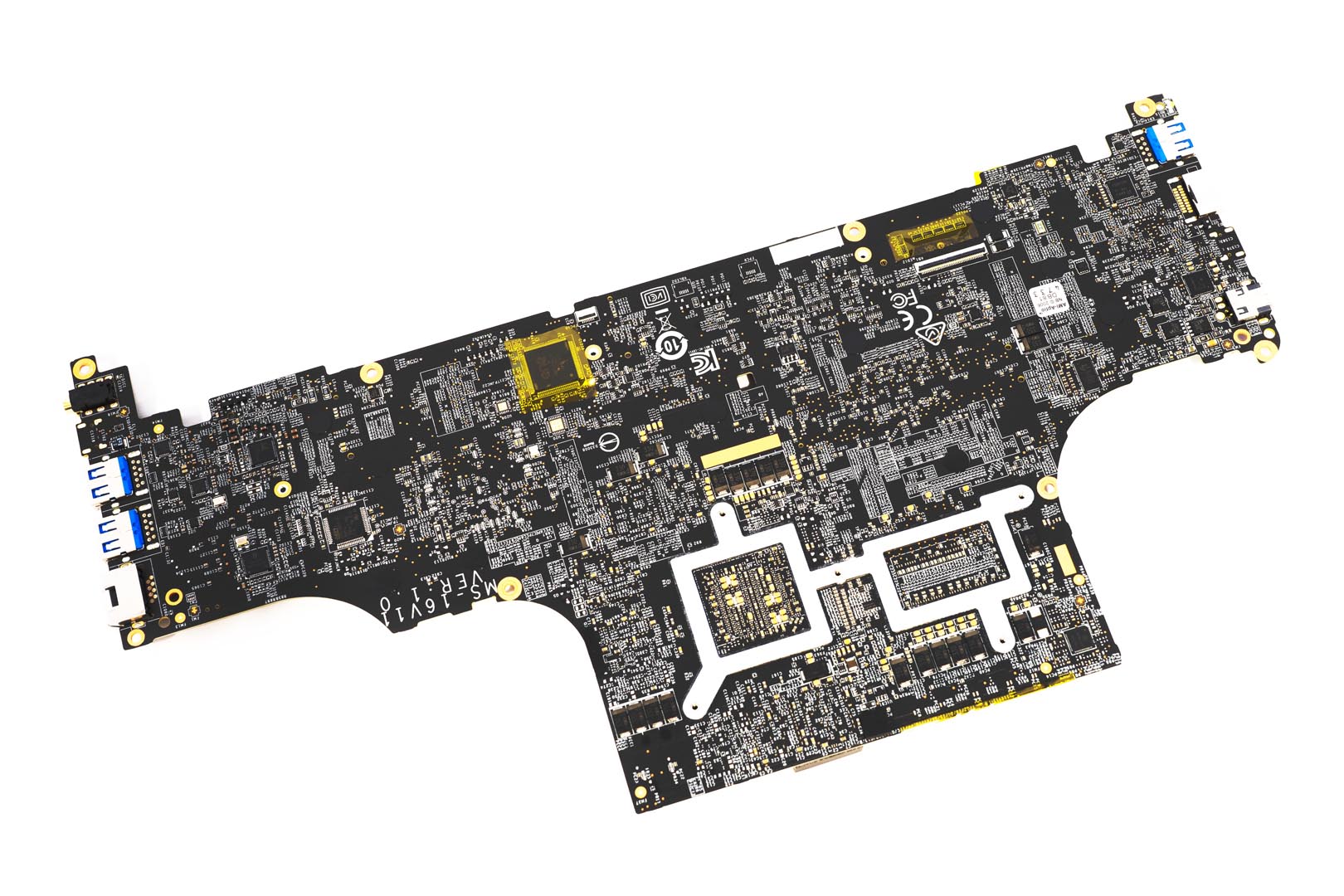
The GPU chip from Nvidia, N18E-G1-B-KB-A1 which is the Nvidia RTX 2060 with 6GB GDDR6
The 10th Gen INTEL i7-10750H CPU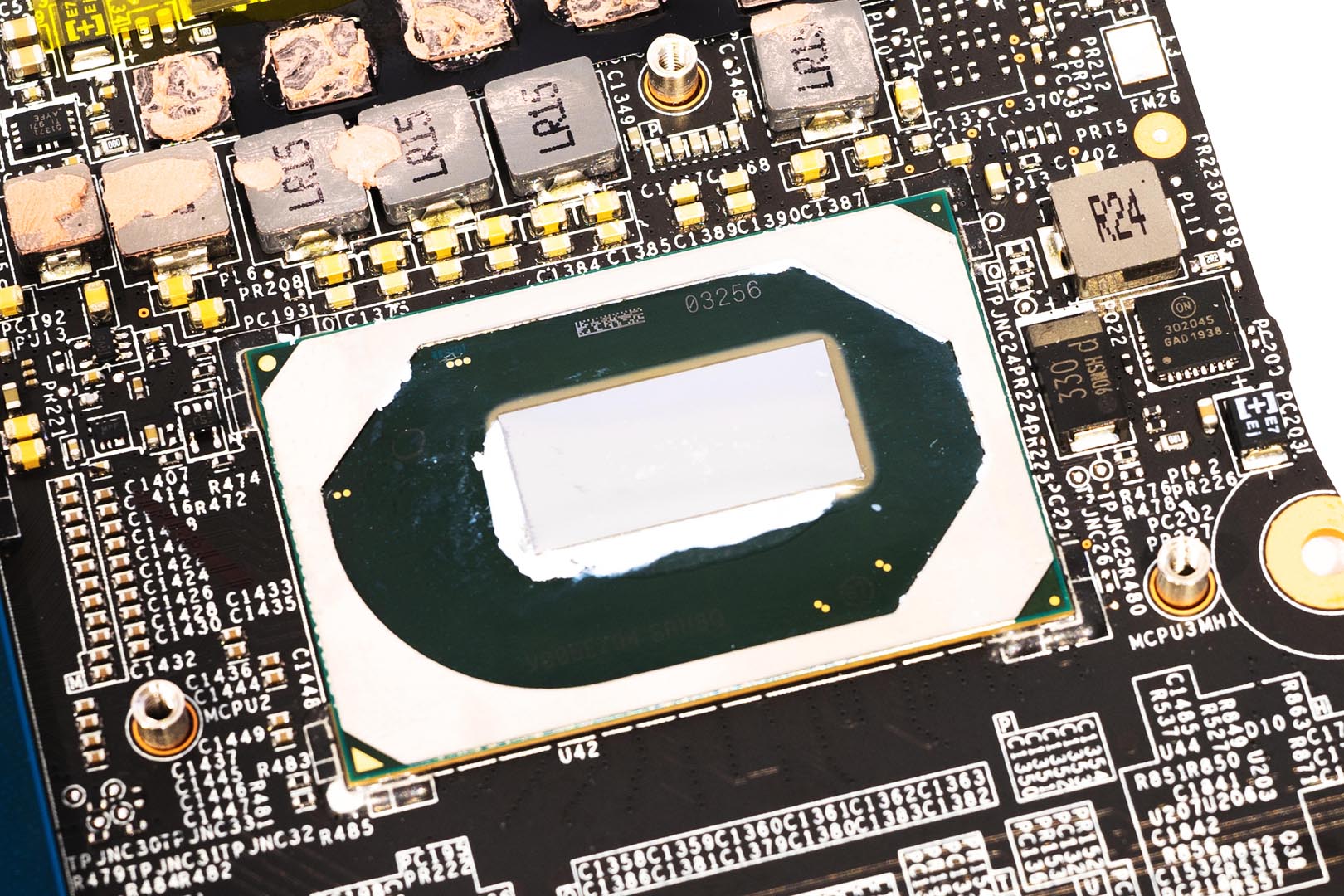
The Killer E3100 2.5Gb LAN chip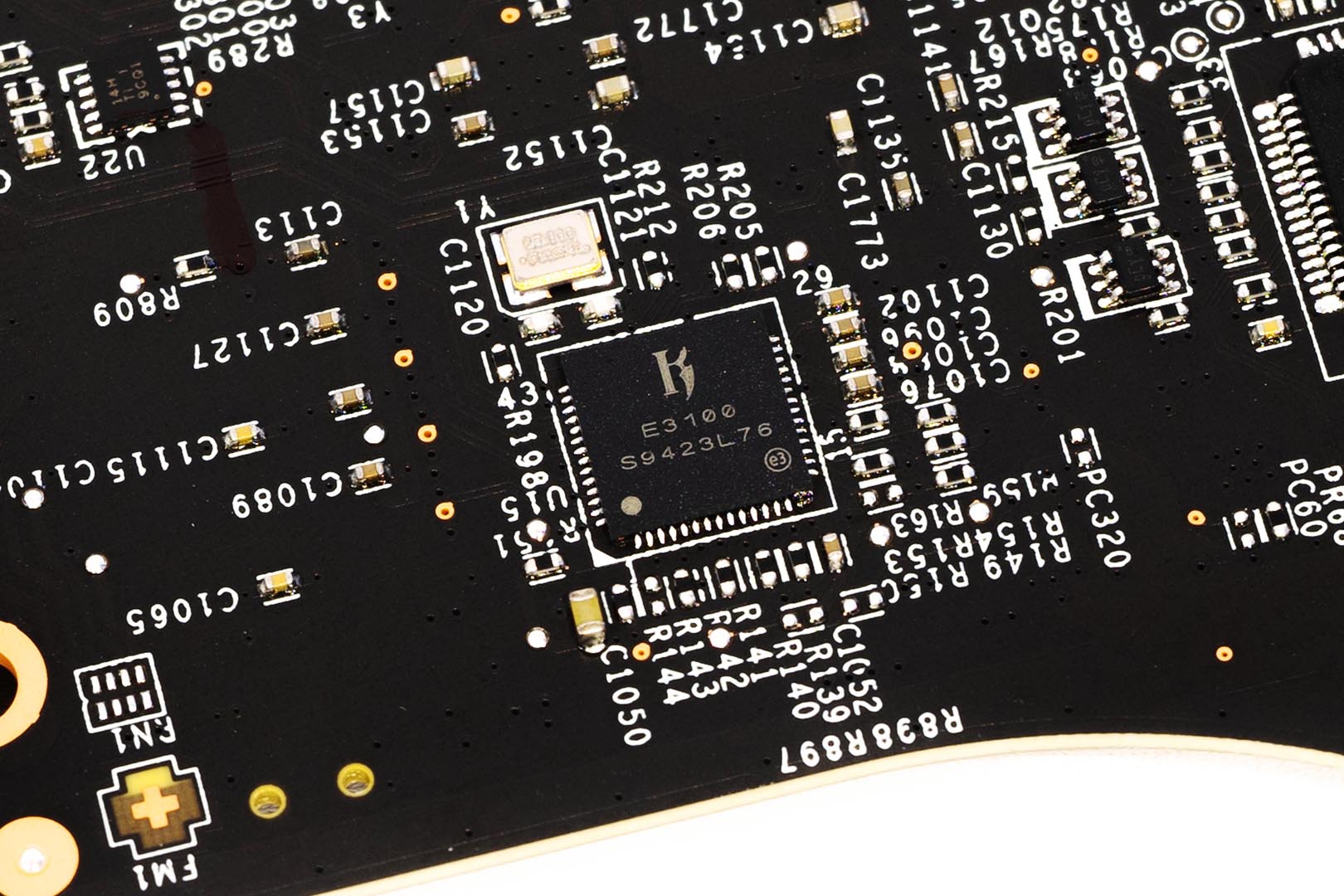
The Killer Shield – is to optimise LAN connection, jitter control and electrical surge protection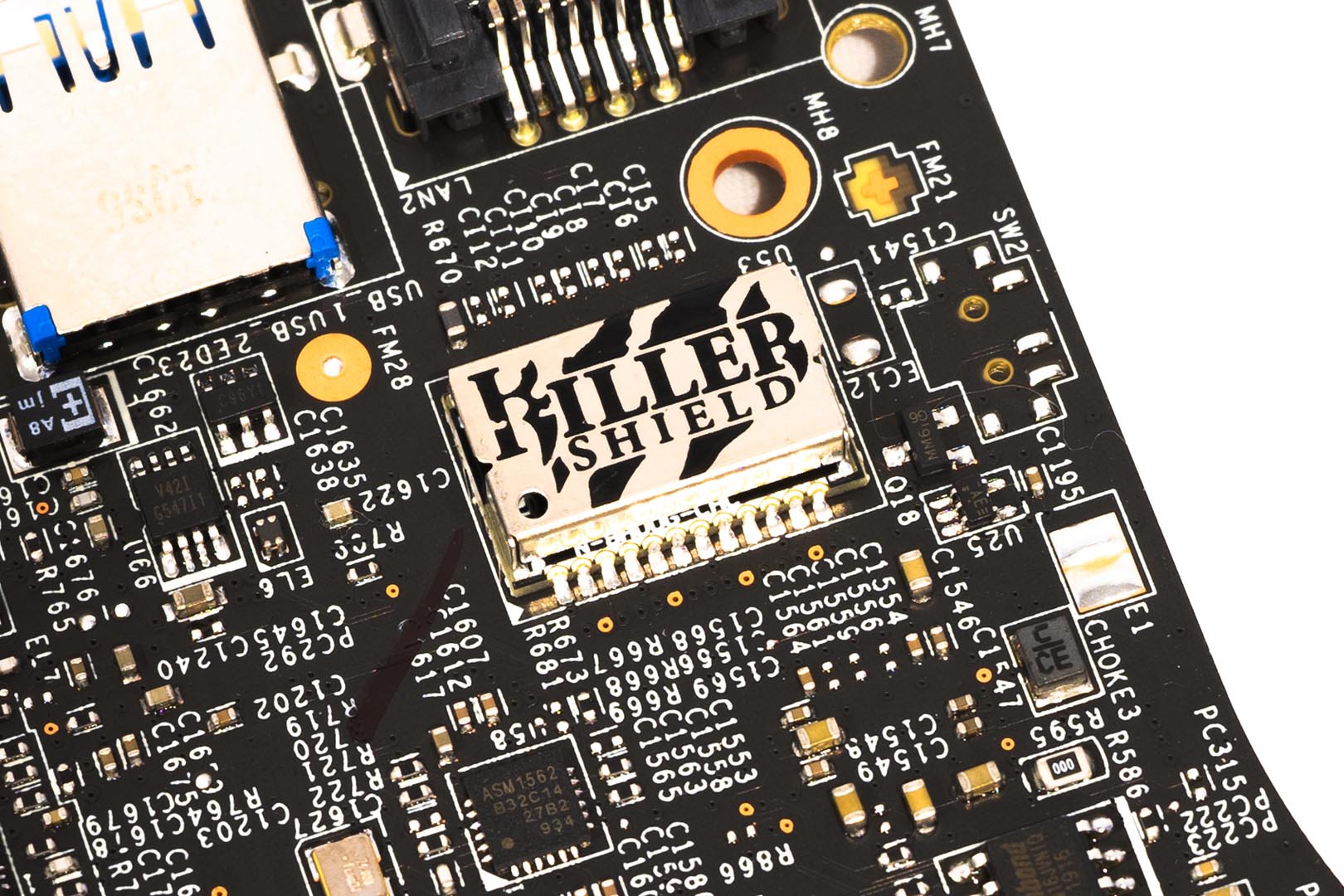
The Sound card chip Realtek ALC298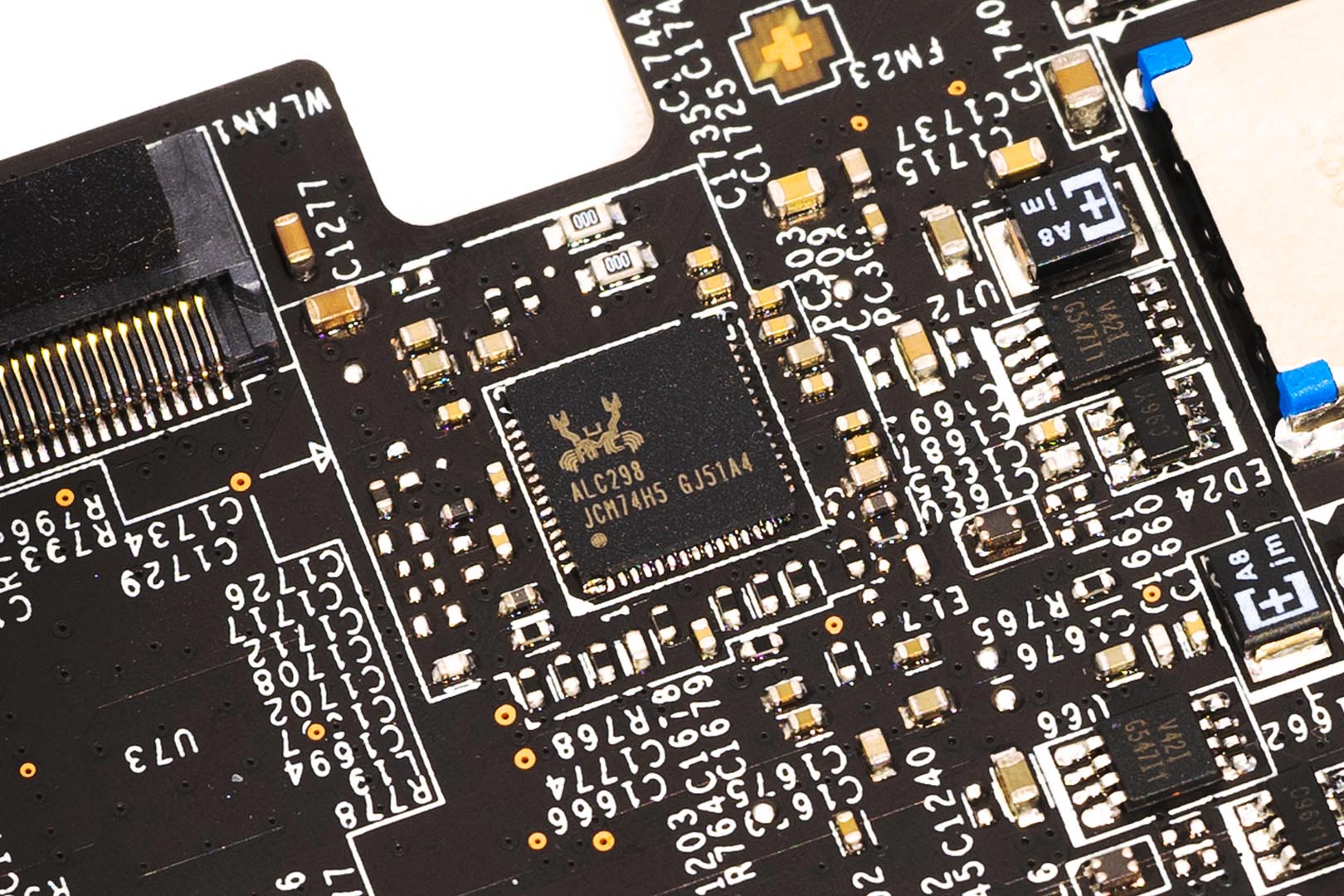
The Realtek ALC1306 operational amplifier IC chip of sound card
The Sound level is around 94.3dBA with full volume
The power control chip STM32F072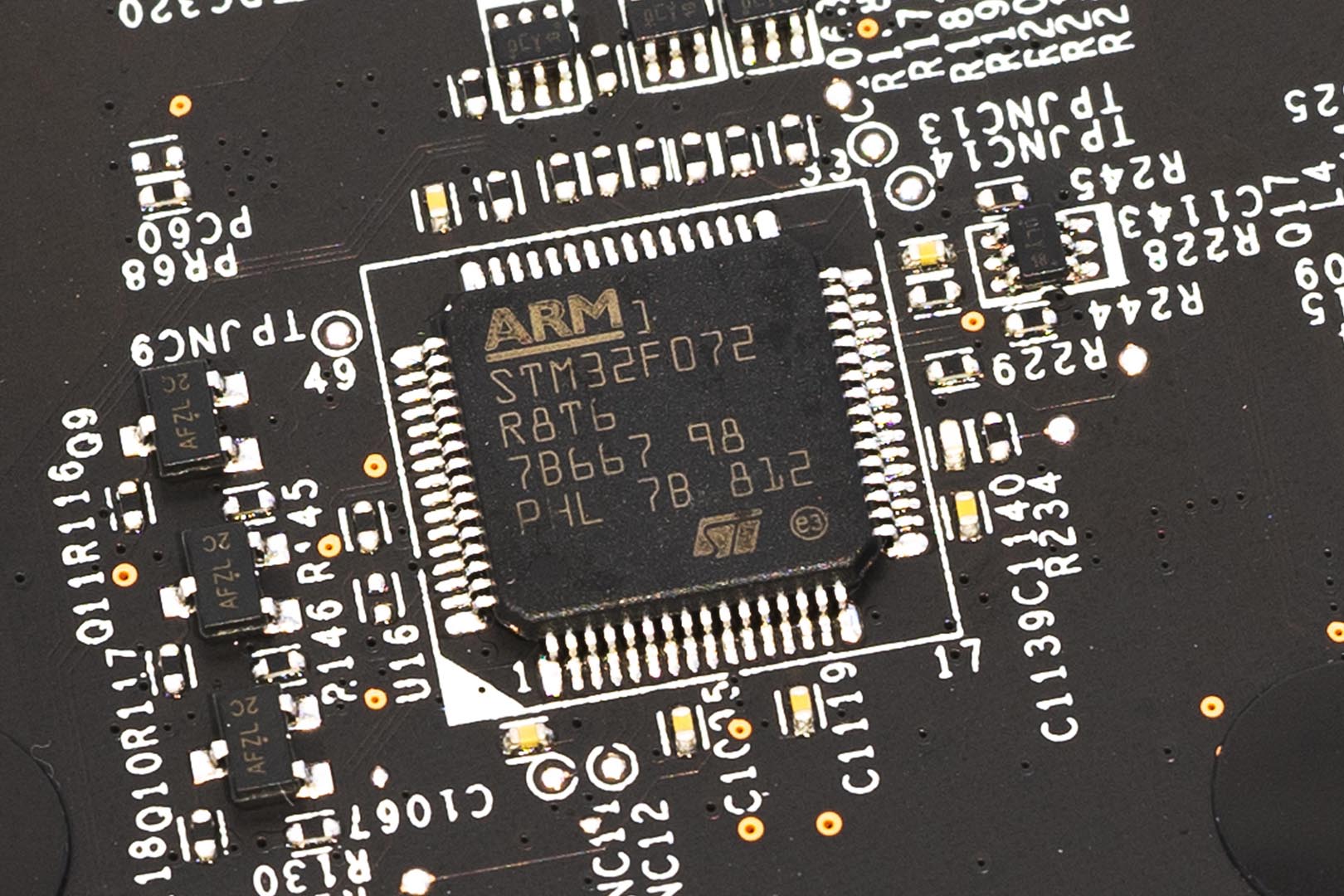
The Intel Thunderbolt?3 chip T803A900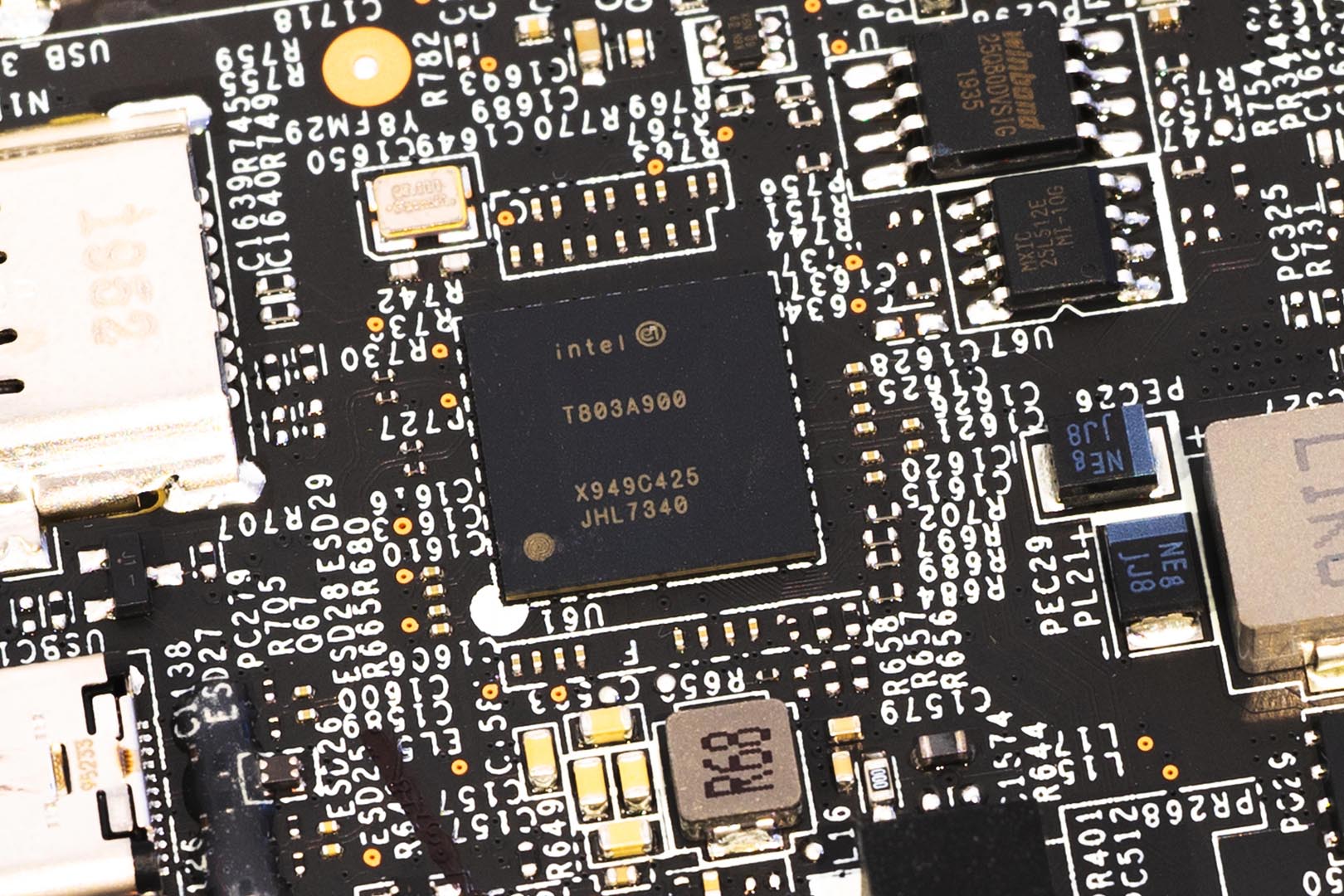
SUMMARY
As a gaming laptop, the MSI GS66 Stealth 10SE laptop has very powerful performance. The Intel Core i7-10750H processor is easy to deal with whether it is for gaming or creative needs. The Nvidia RTX 2060 graphics card has a good balance between performance and thermal control. It meets the performance requirements of various AAA game, but also has the support of Ray-Tracing technology. The 240Hz refresh rate IPS screen has good colour performance, and 3ms response time is also a great addition for e-sports players.
For laptop computers, it is usually difficult to have both size, performance and endurance together. In fact, MSI GS66 Stealth 10SE has made a good balance. Not only is it equipped with a 99.9Wh battery, but at 20mm, it’s not thick either. Under the battery life test, this gaming laptop will stand around 4 hours of in-game playing, while the daily work life is About 6 hours, it is basically consistent with its hardware specifications and battery size.
Of course, the Killer E3100 2.5Gb network card not only has strong performance but also supports Killer’s unique QoS function, which can prioritise gaming network data and reduces lag. The dual 2 watts Dynaudio sound effects also brings users an excellent sound experience
For heat dissipation, it is probably an unavoidable problem for thin and light laptops. The heat generated by the 10th gen i7 and i9 is terrifying, and this is not something that ordinary heat dissipation modules can solve. Just after our first bench feedback, MSI quickly responded and replaced the new version of their thermal module. This new version thermal module is currently built-into the on sales GS66 and WS66 workstations laptops. The heat dissipation performance is very good. For the latest stress test, please refer to our previous review article on WS66.
At present, the MSI GS66 gaming laptop has a variety of different hardware configurations. The processor range is from Core i7-10750H to Core i9-10980HK, the graphics card ranges from GTX 1660 Ti to RTX 2080 SUPER Max-Q, and the screen refresh rate ranges from 144Hz to 300Hz. We believe that users with different needs will find their favourite model.
EPIC PC REWARDS: EPIC RECOMMENDED
MSI GS66 Stealth 10SE OFFICIAL WEBSITE: HERE


